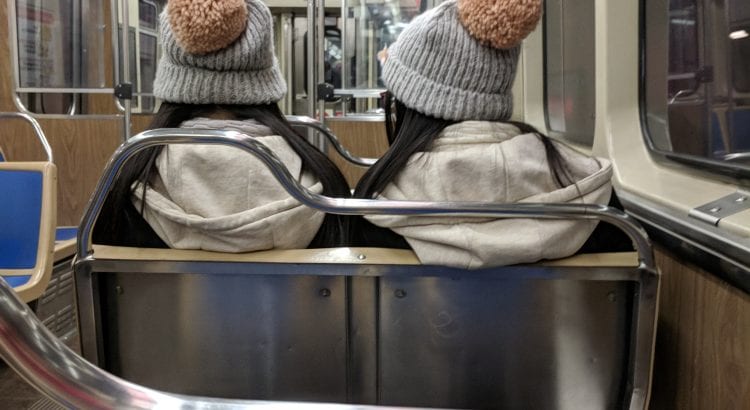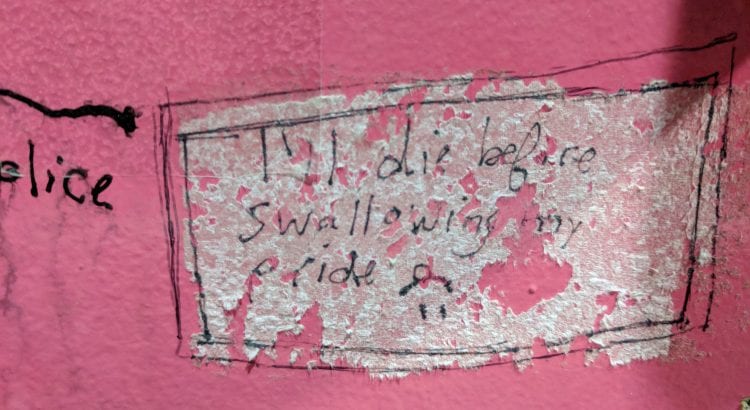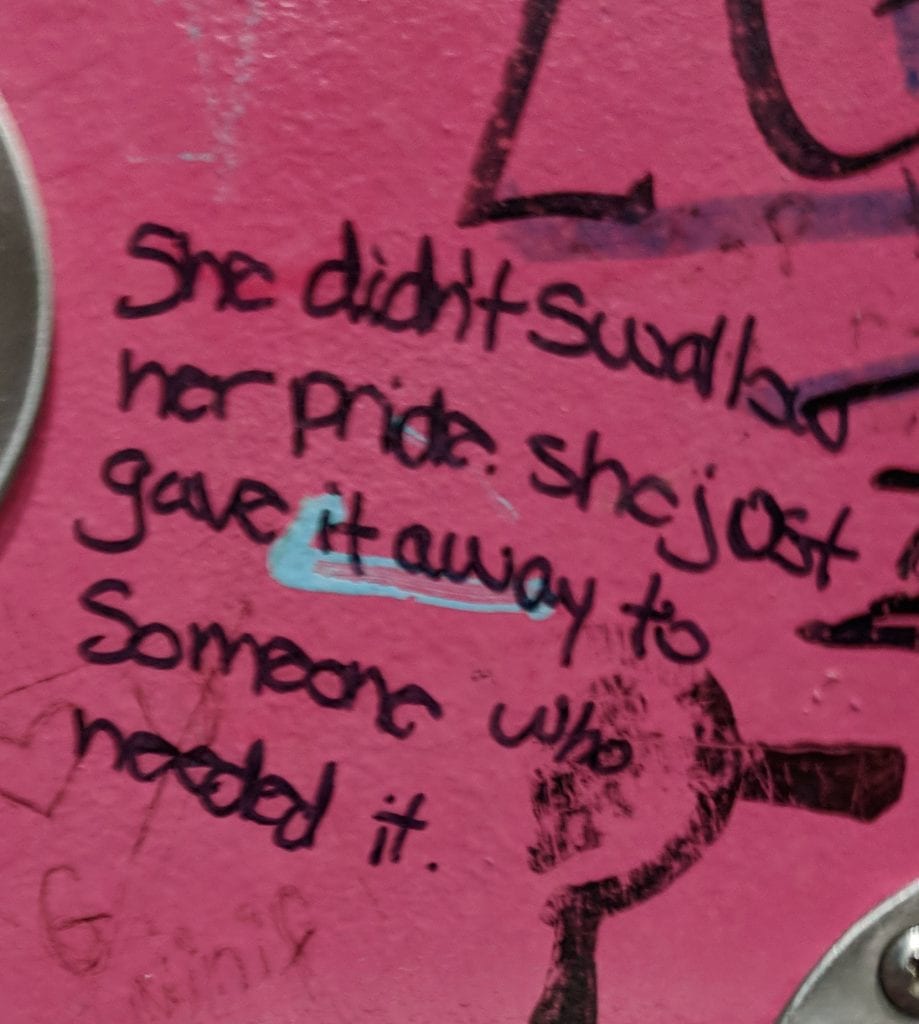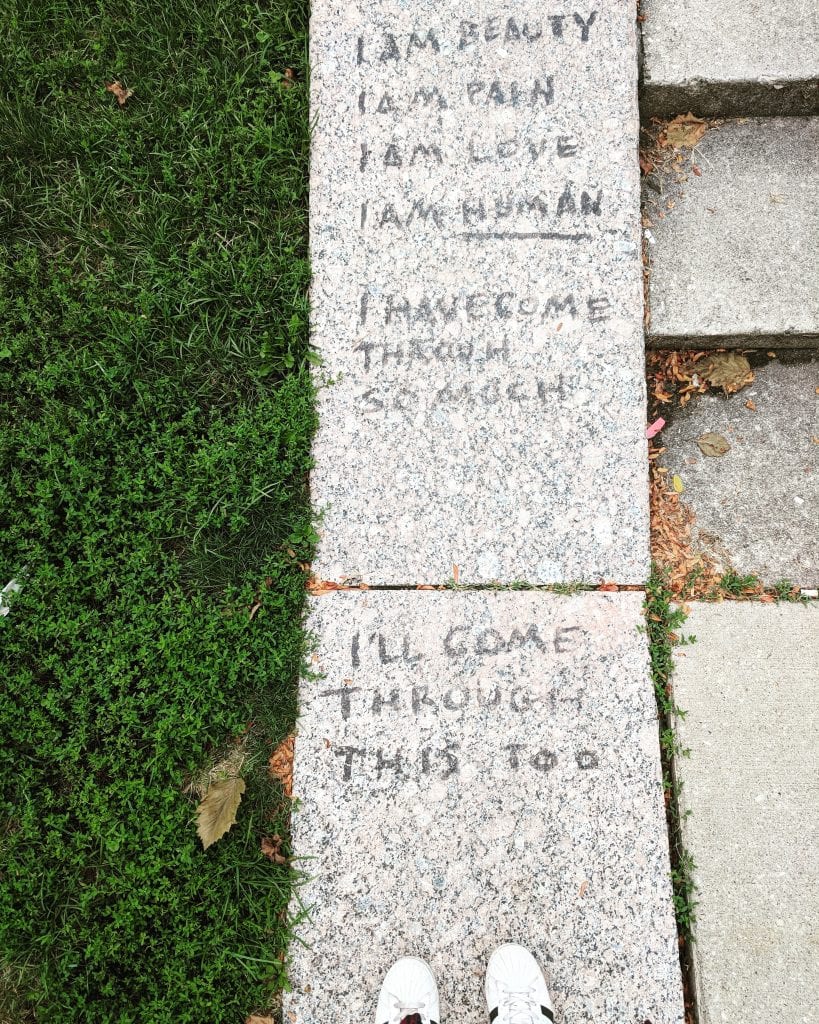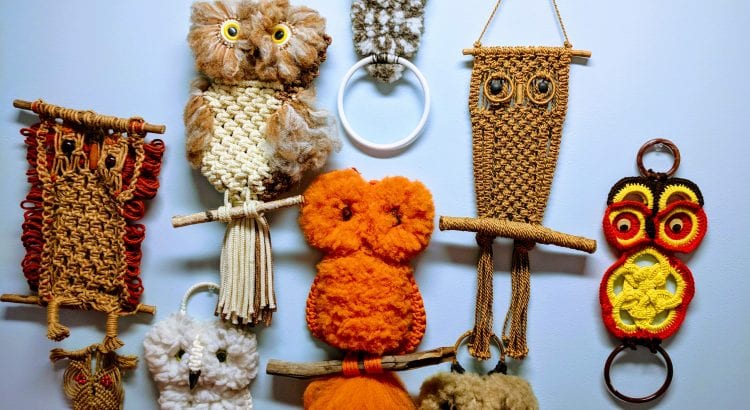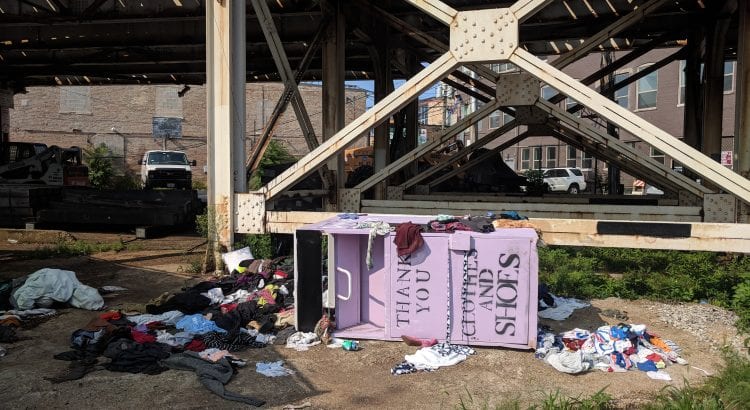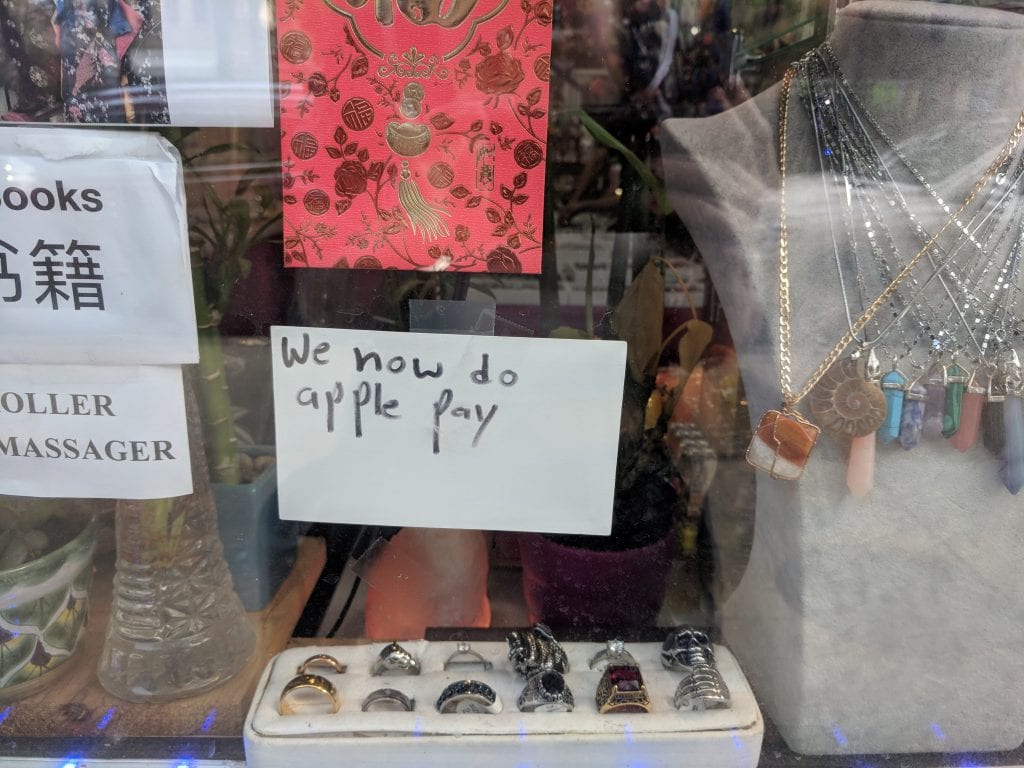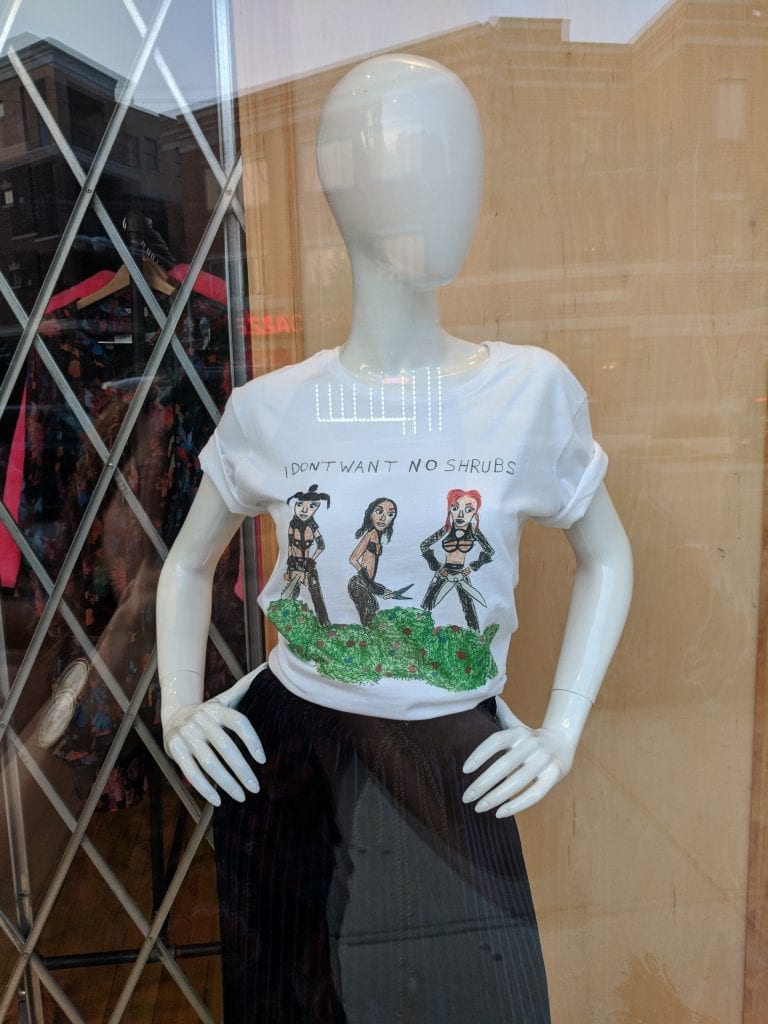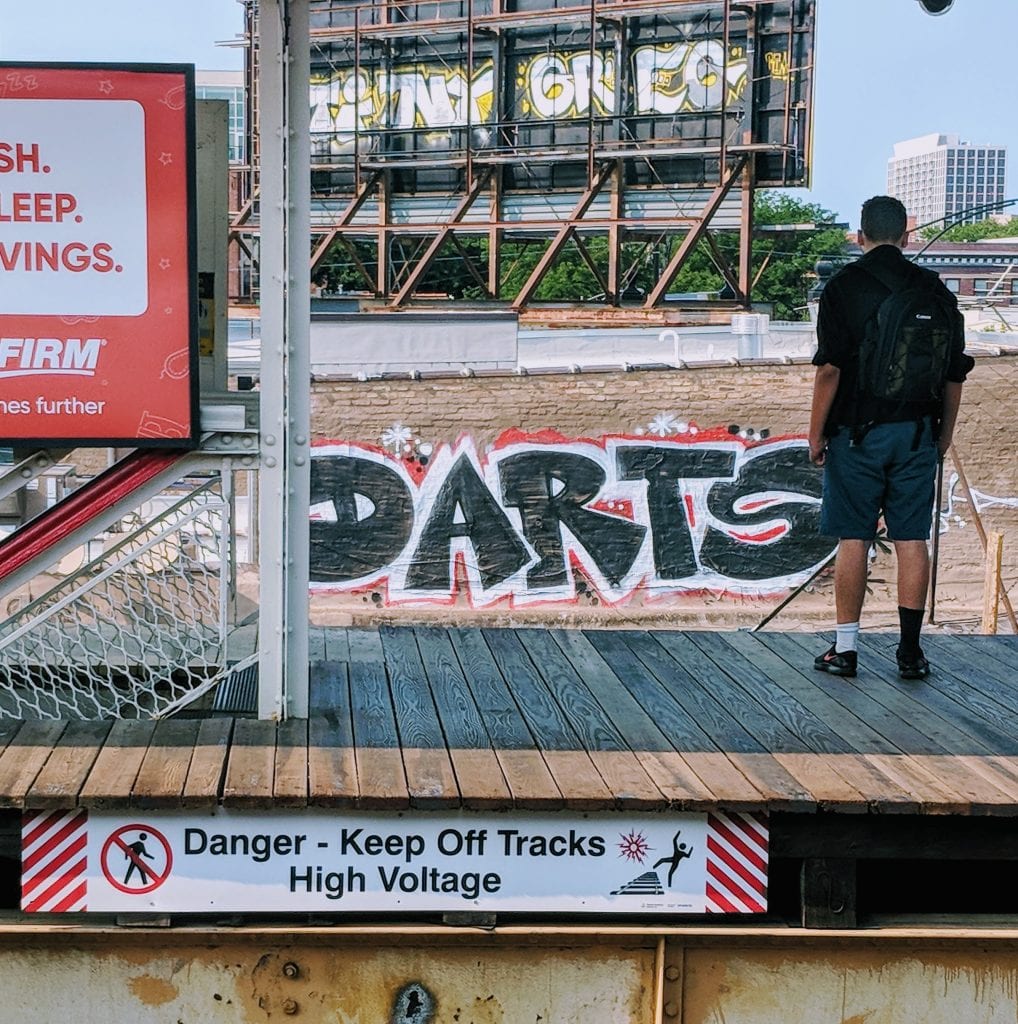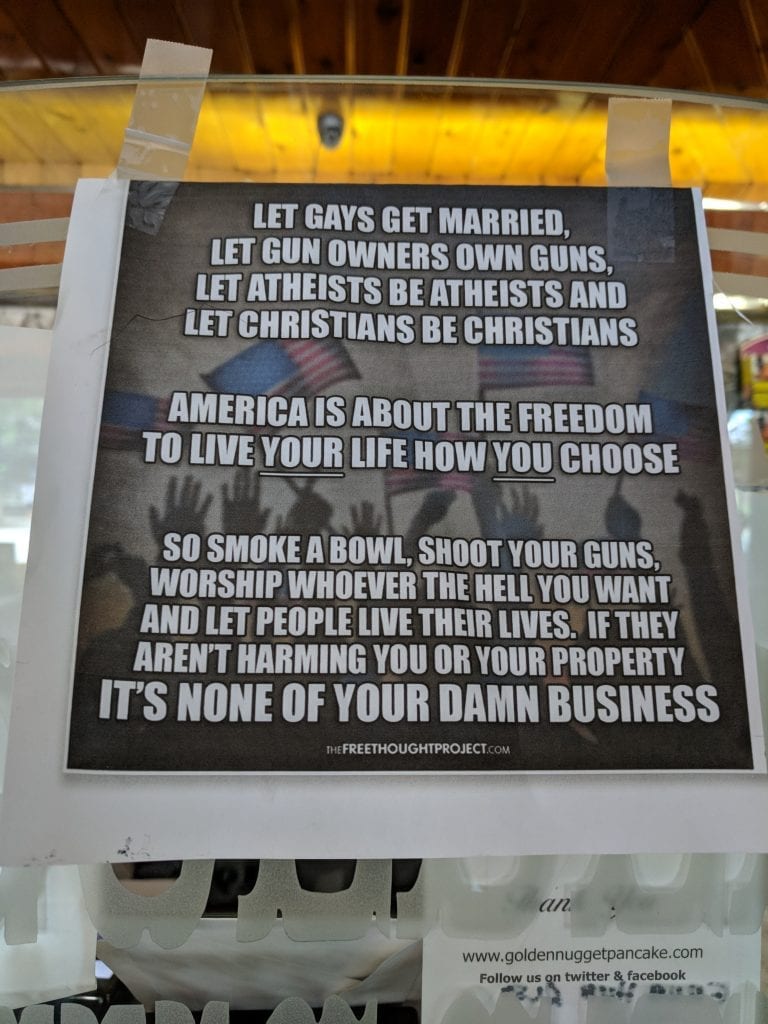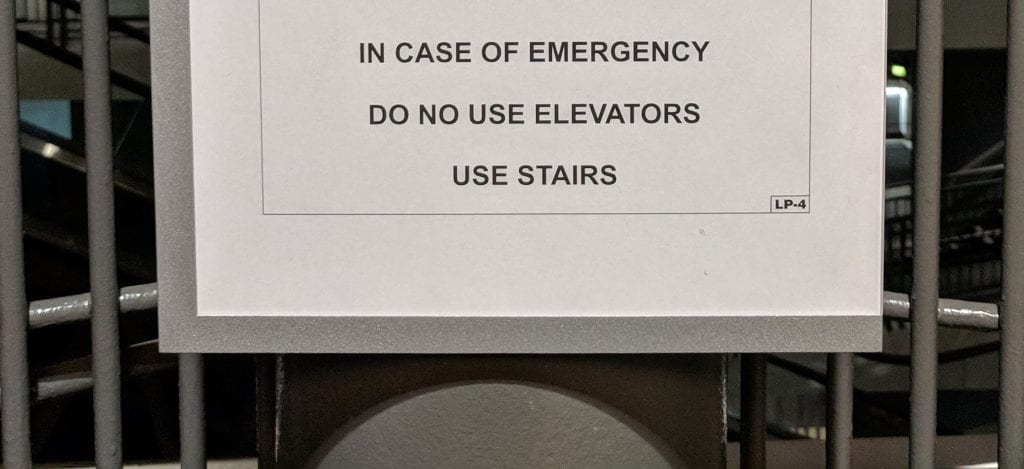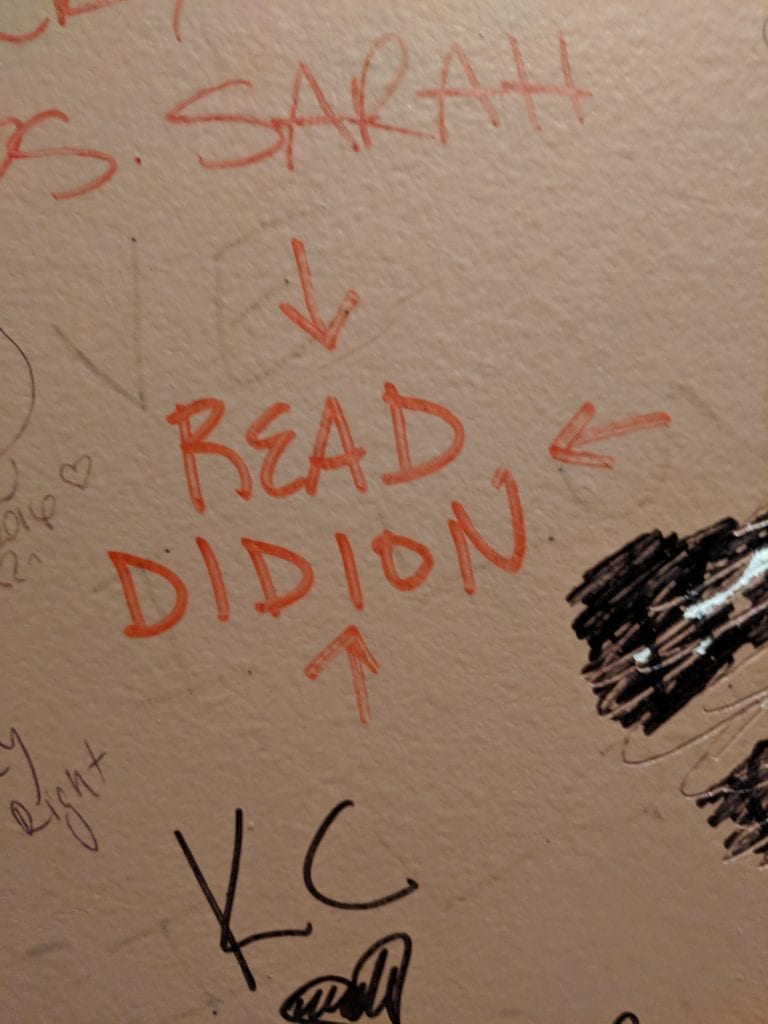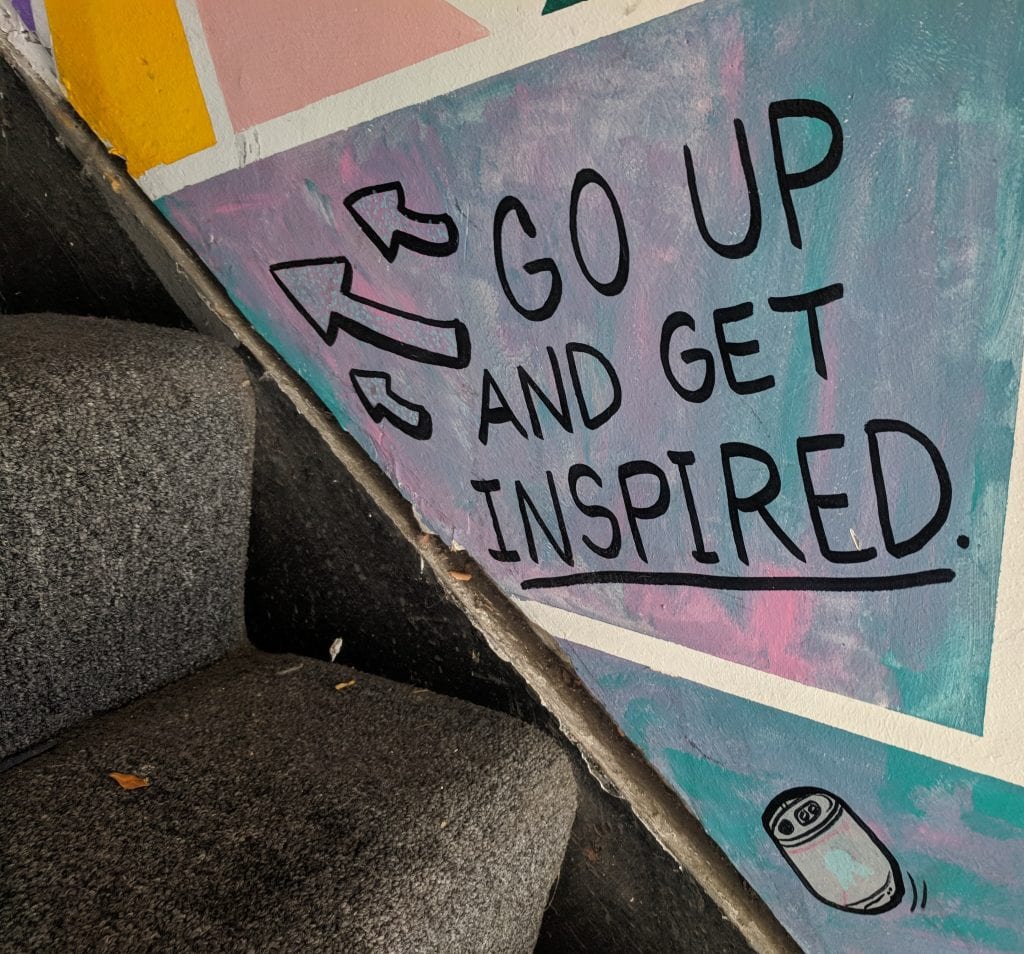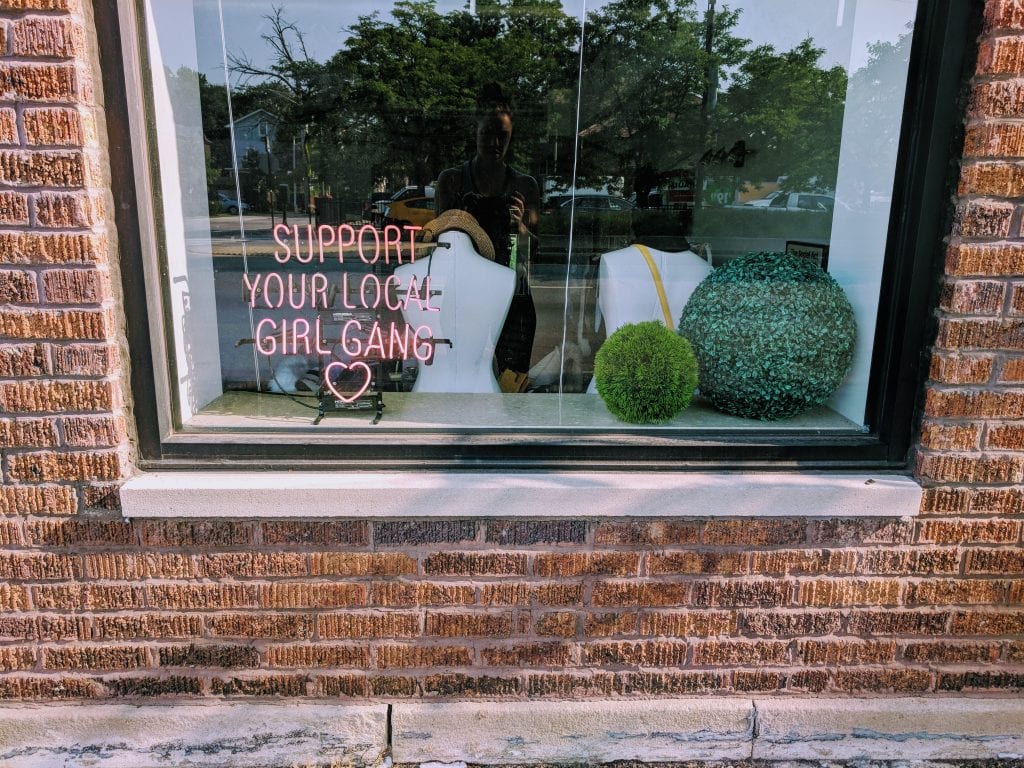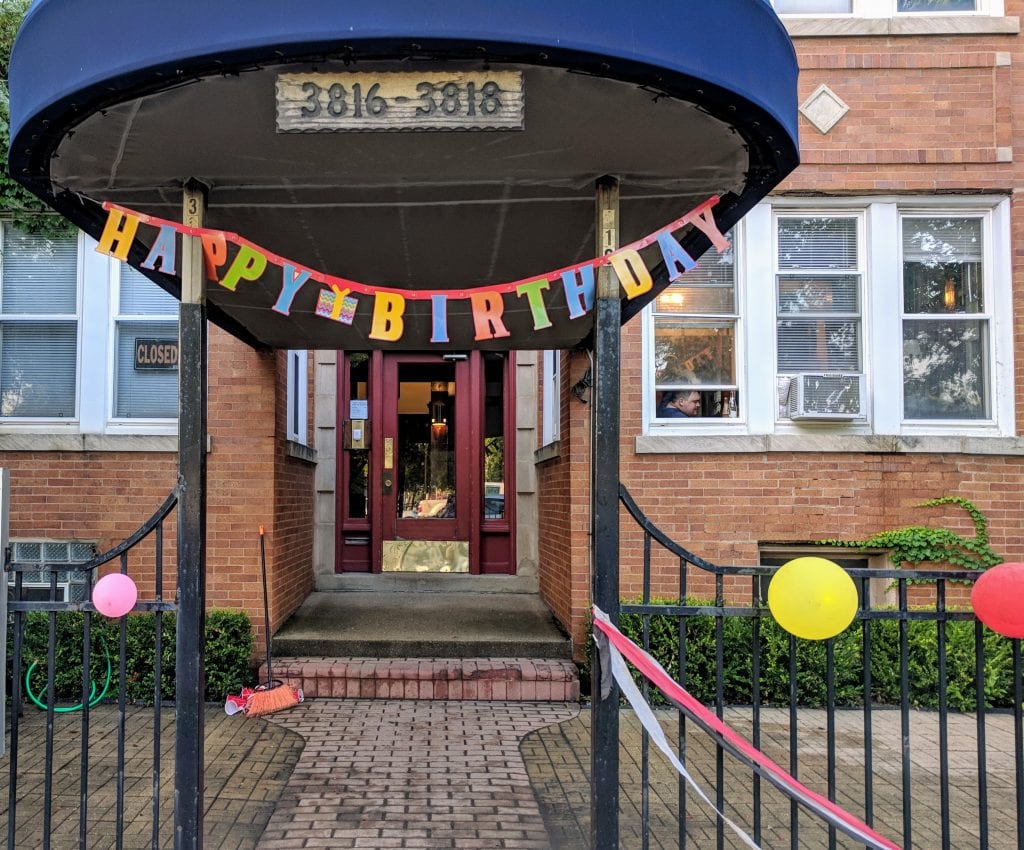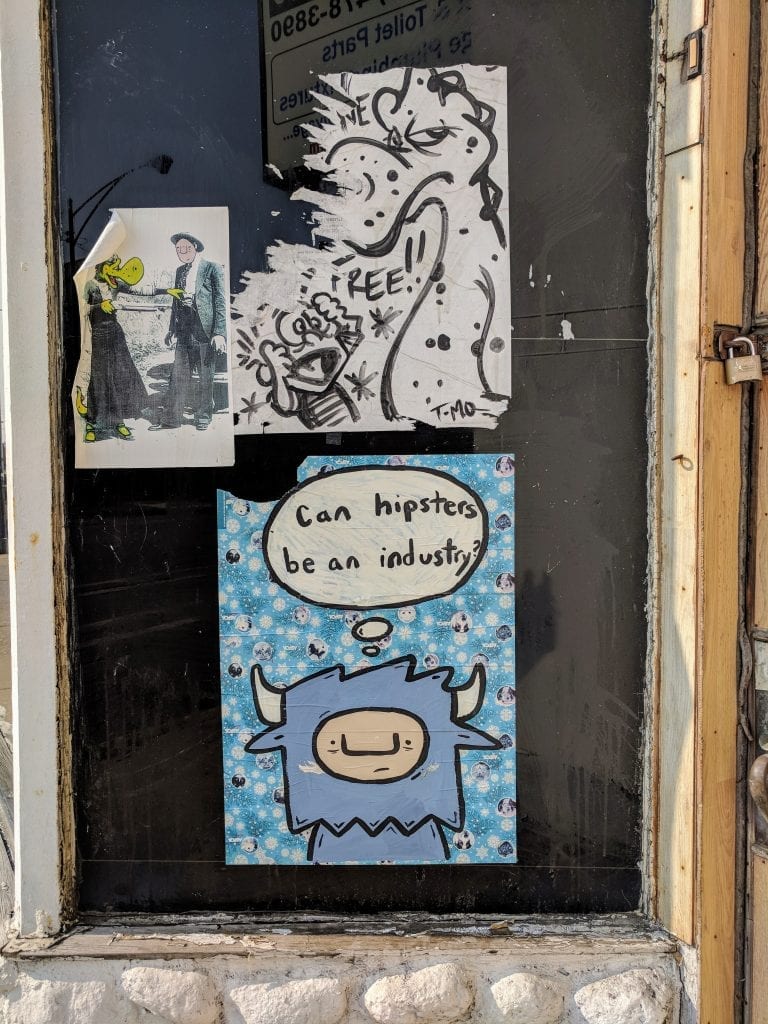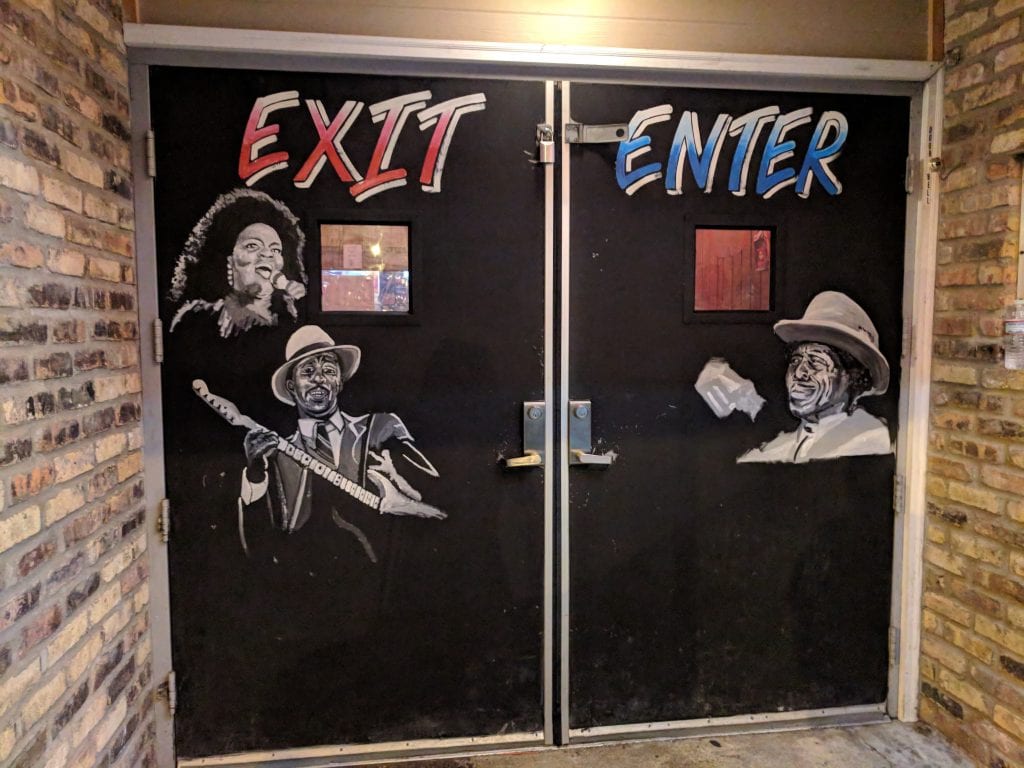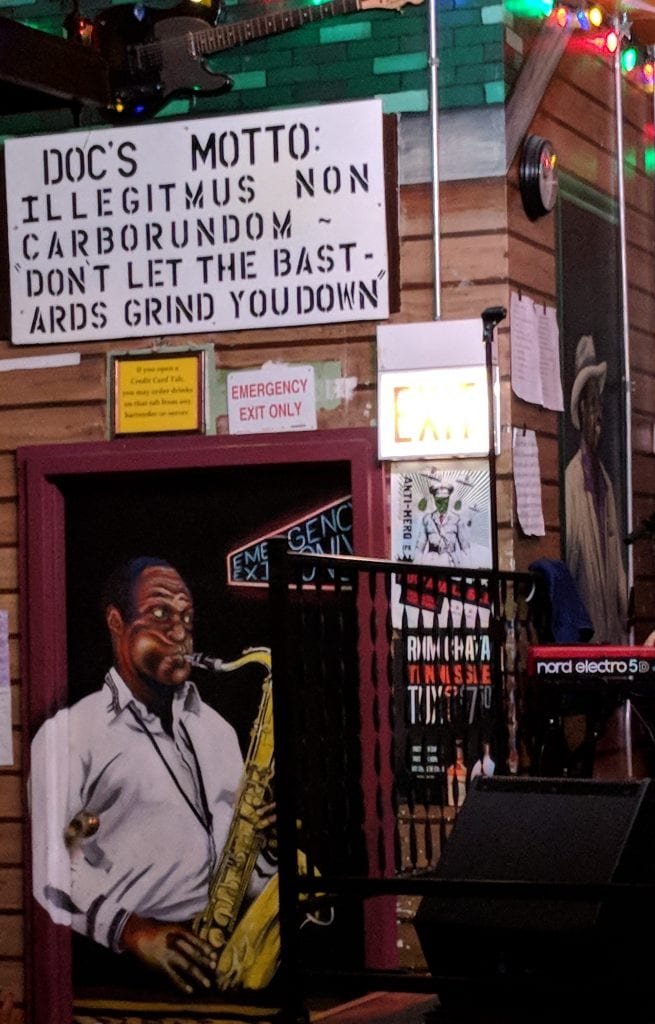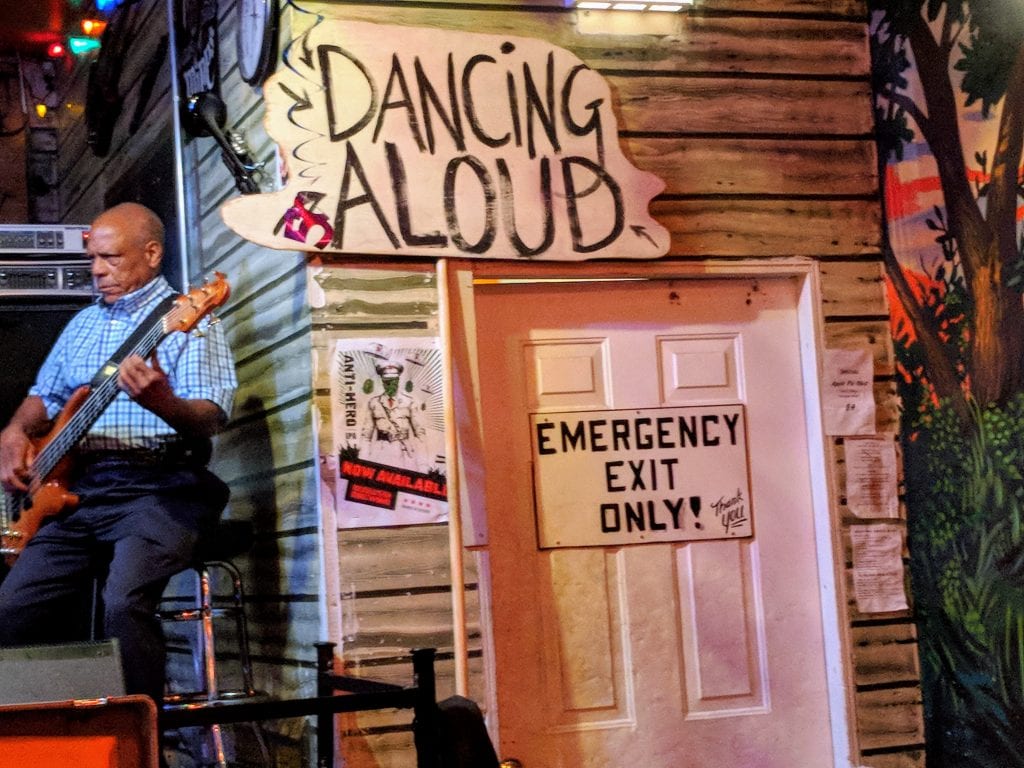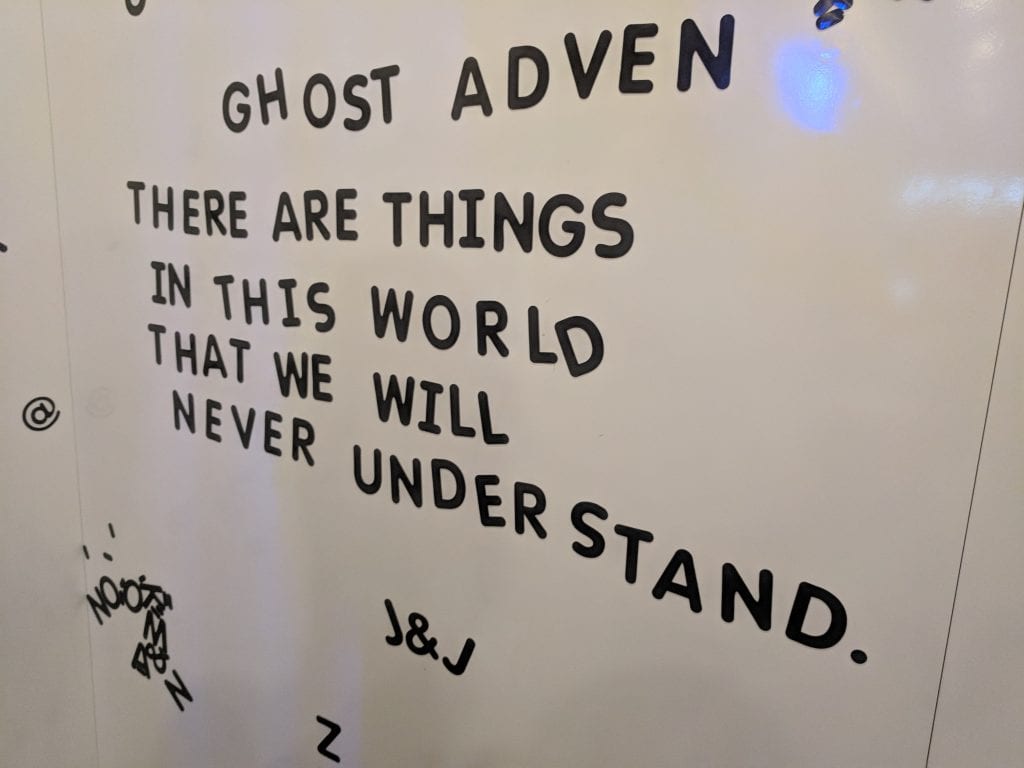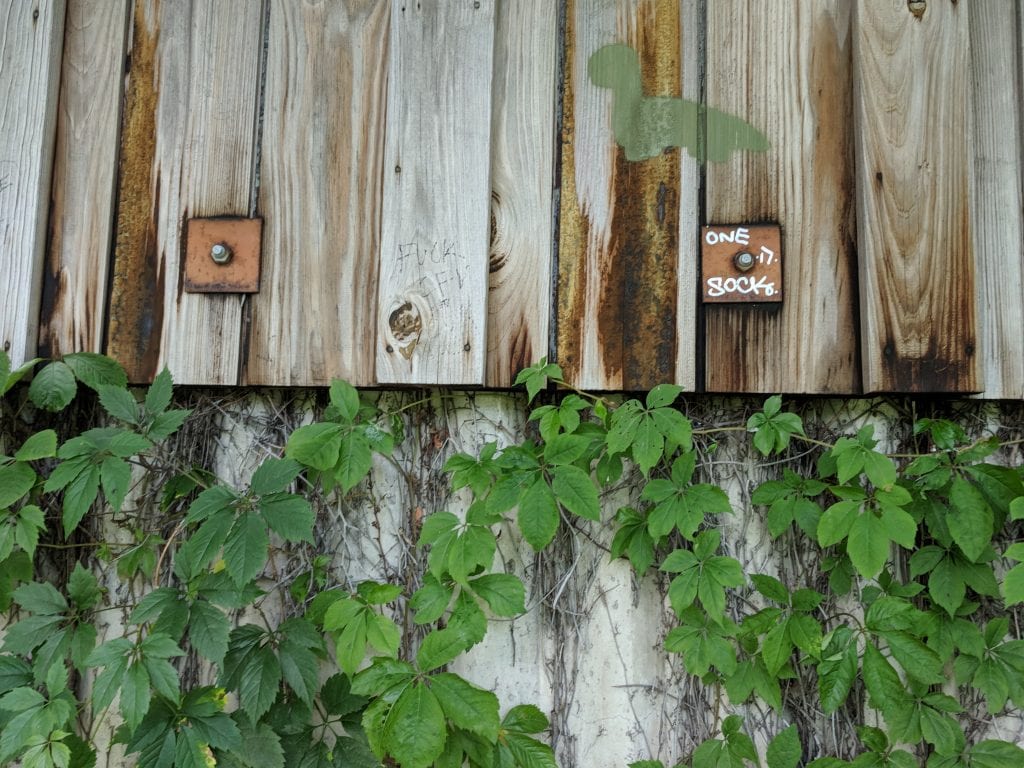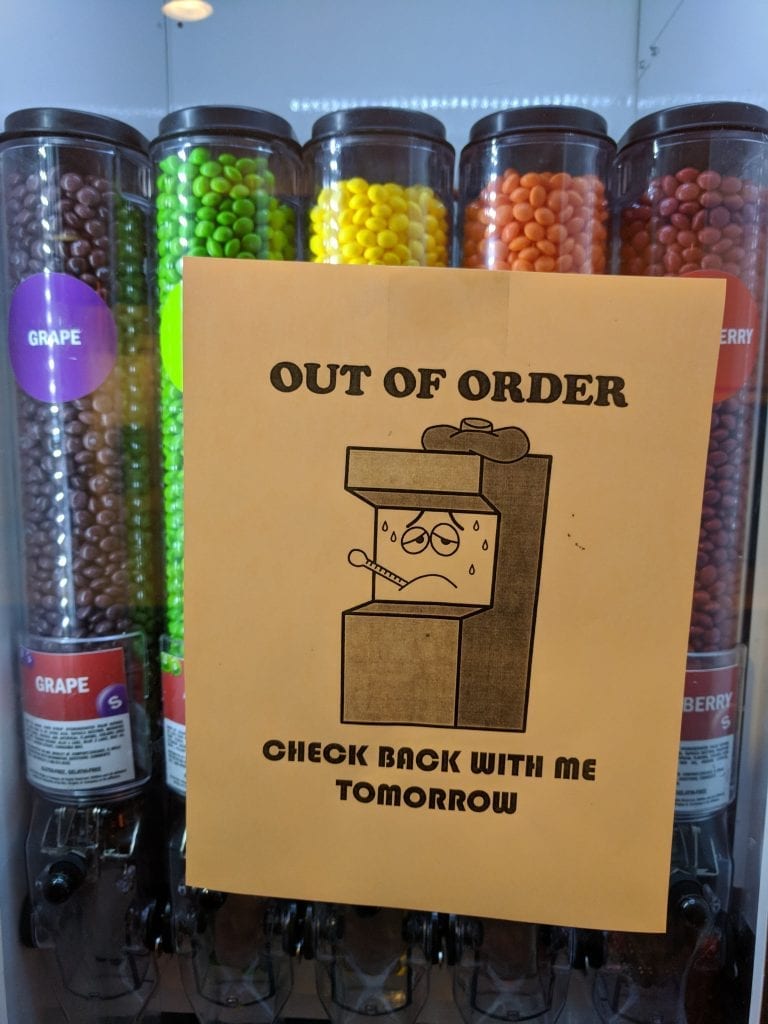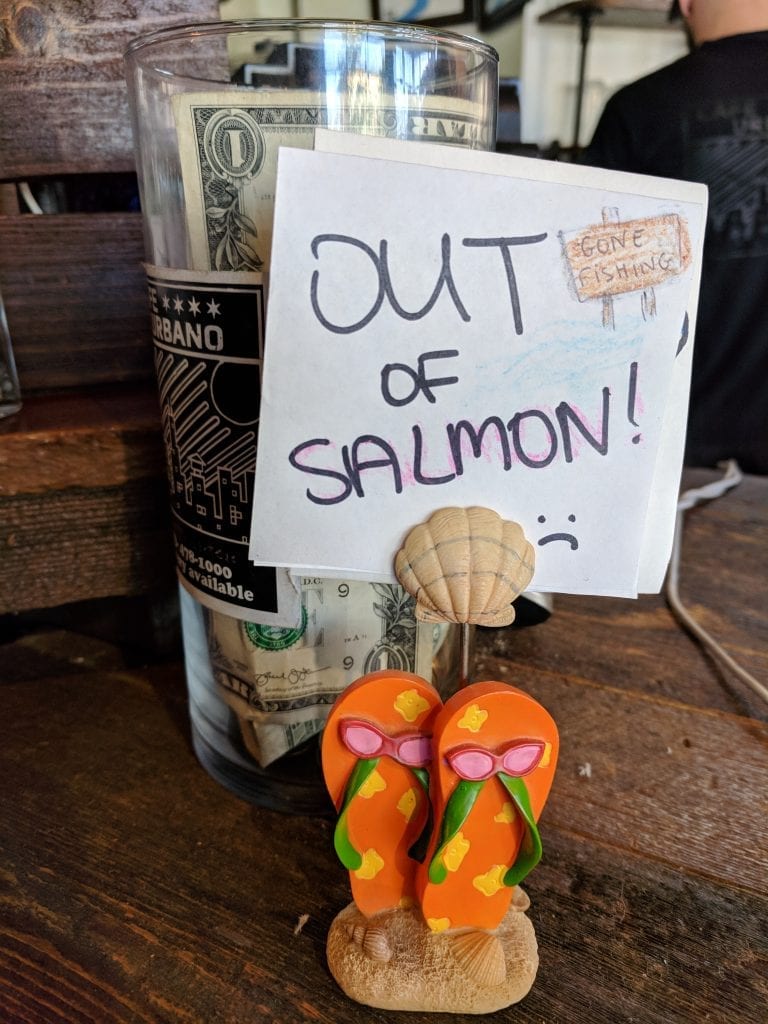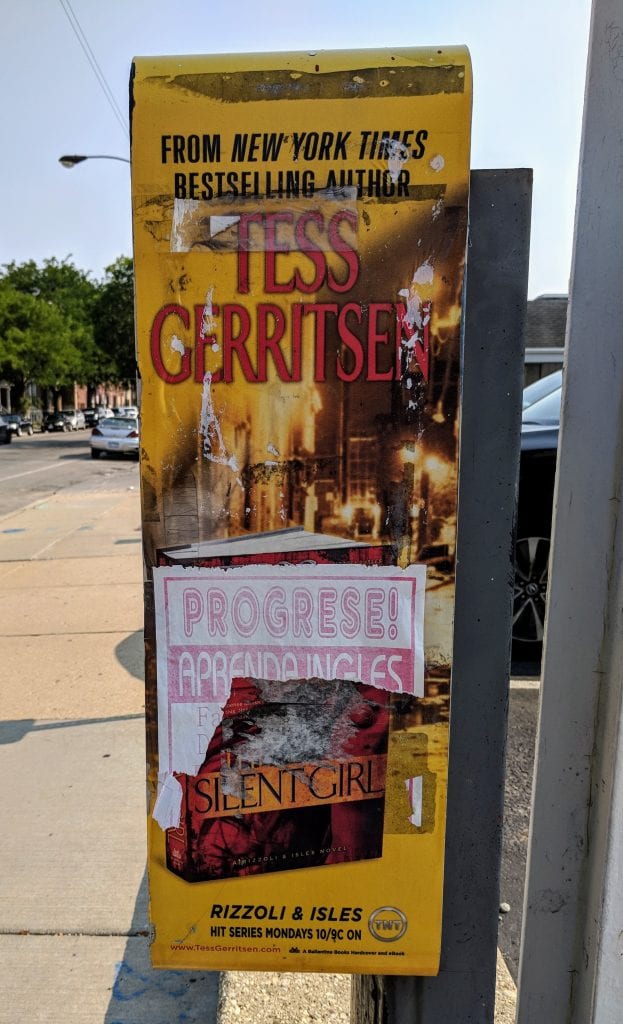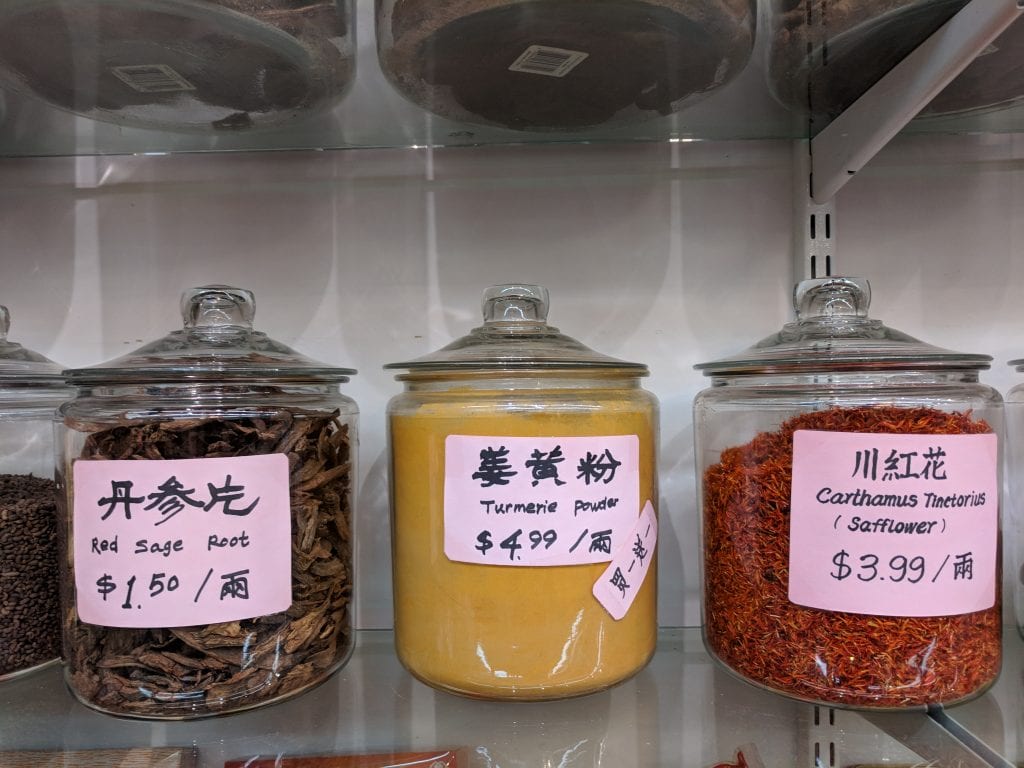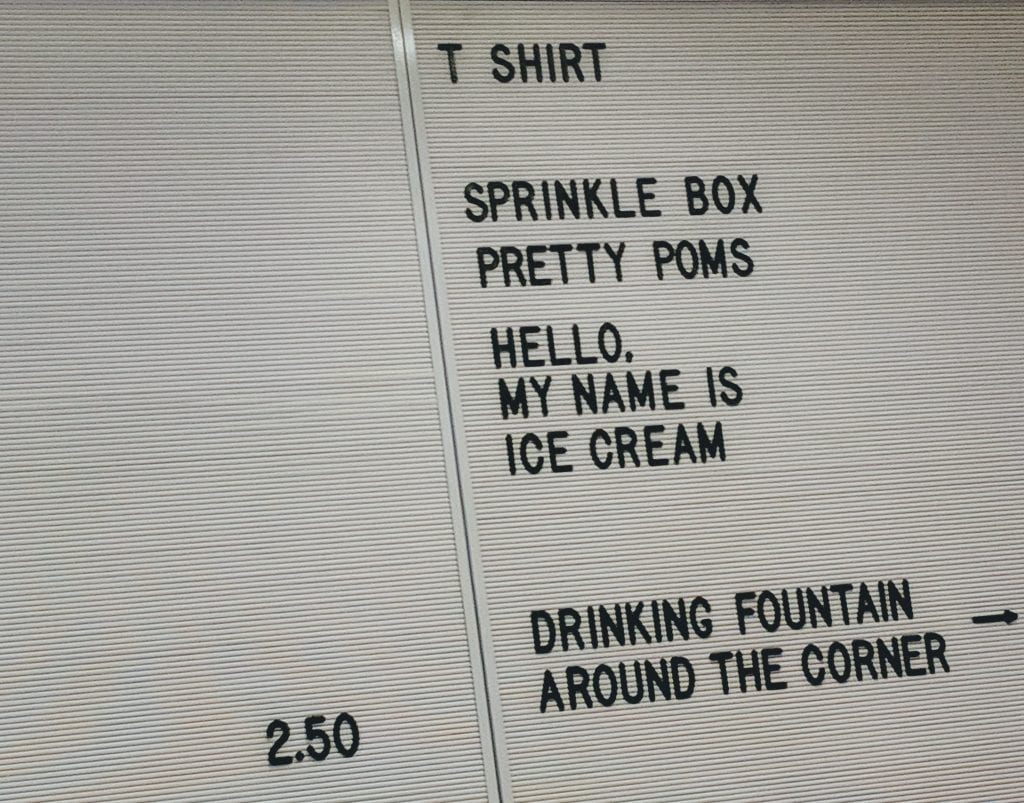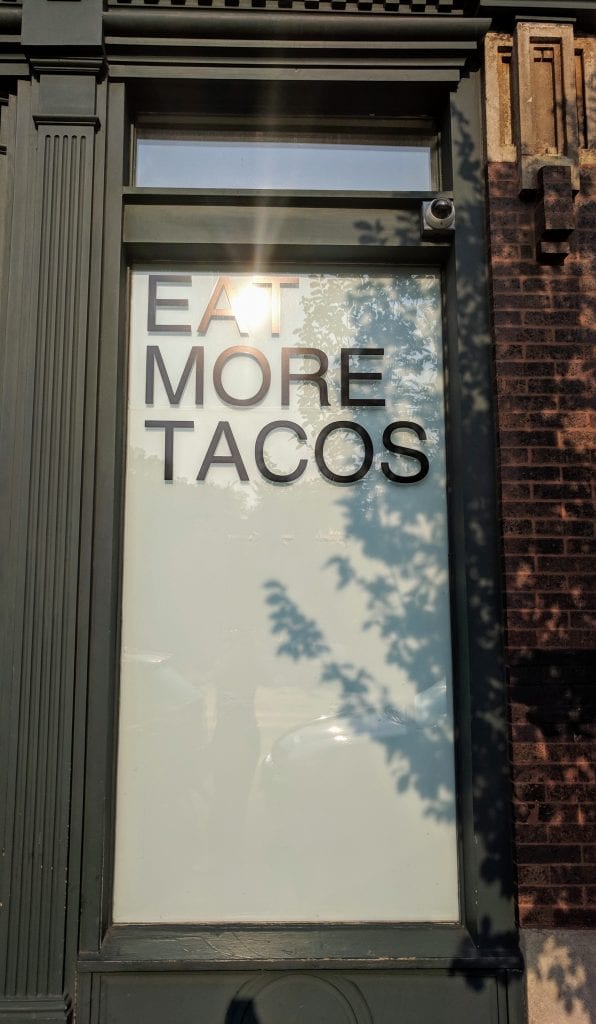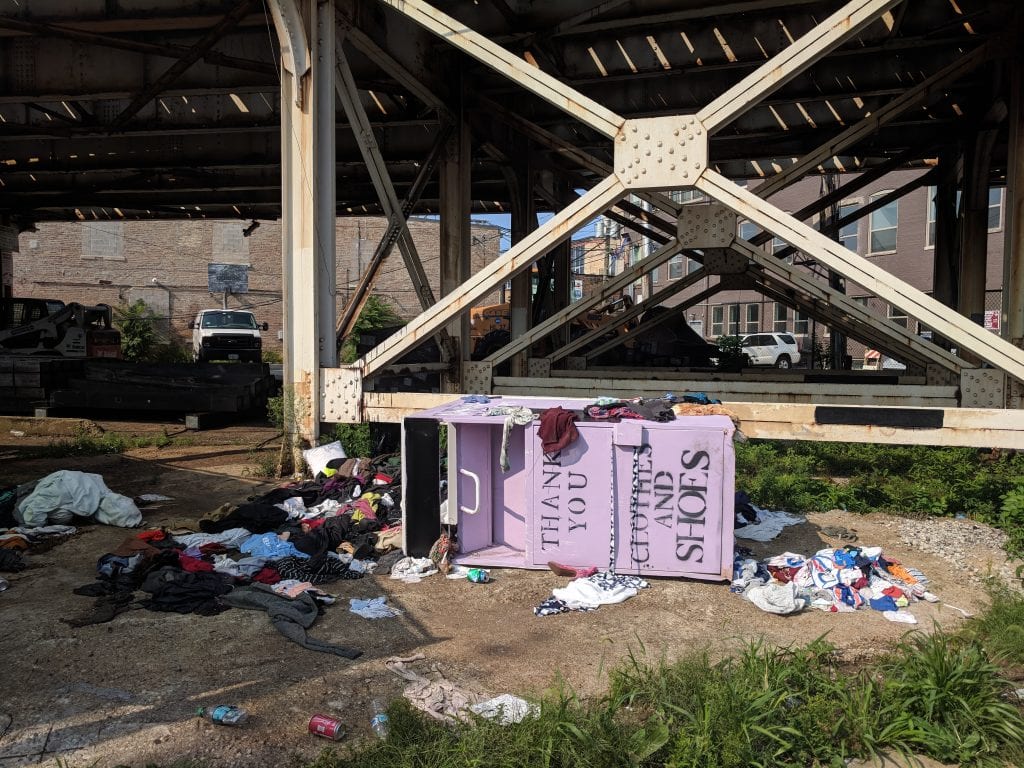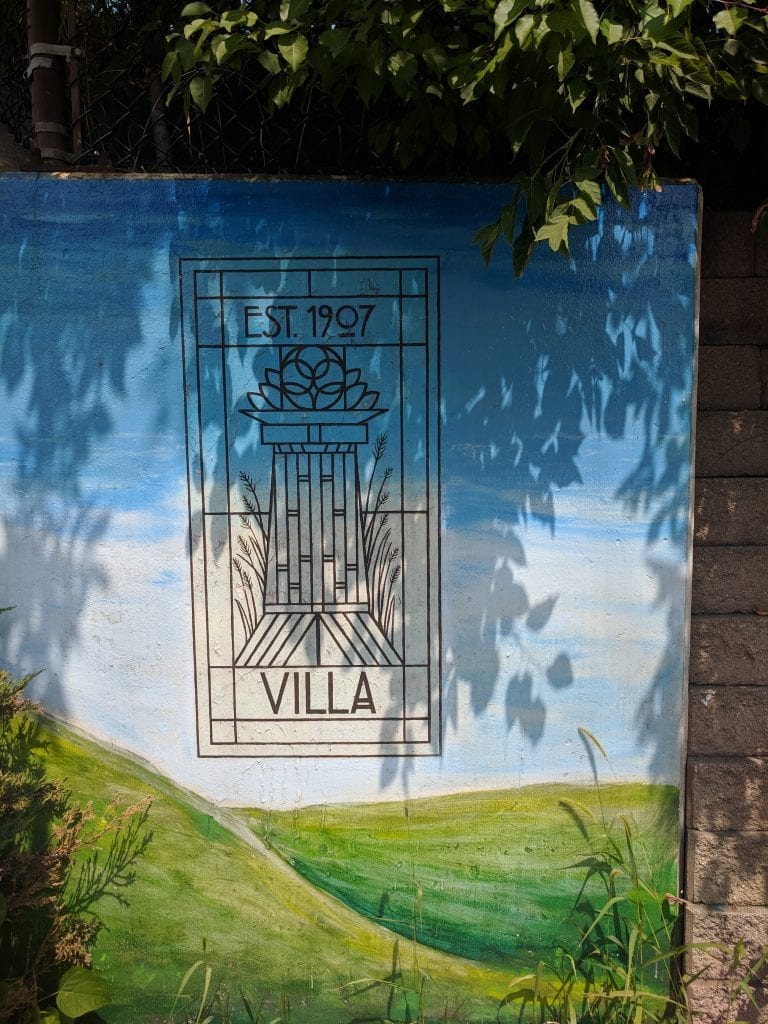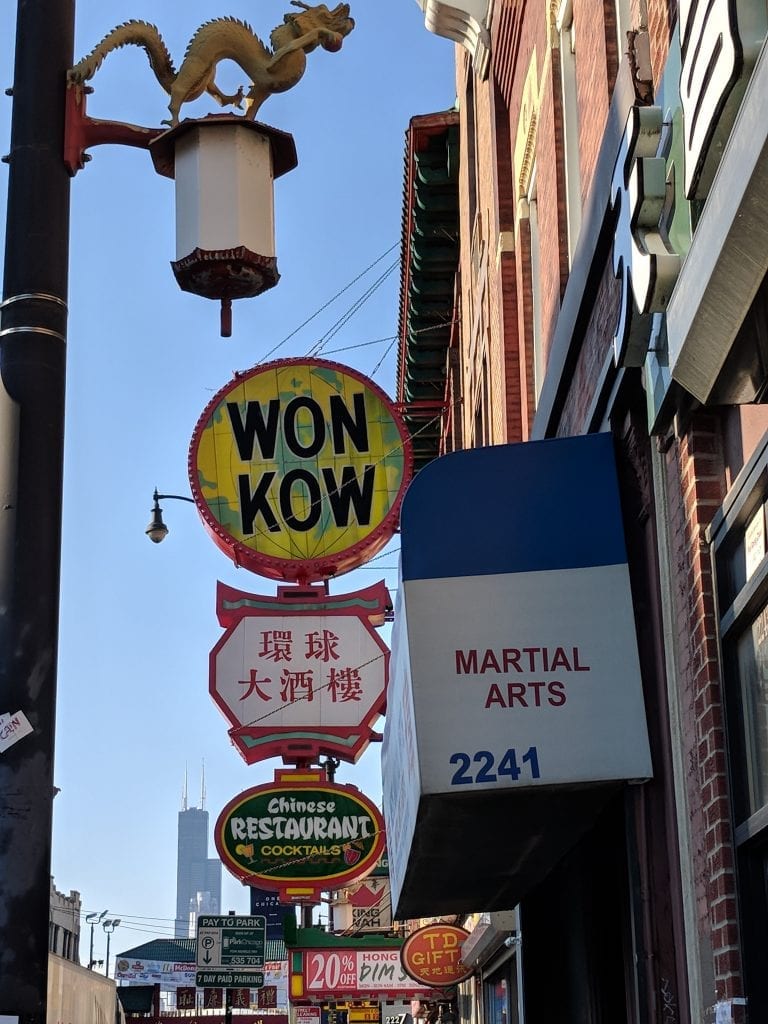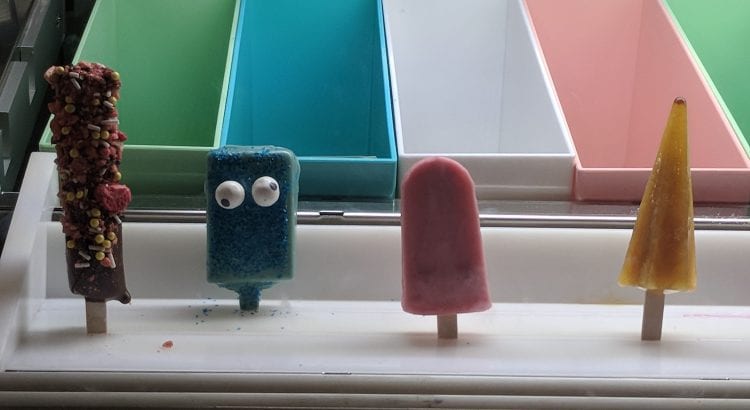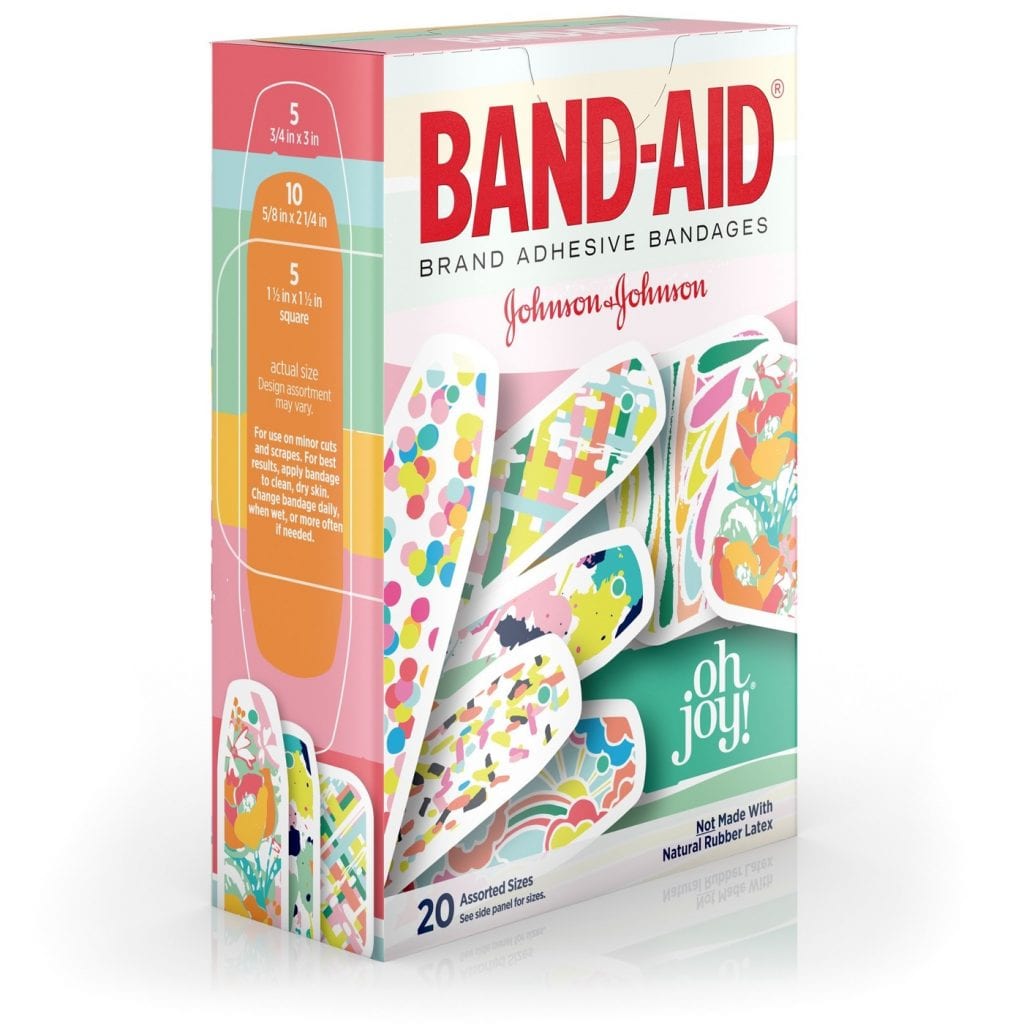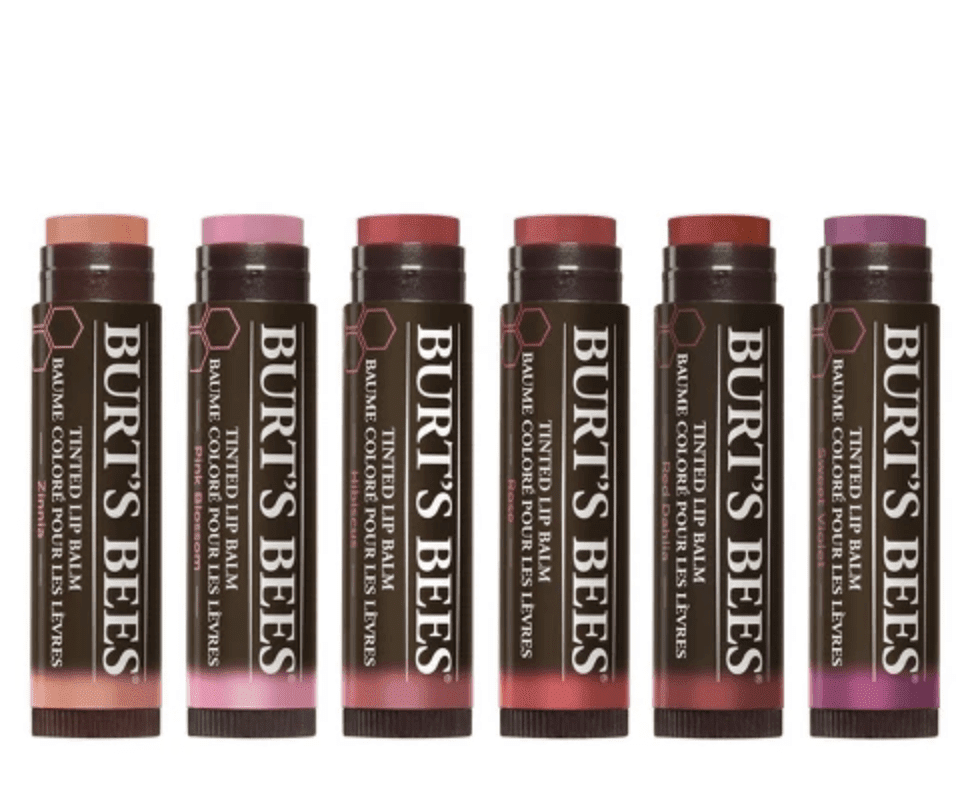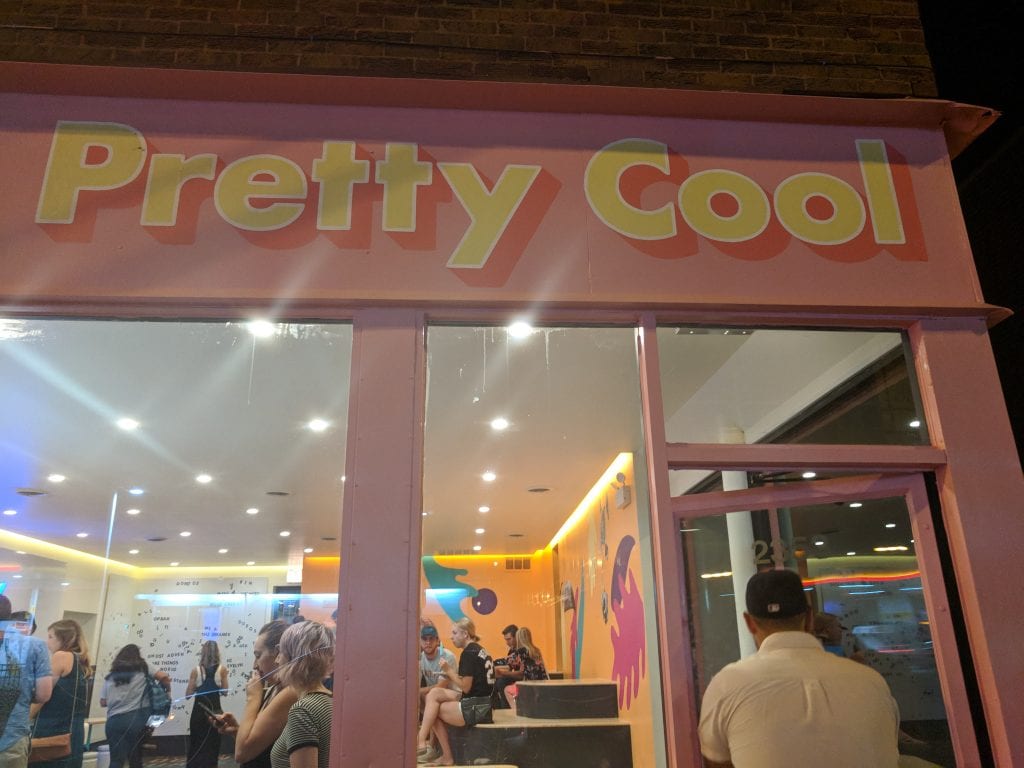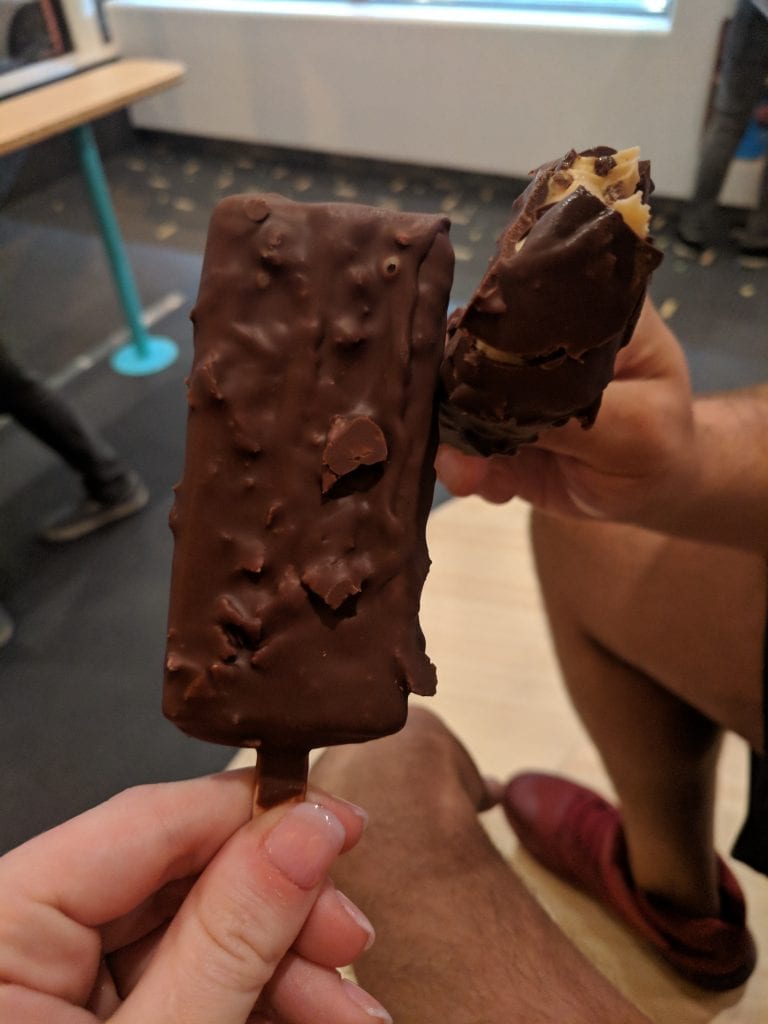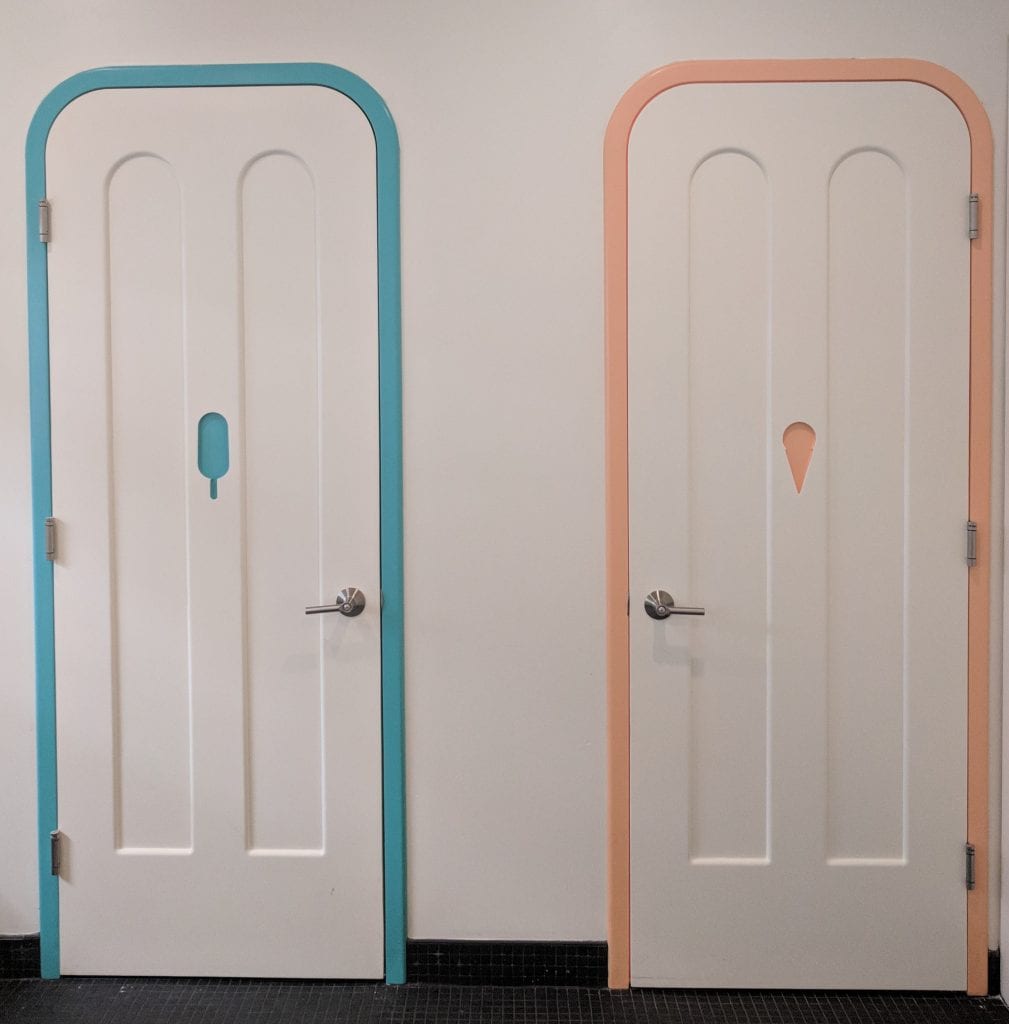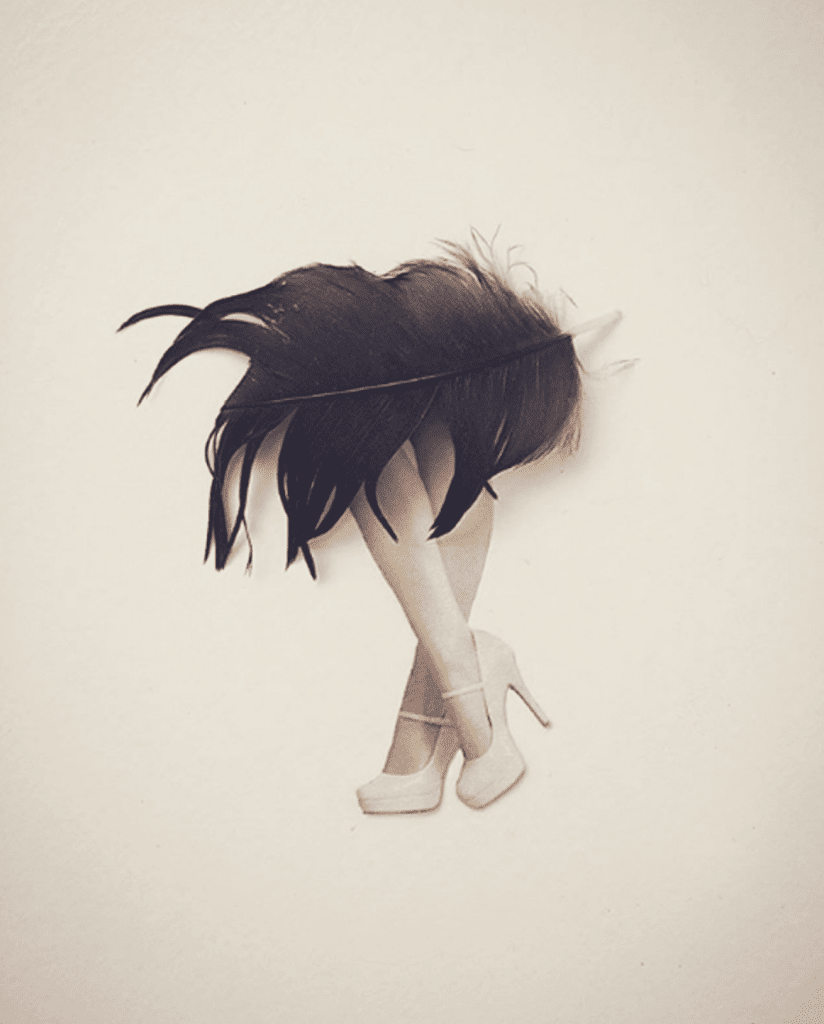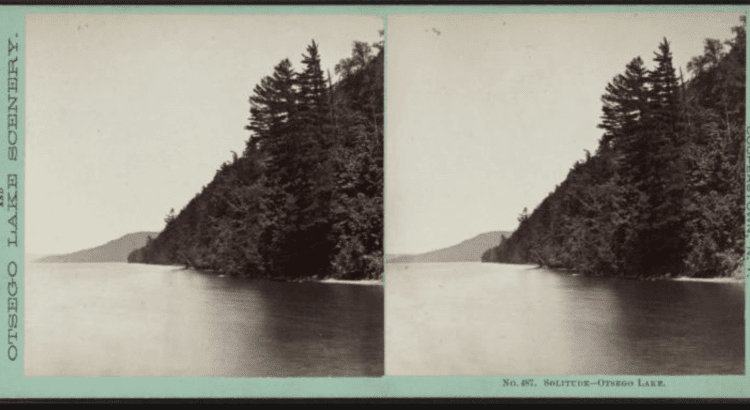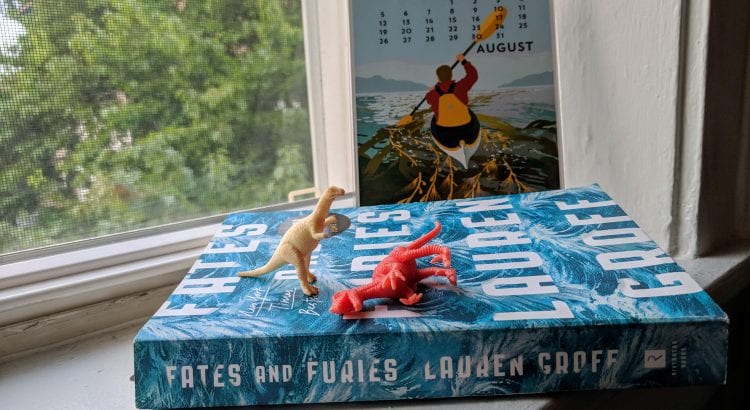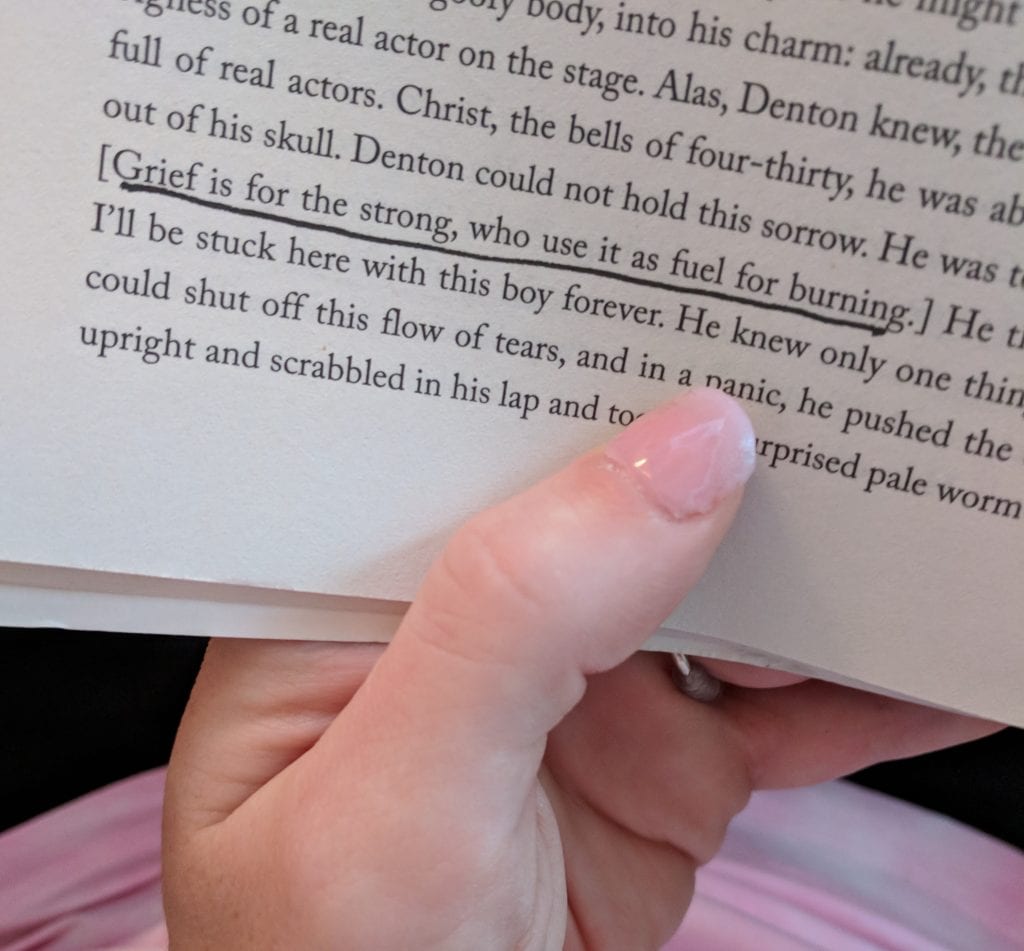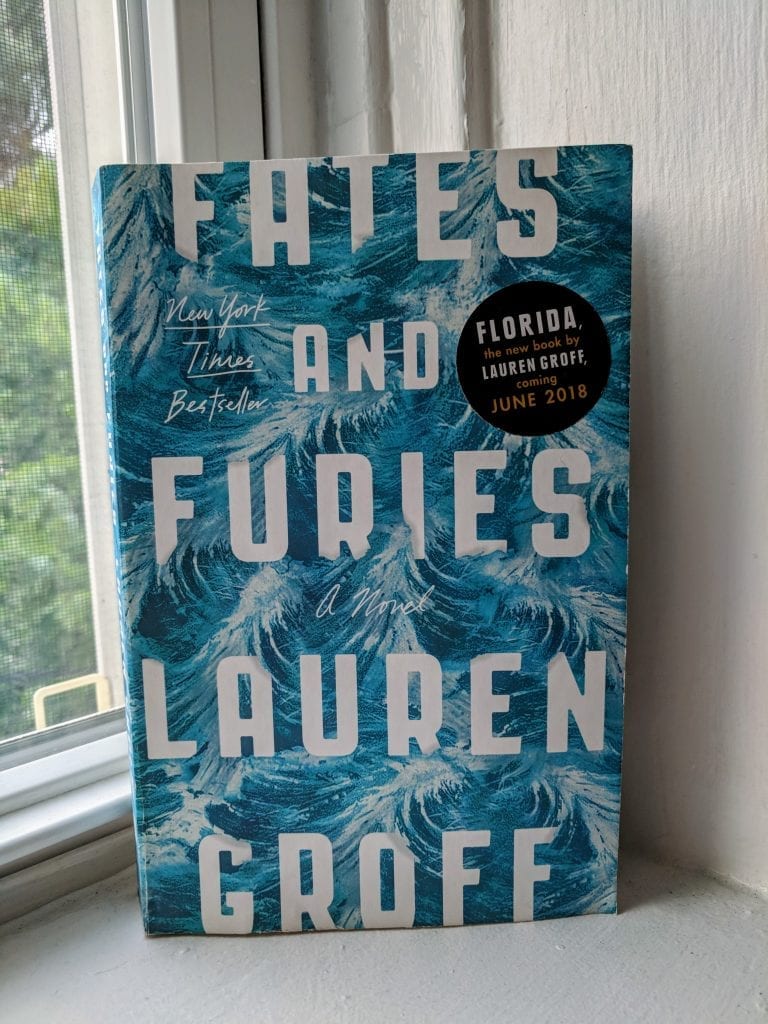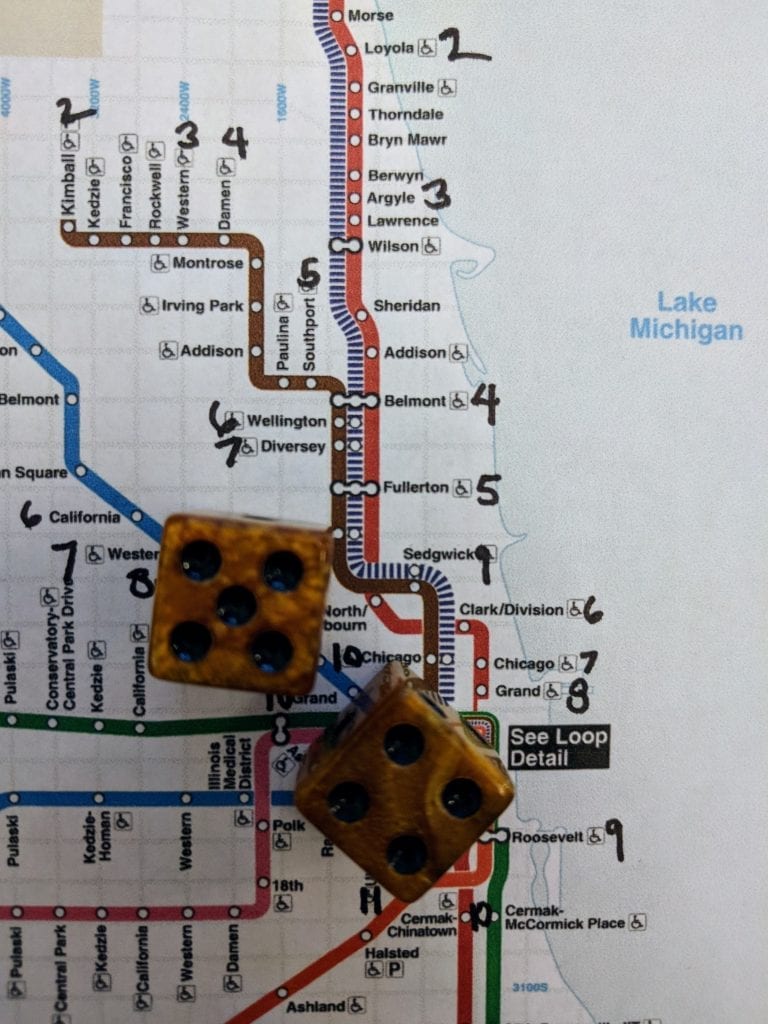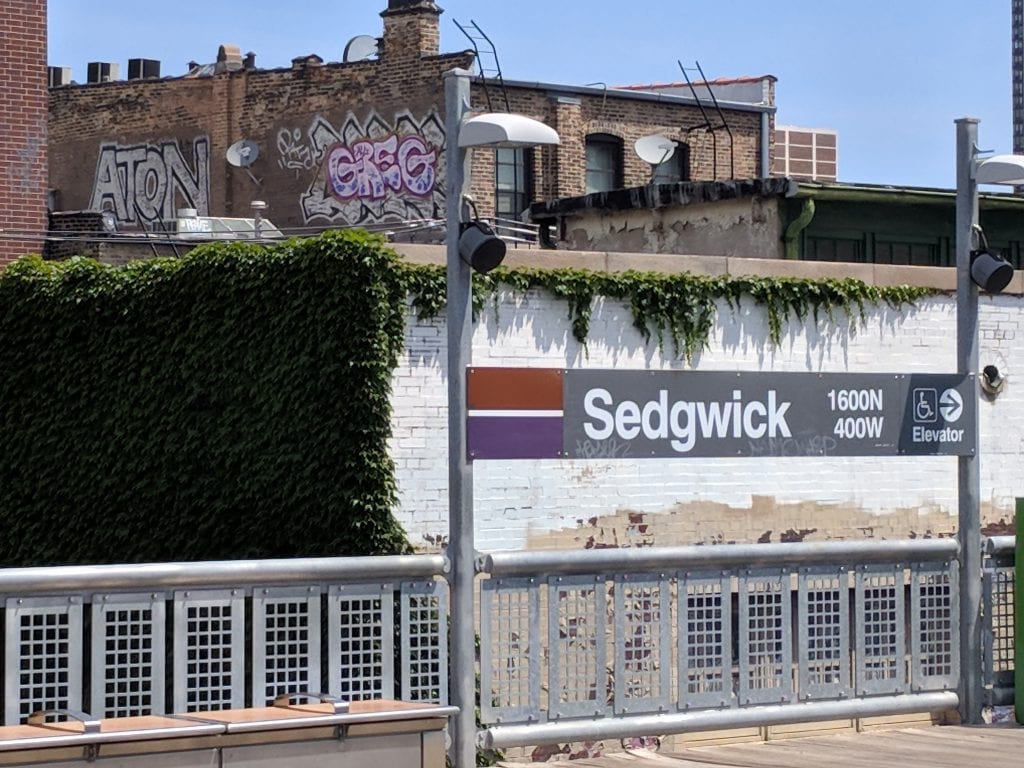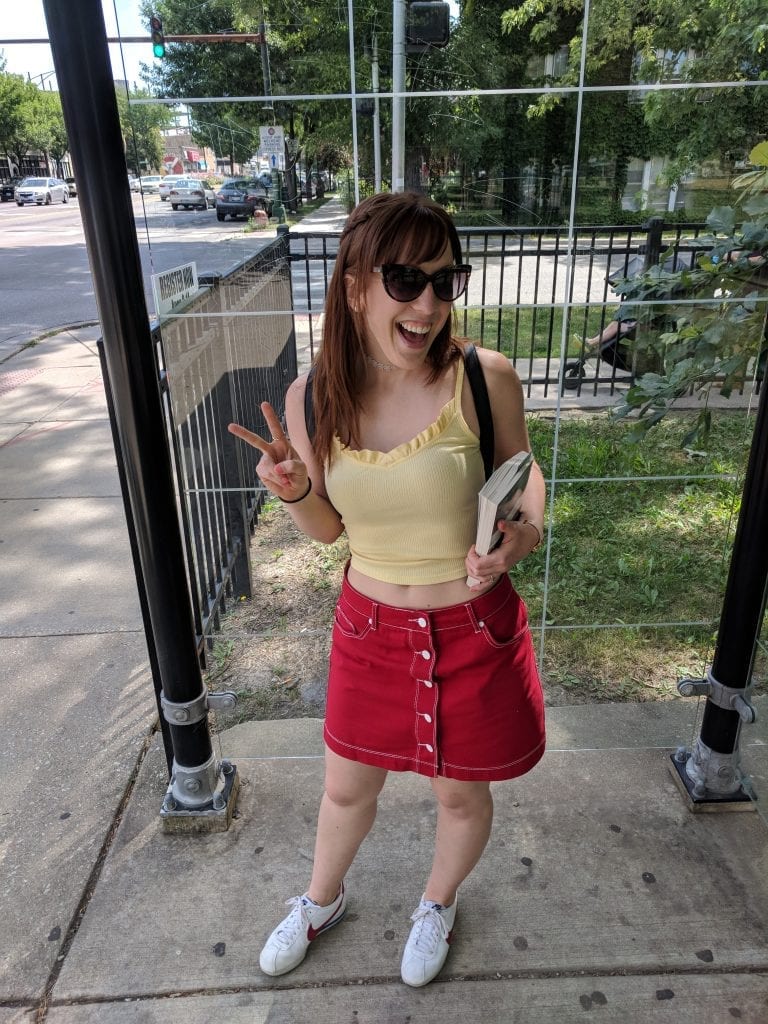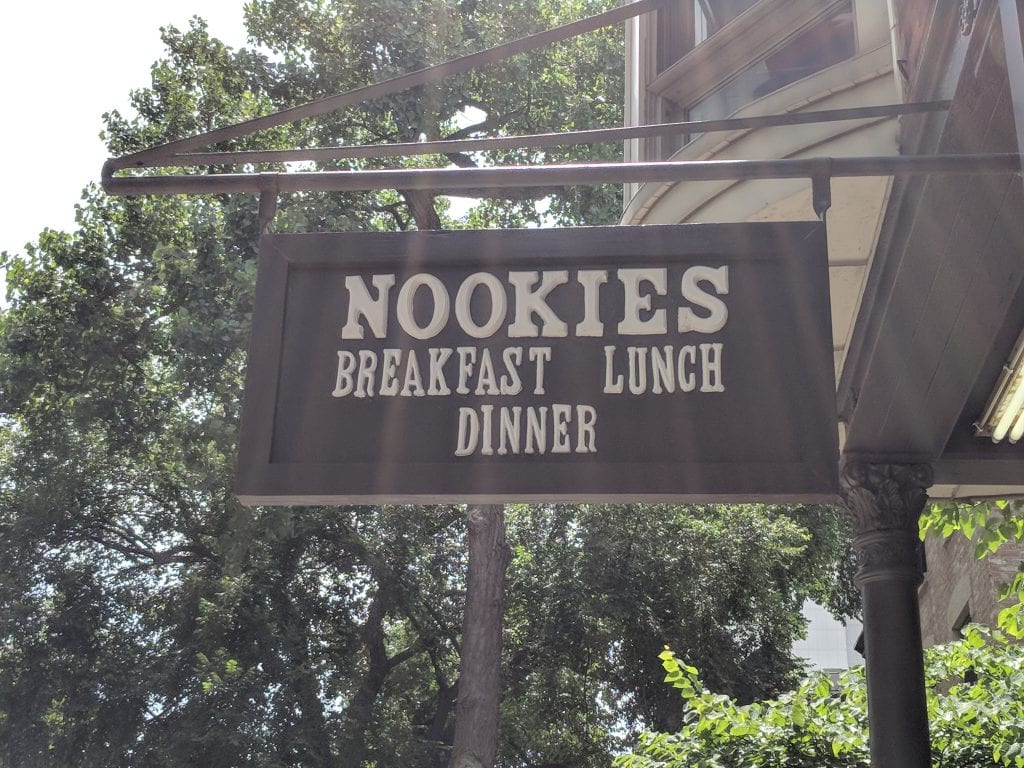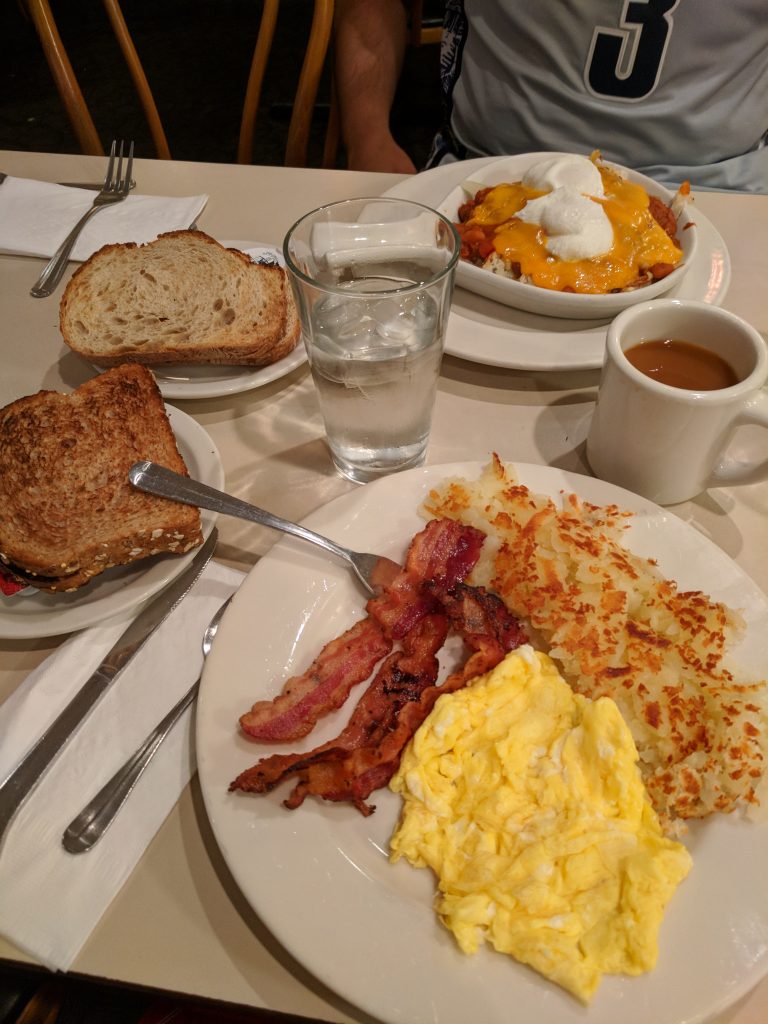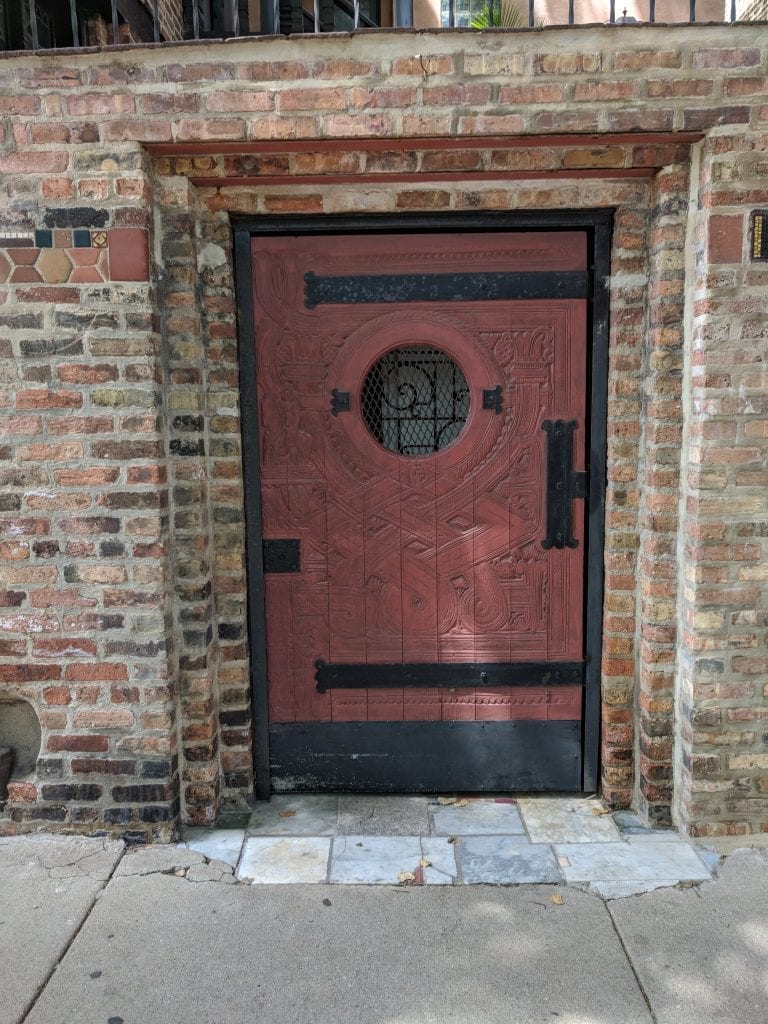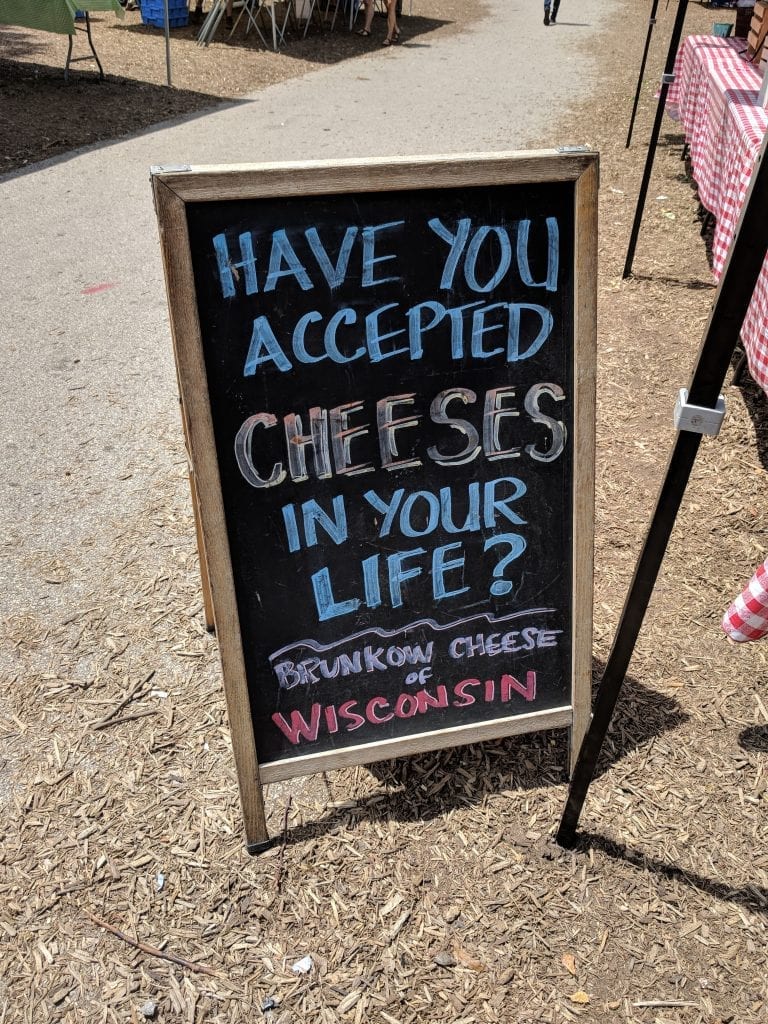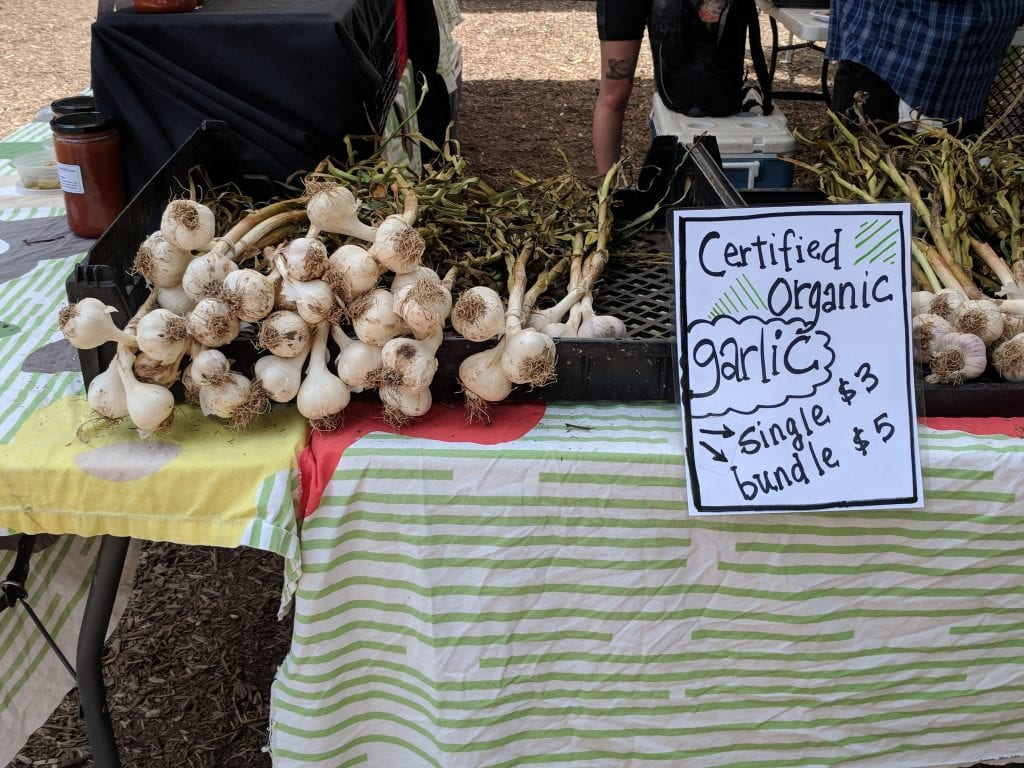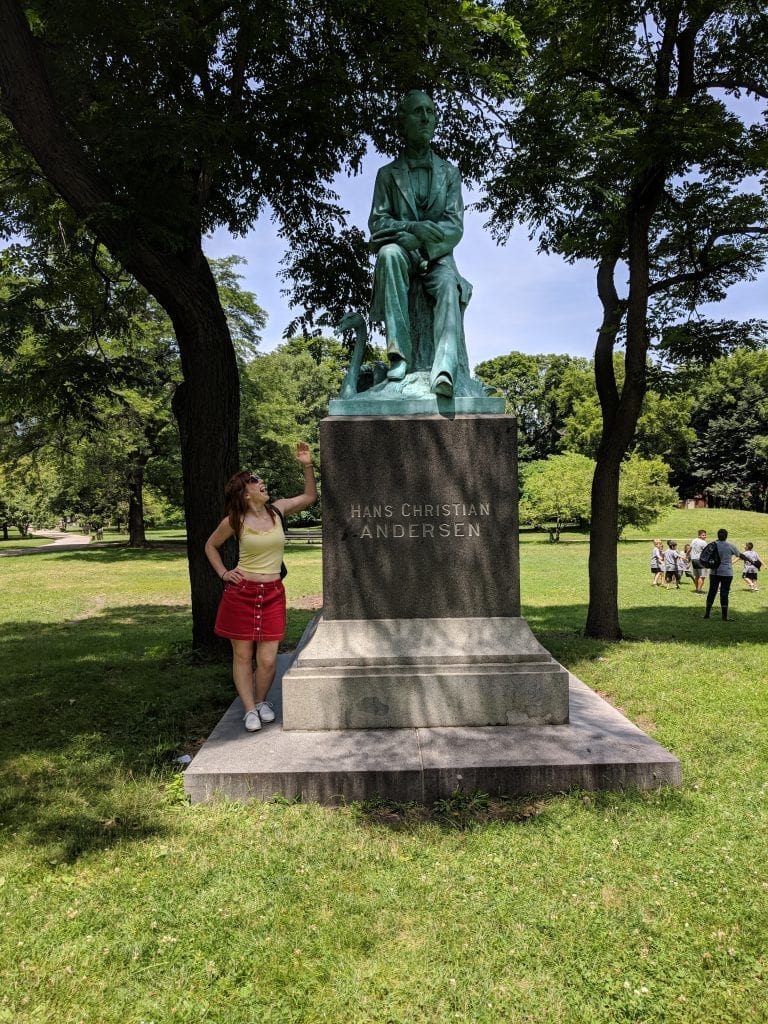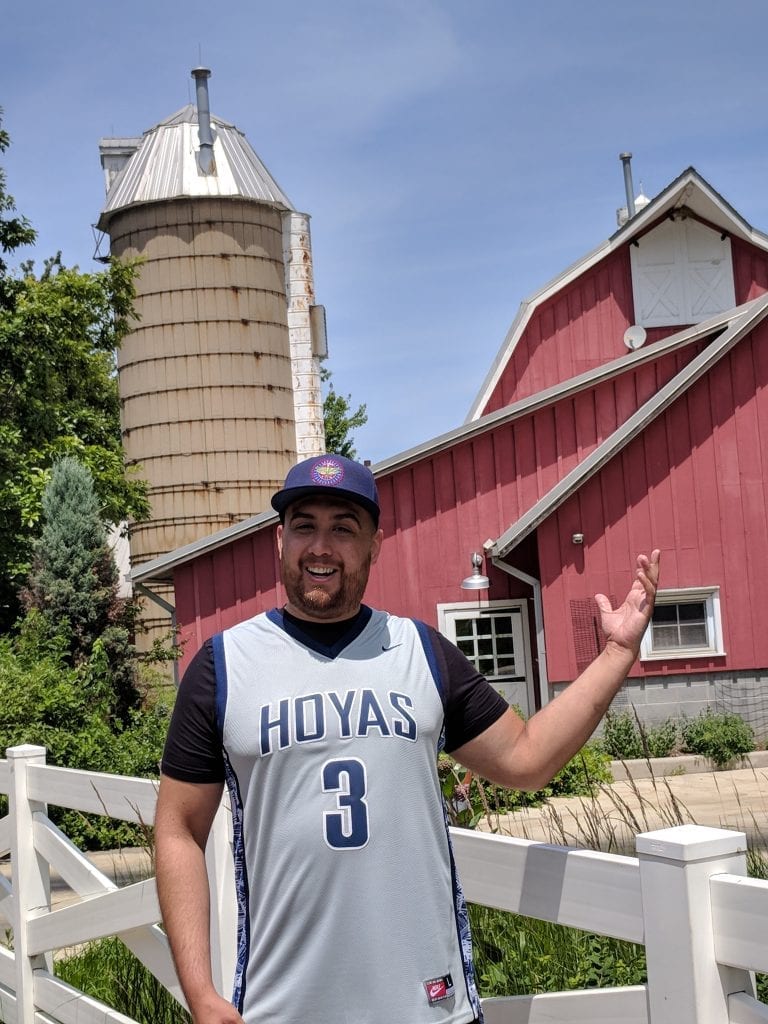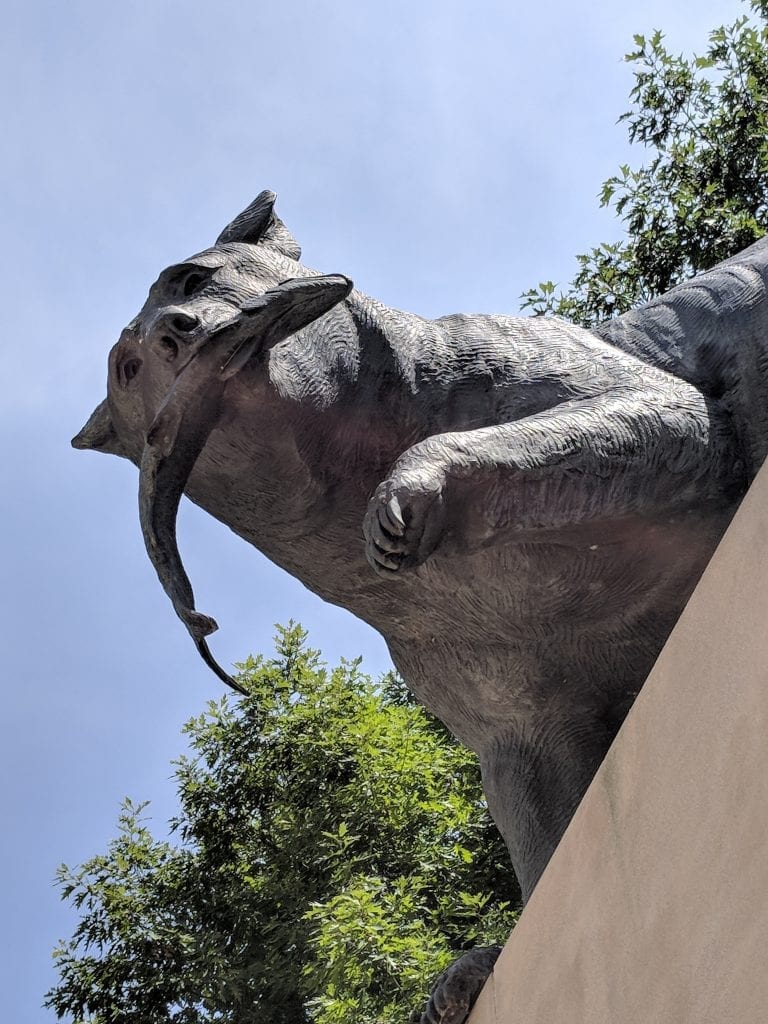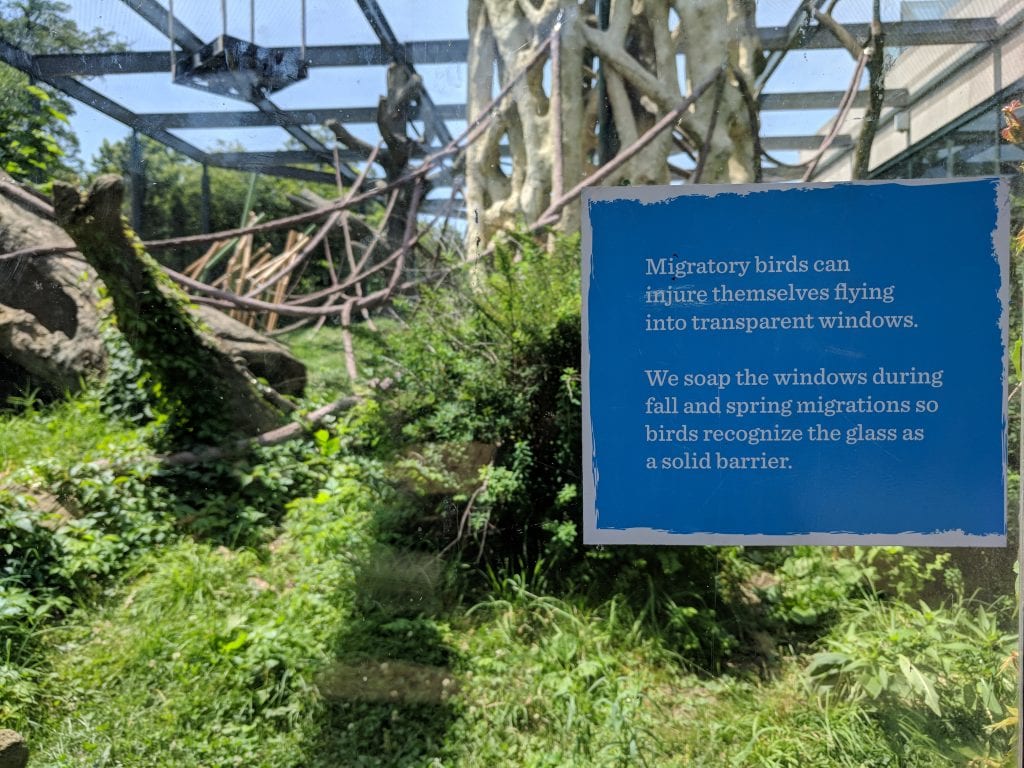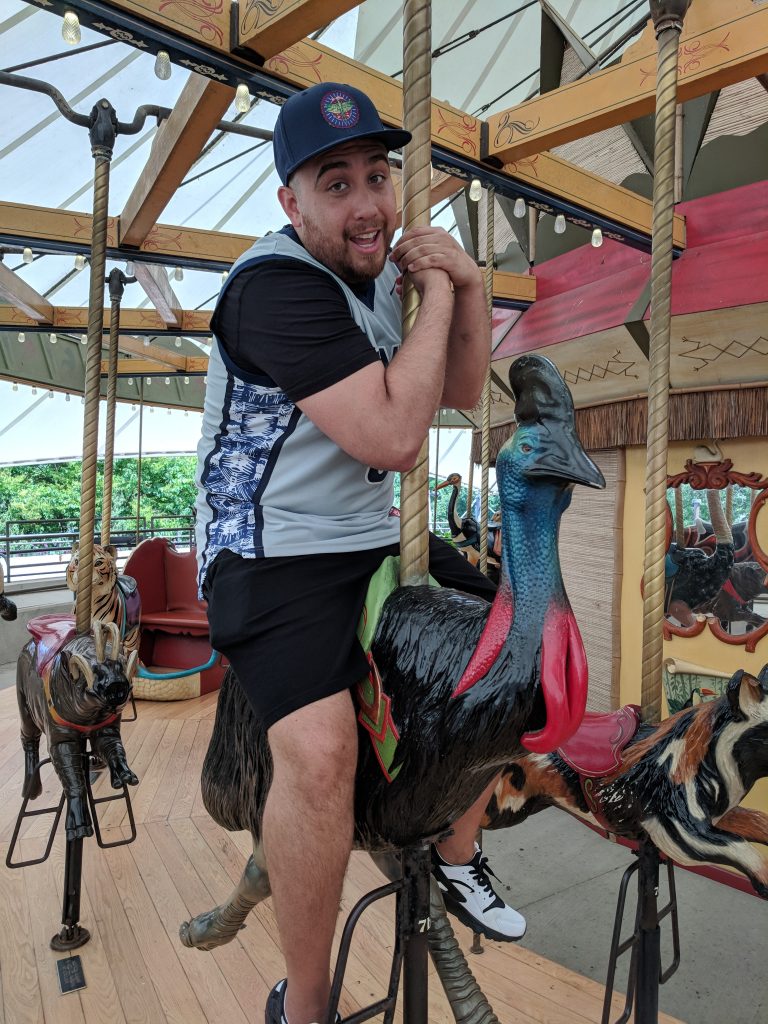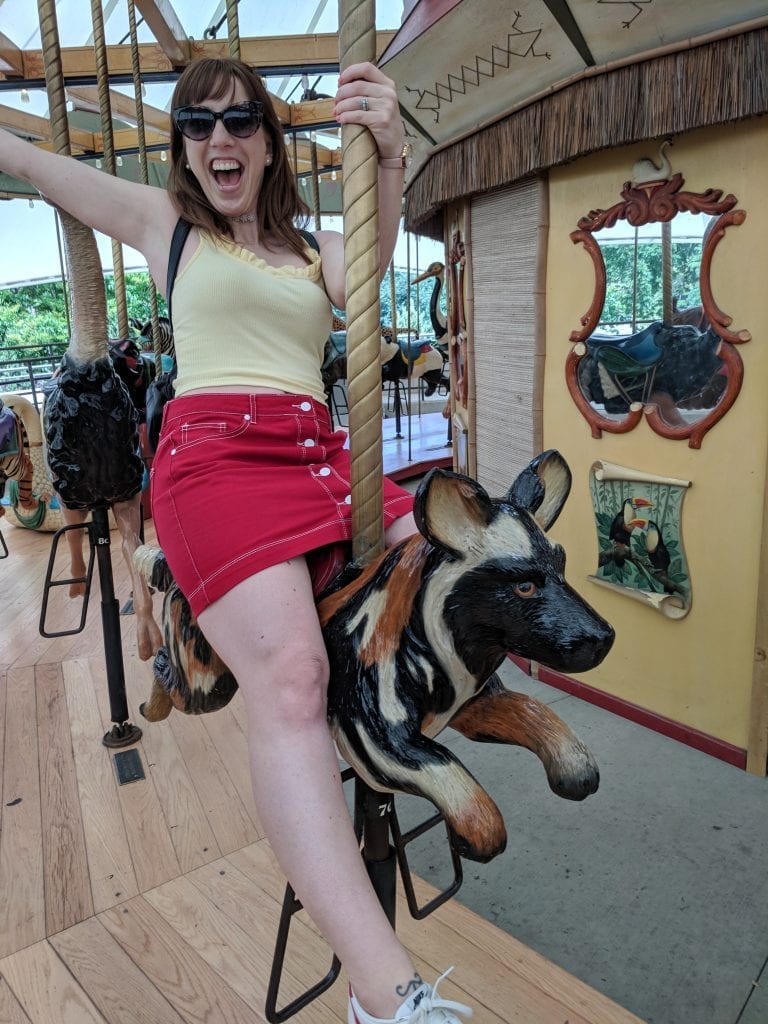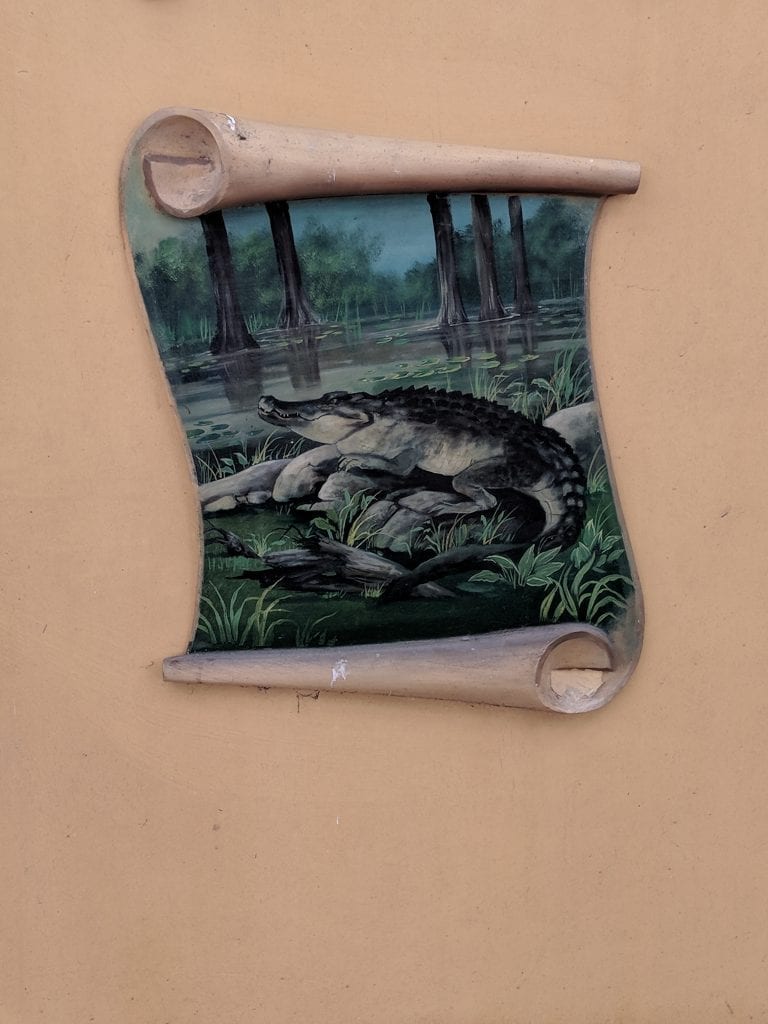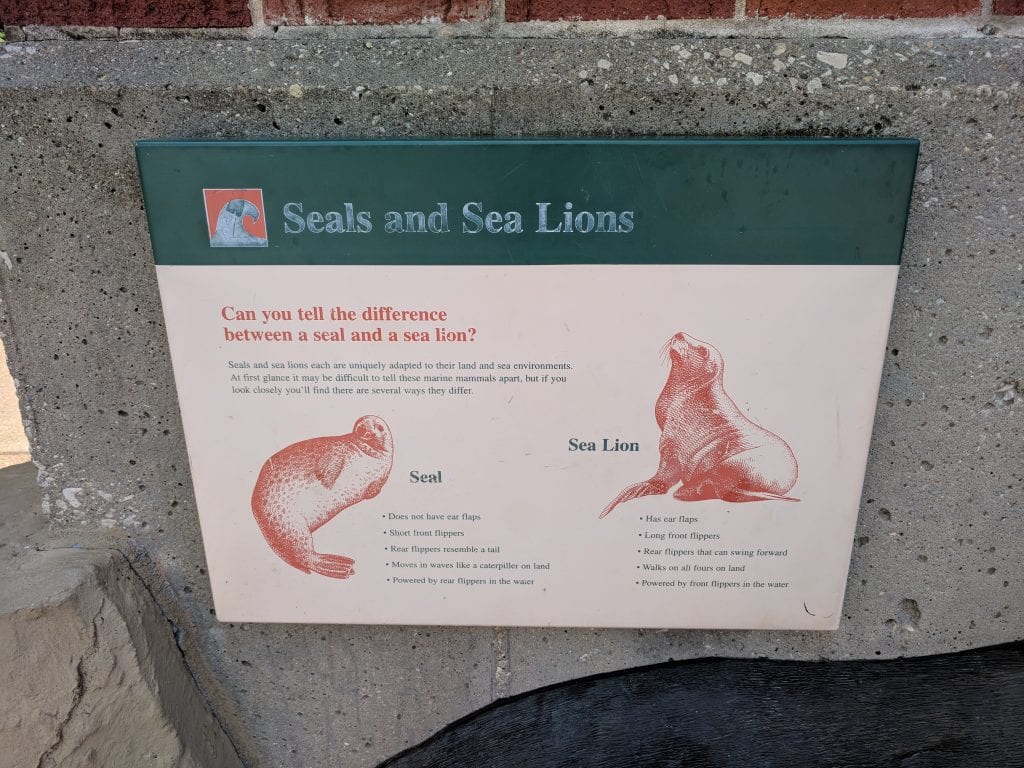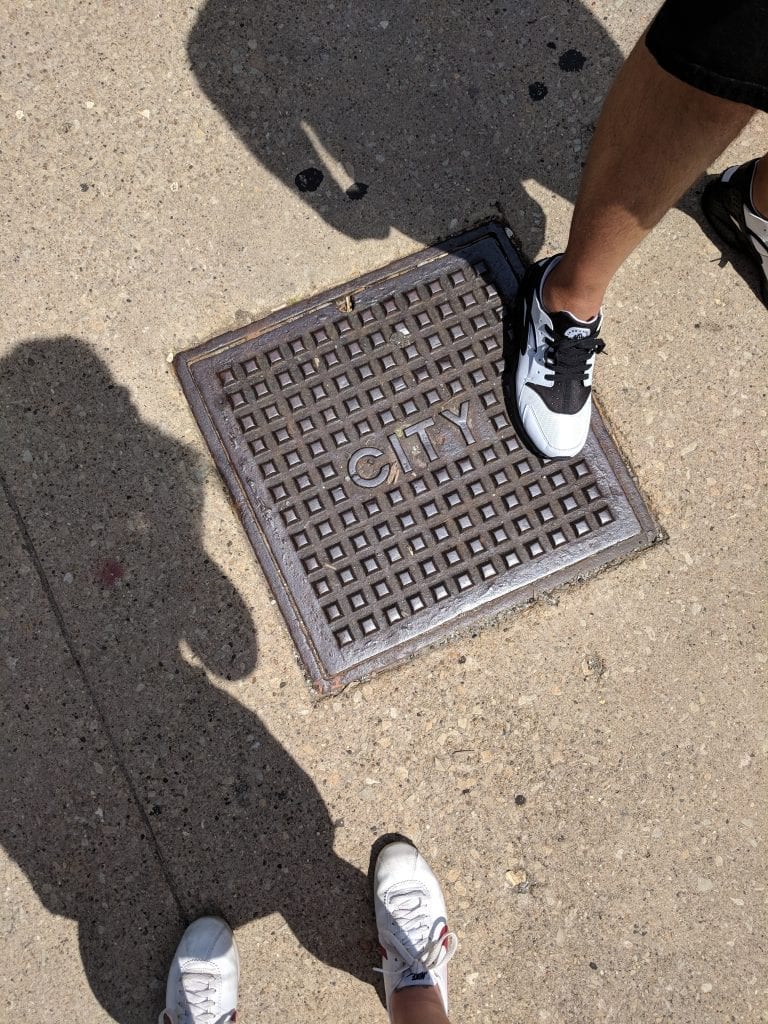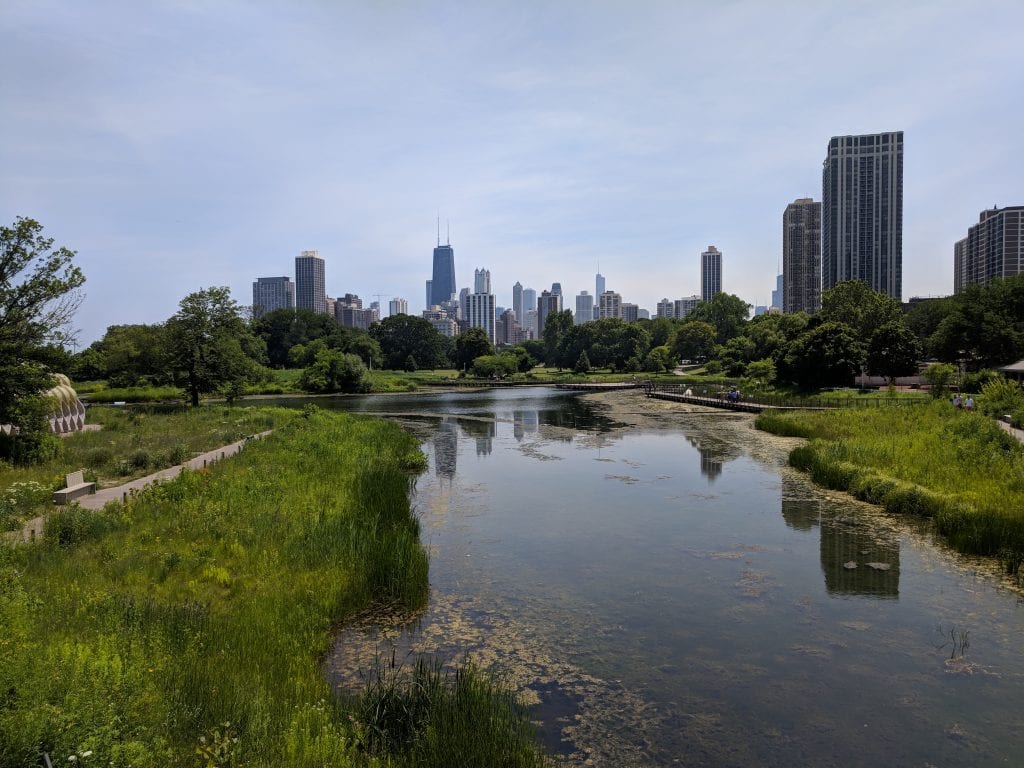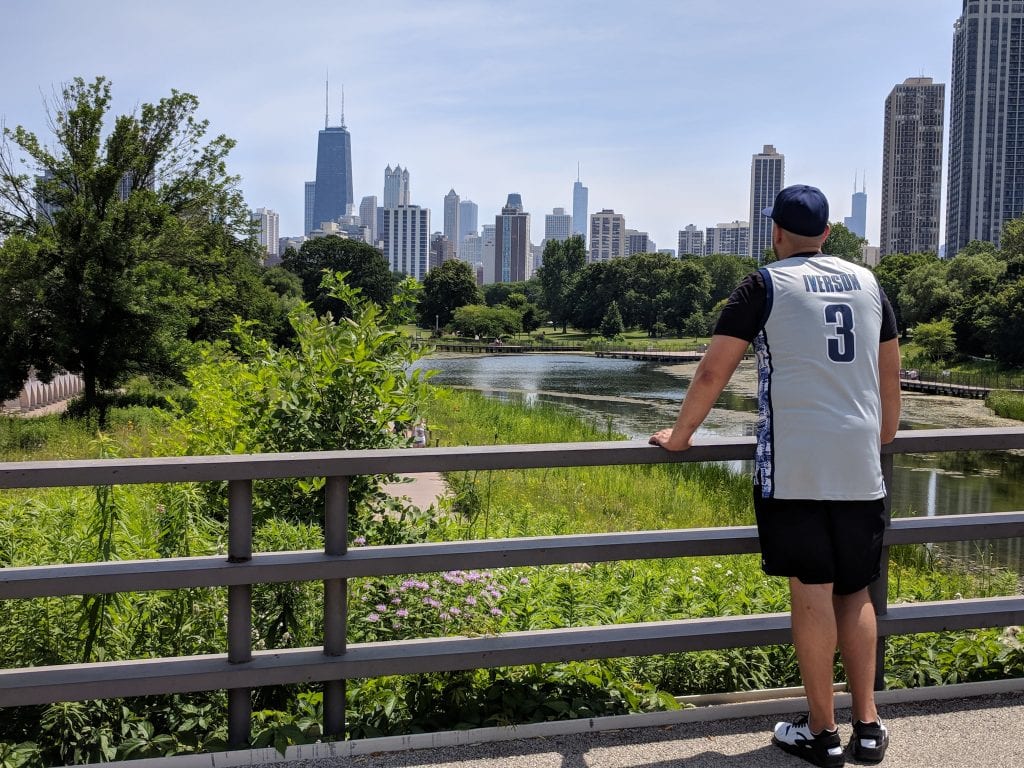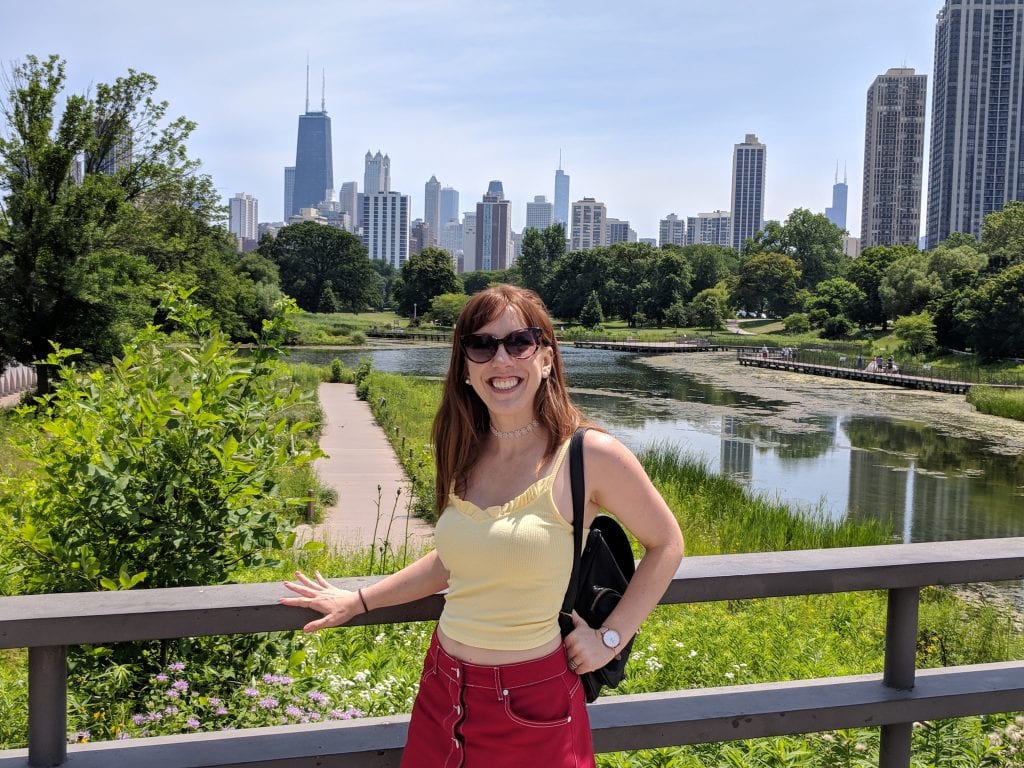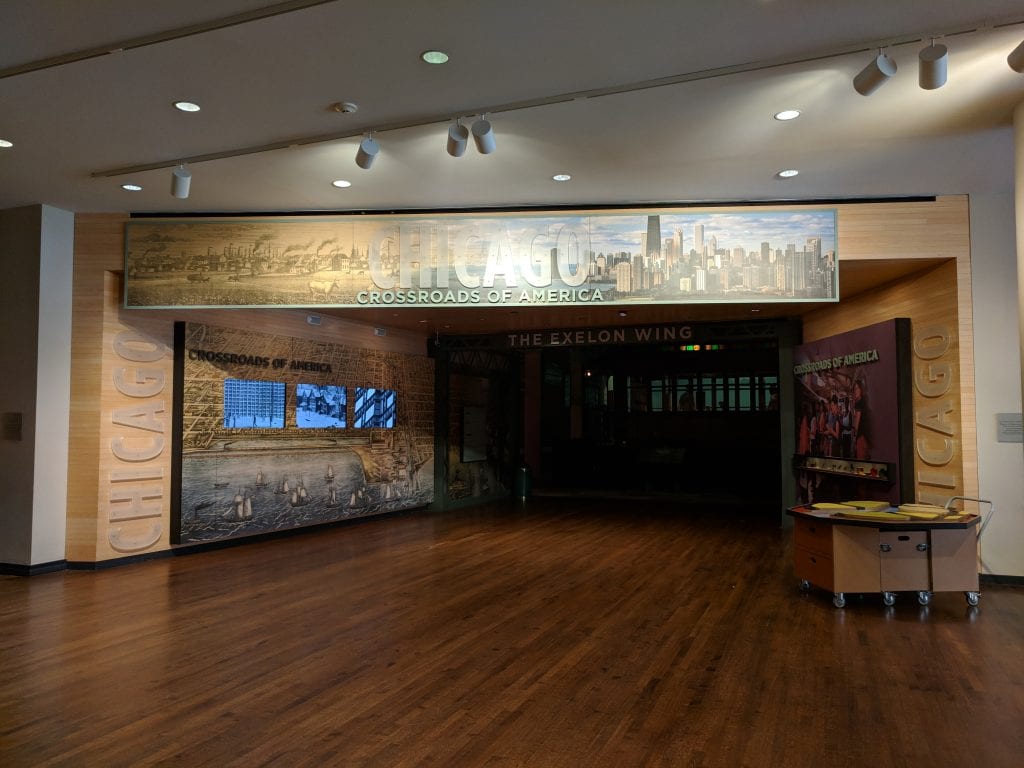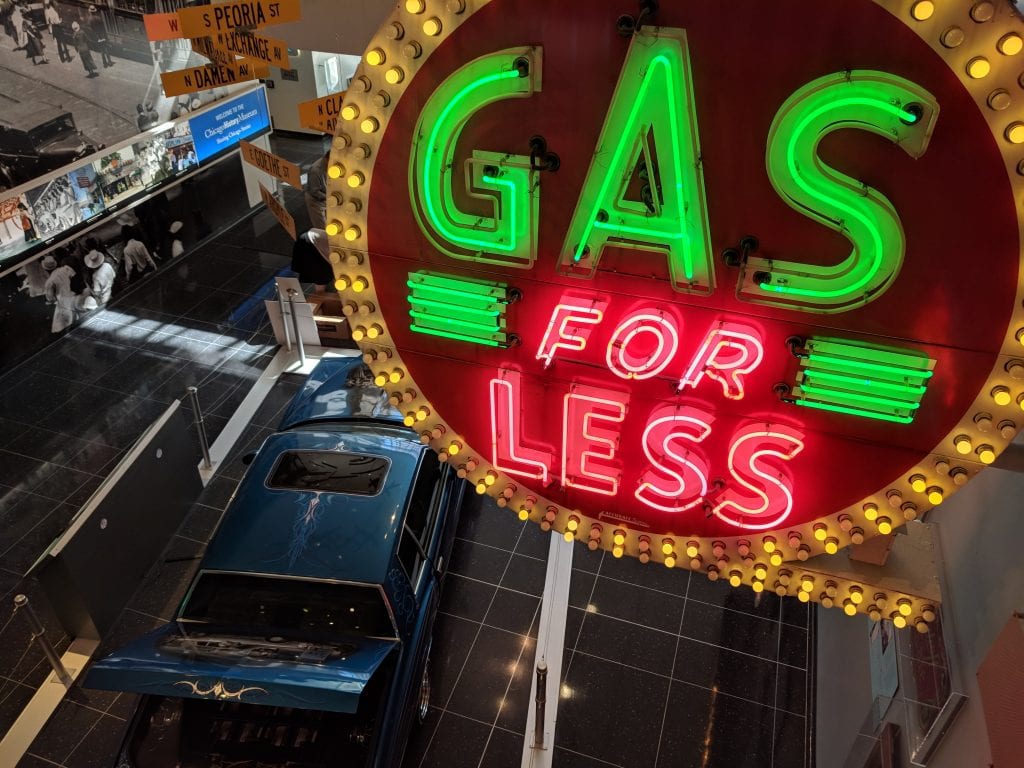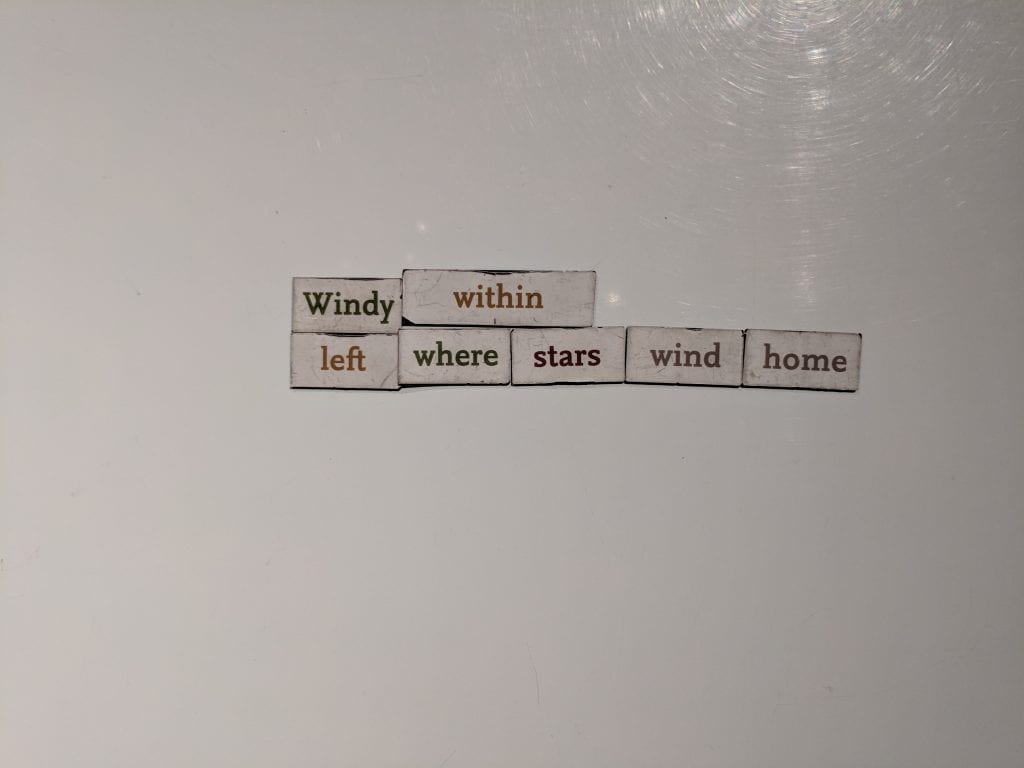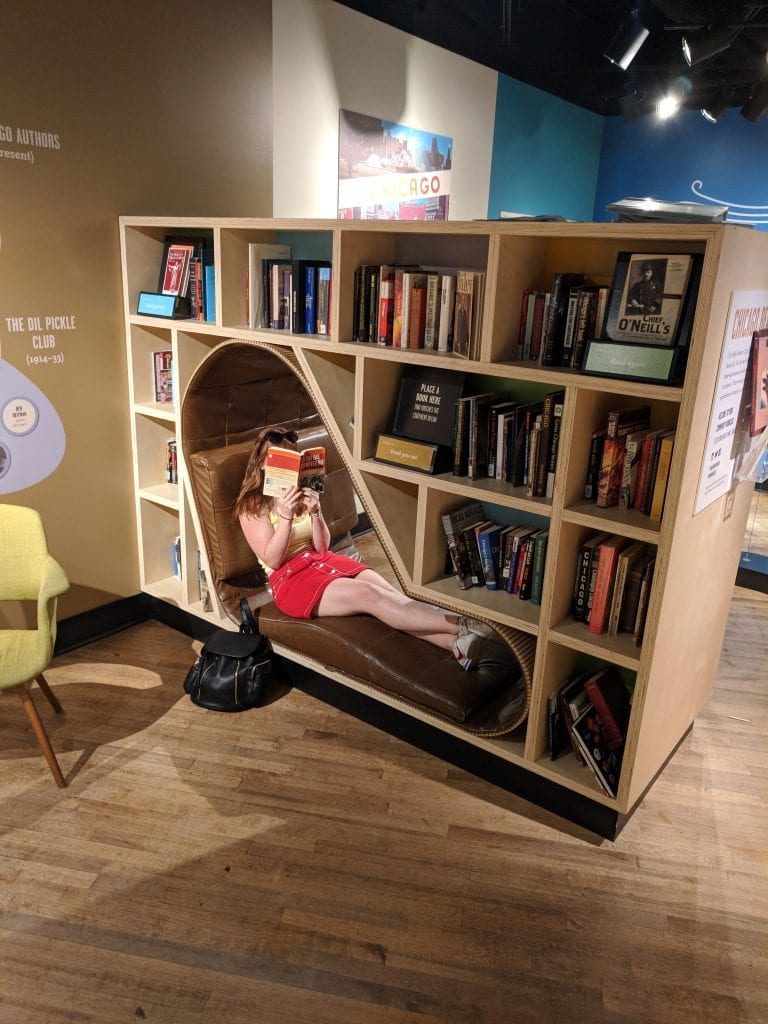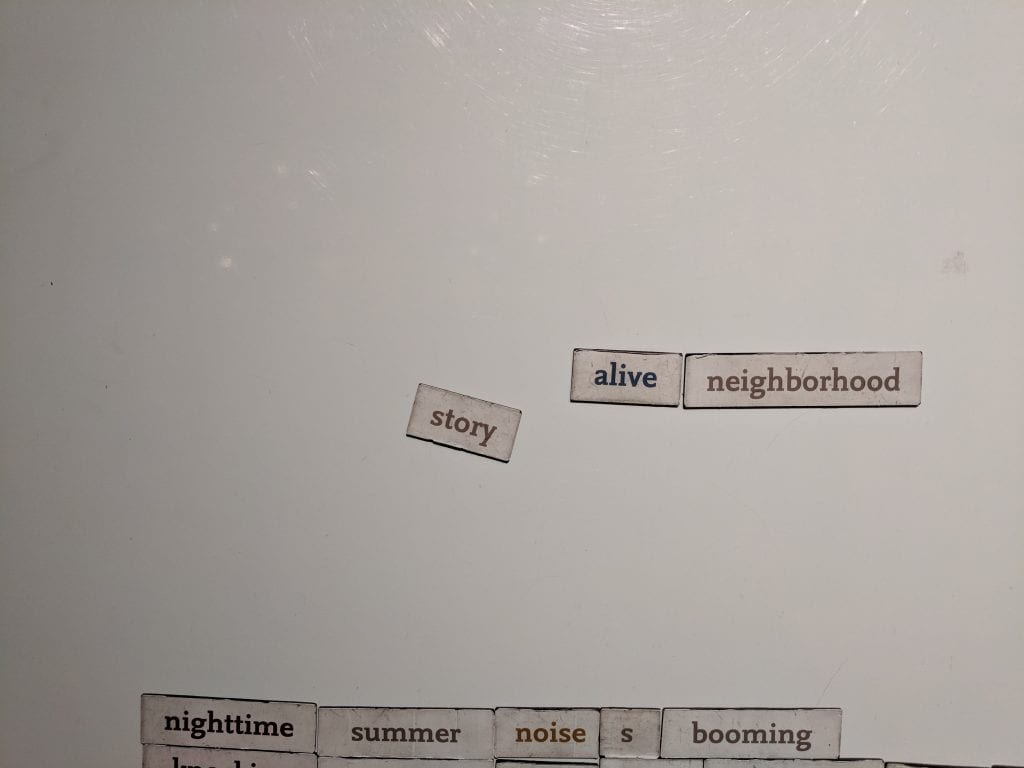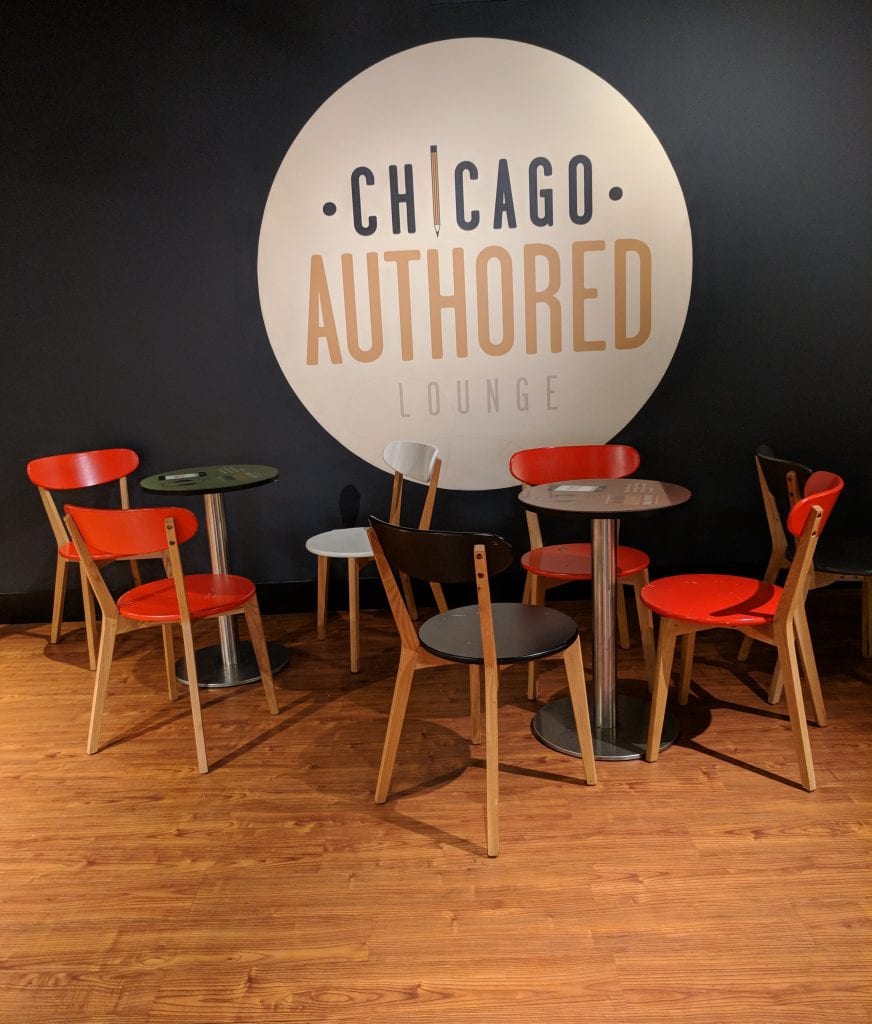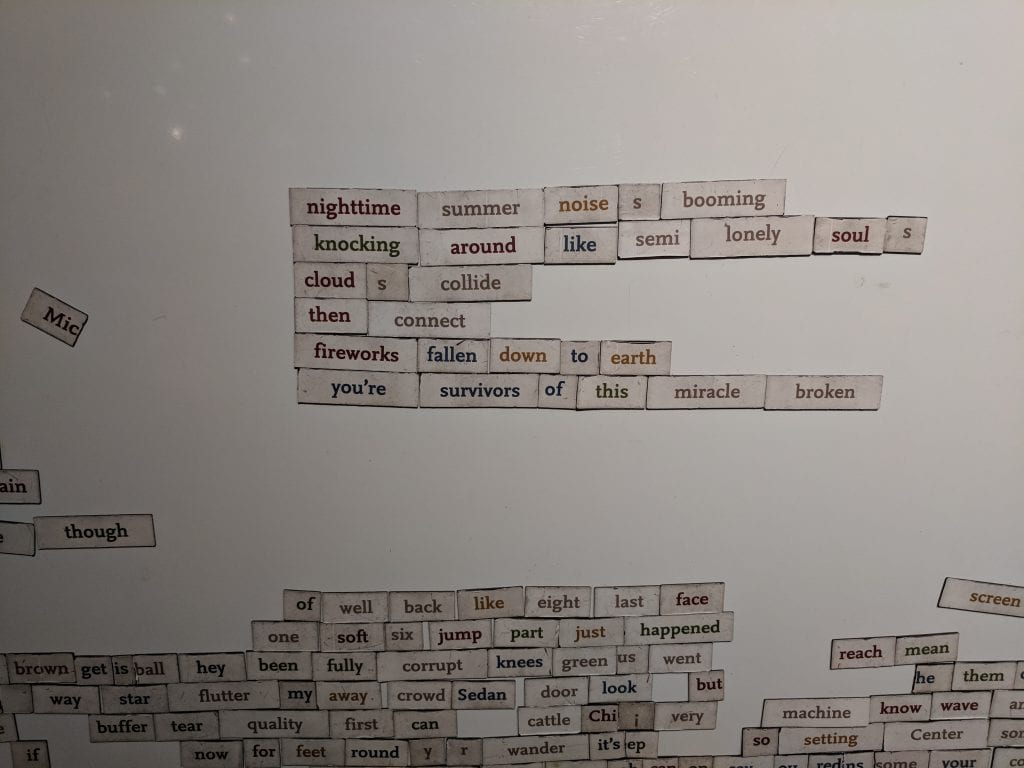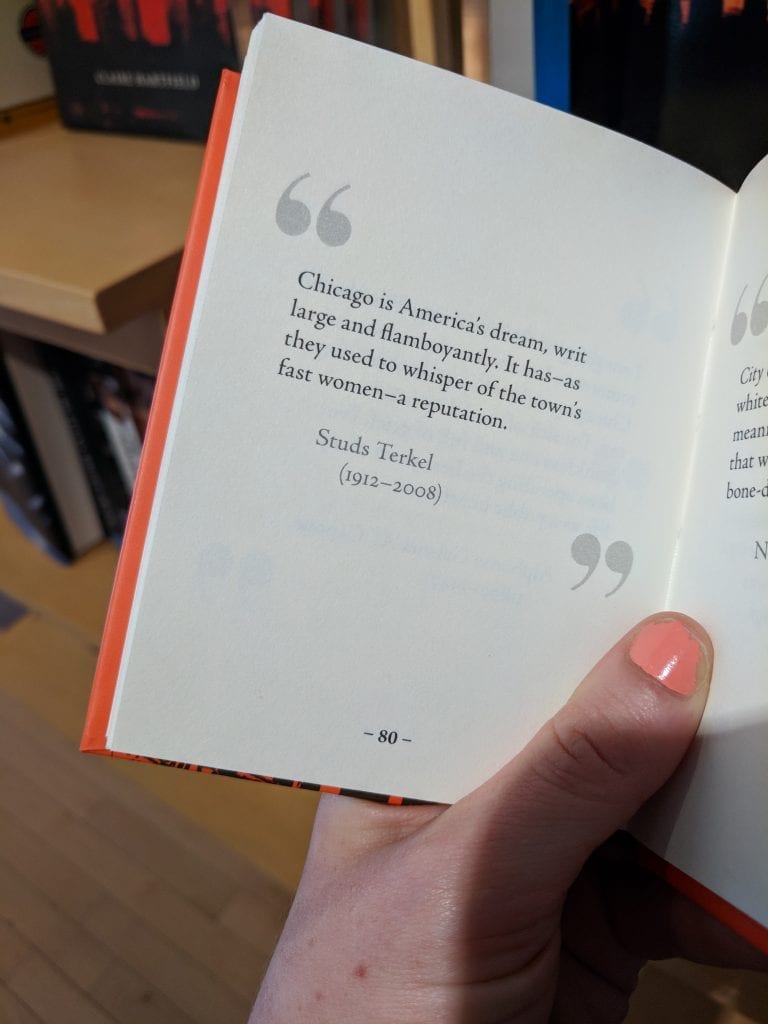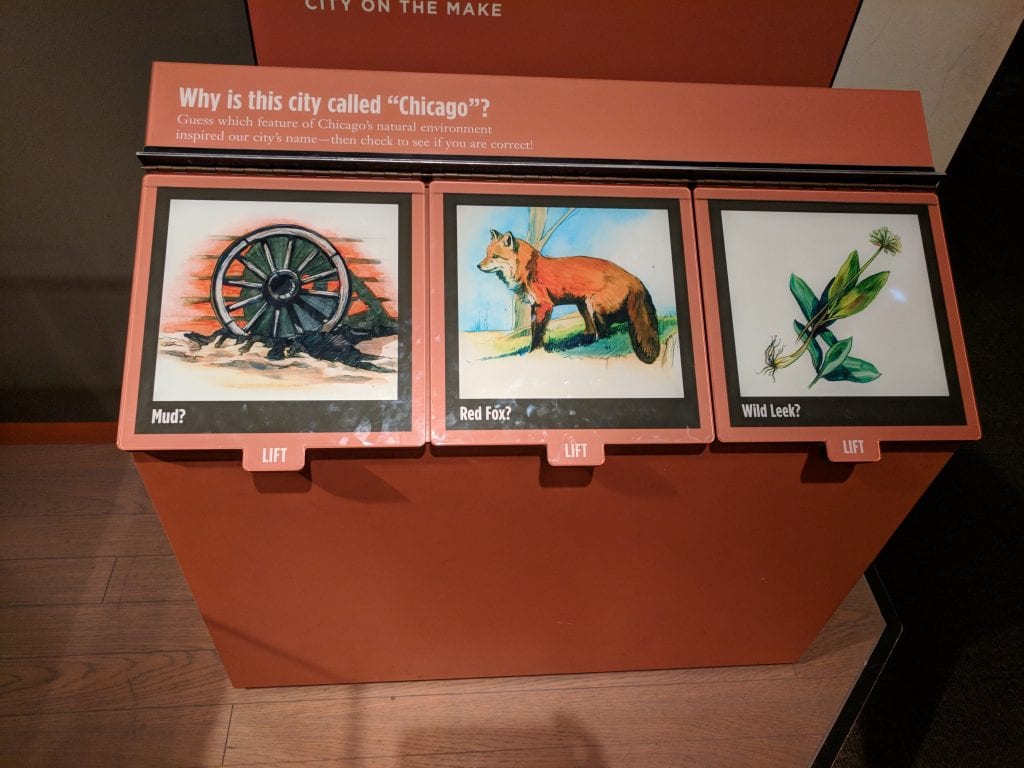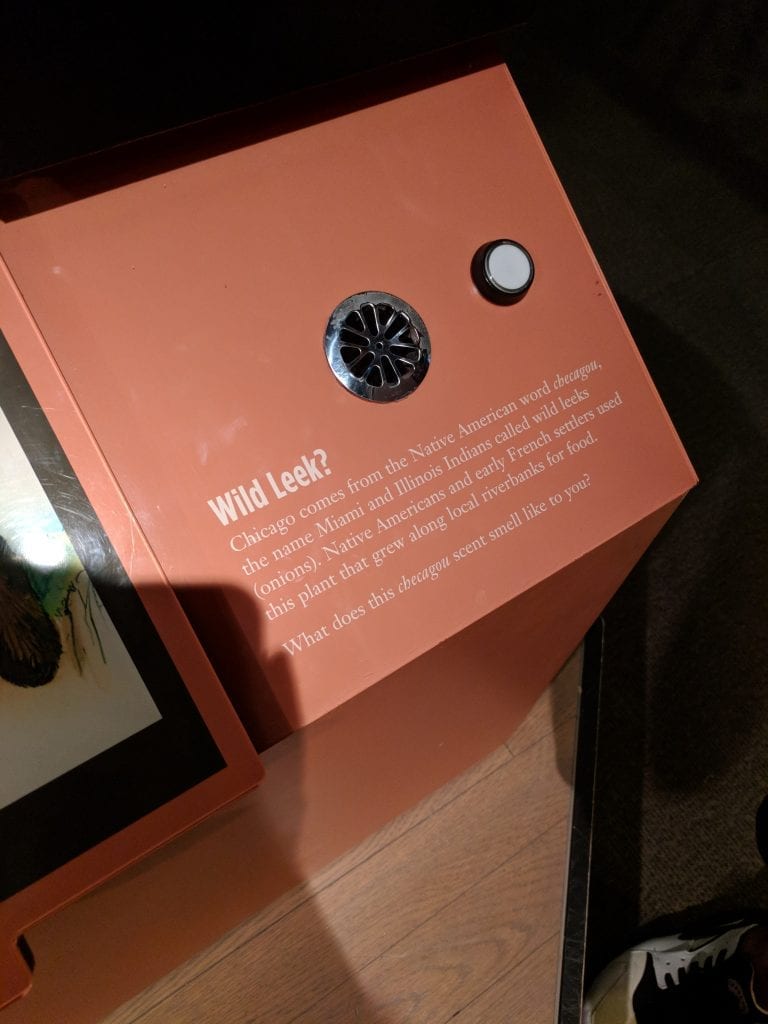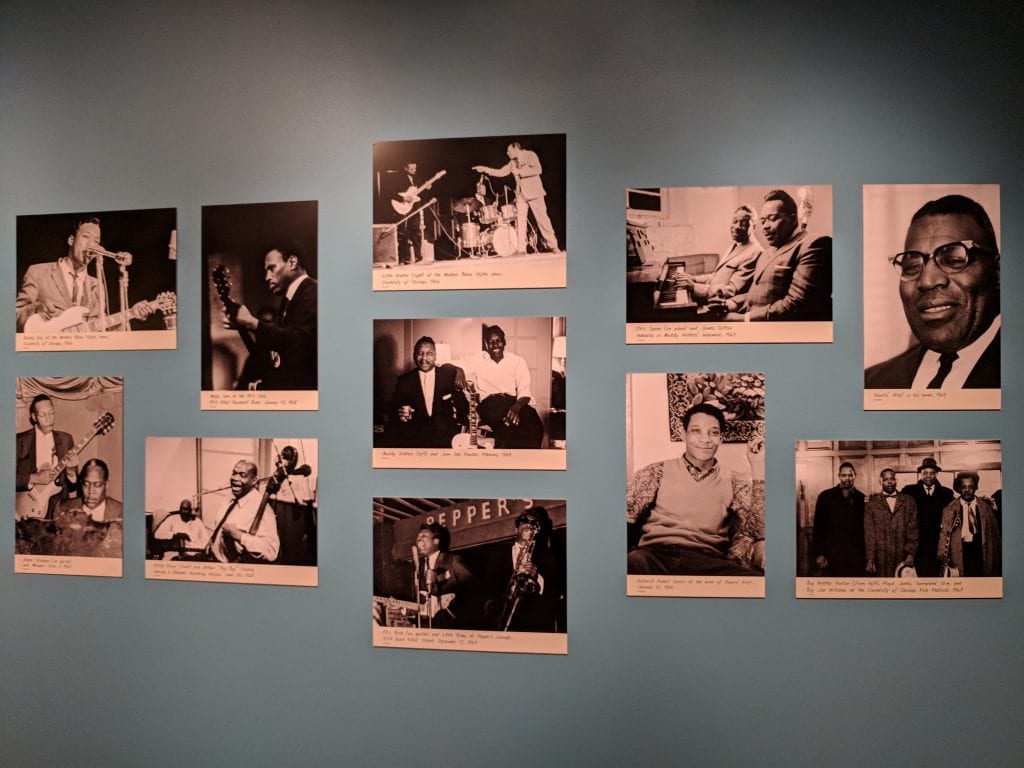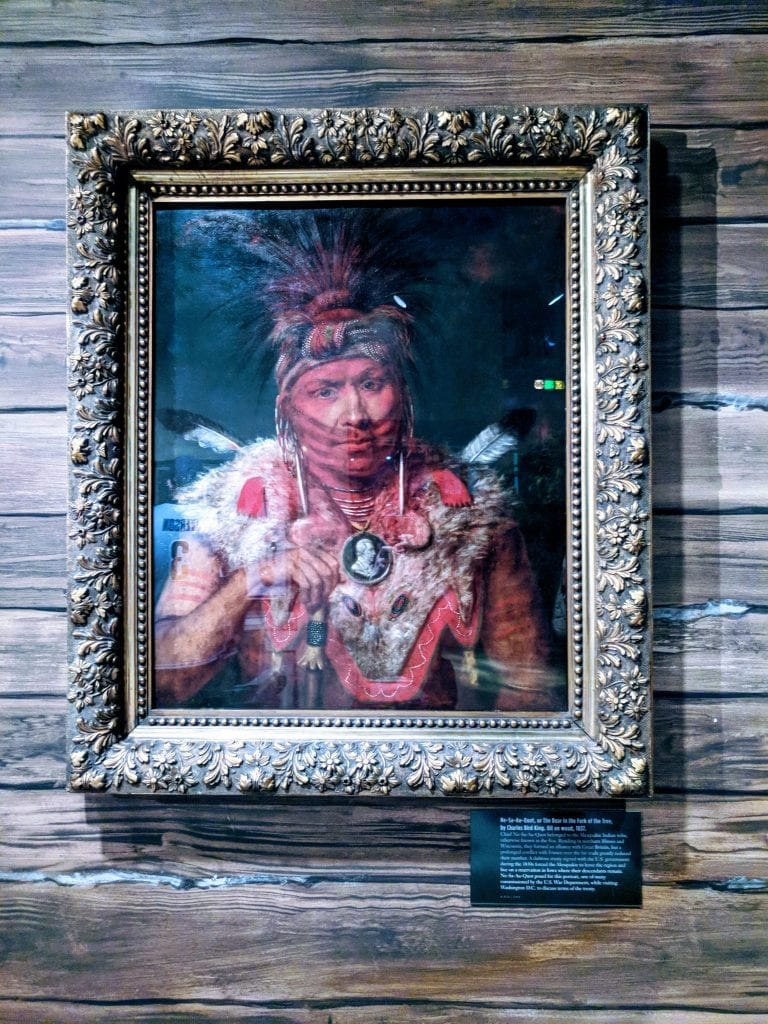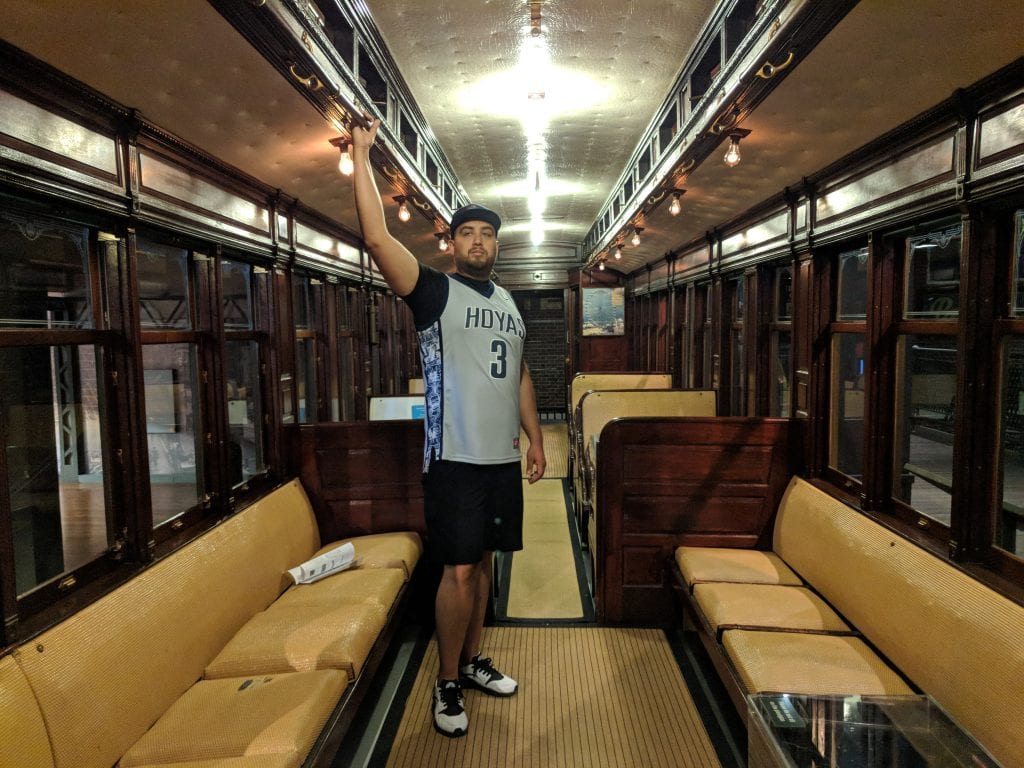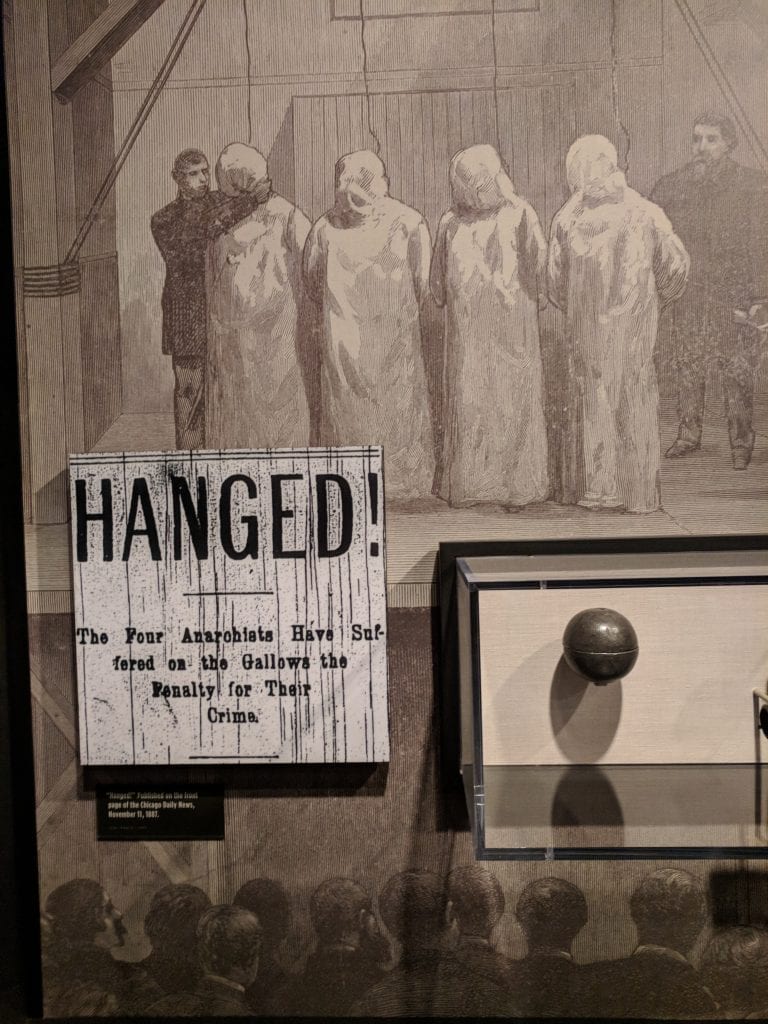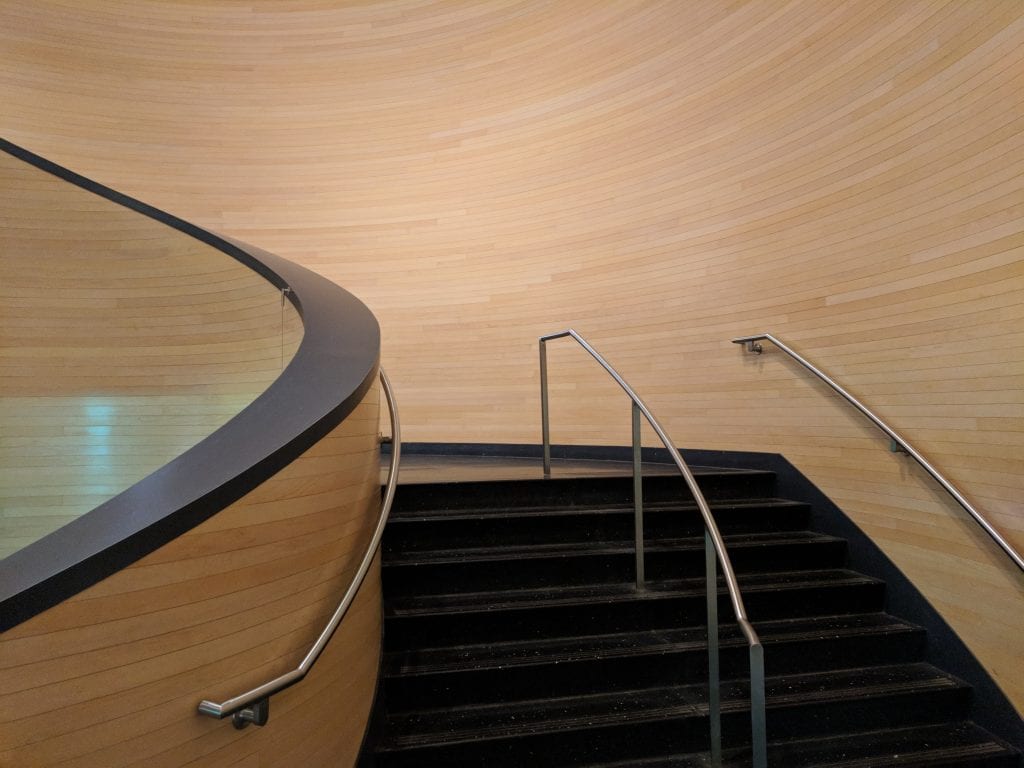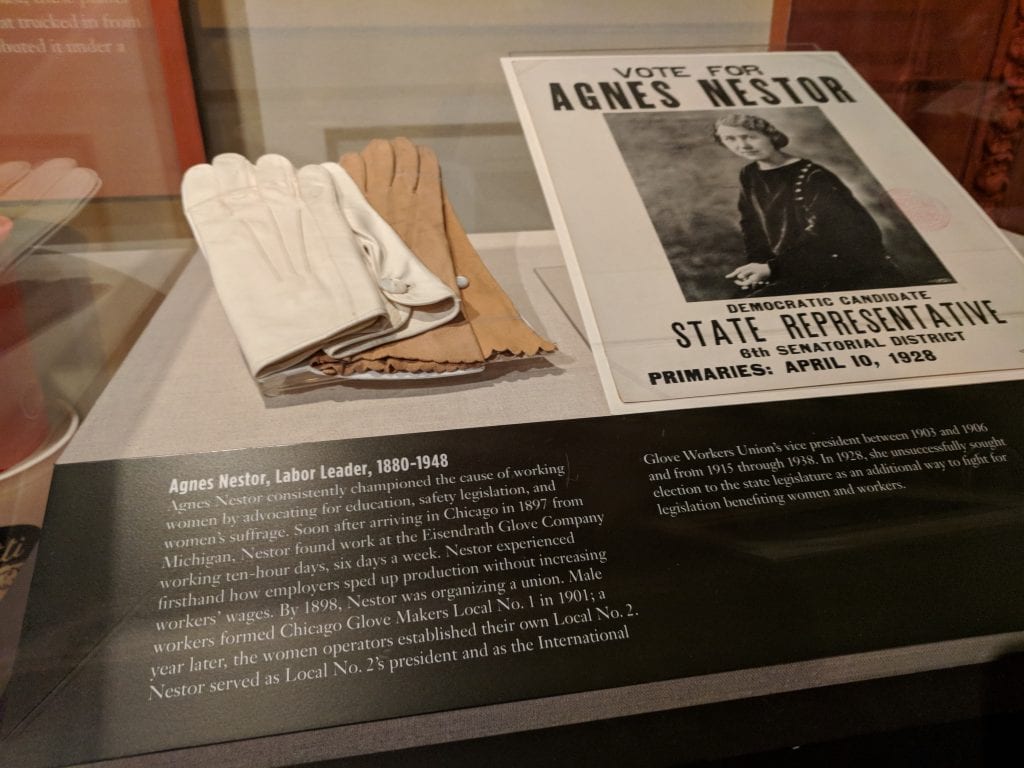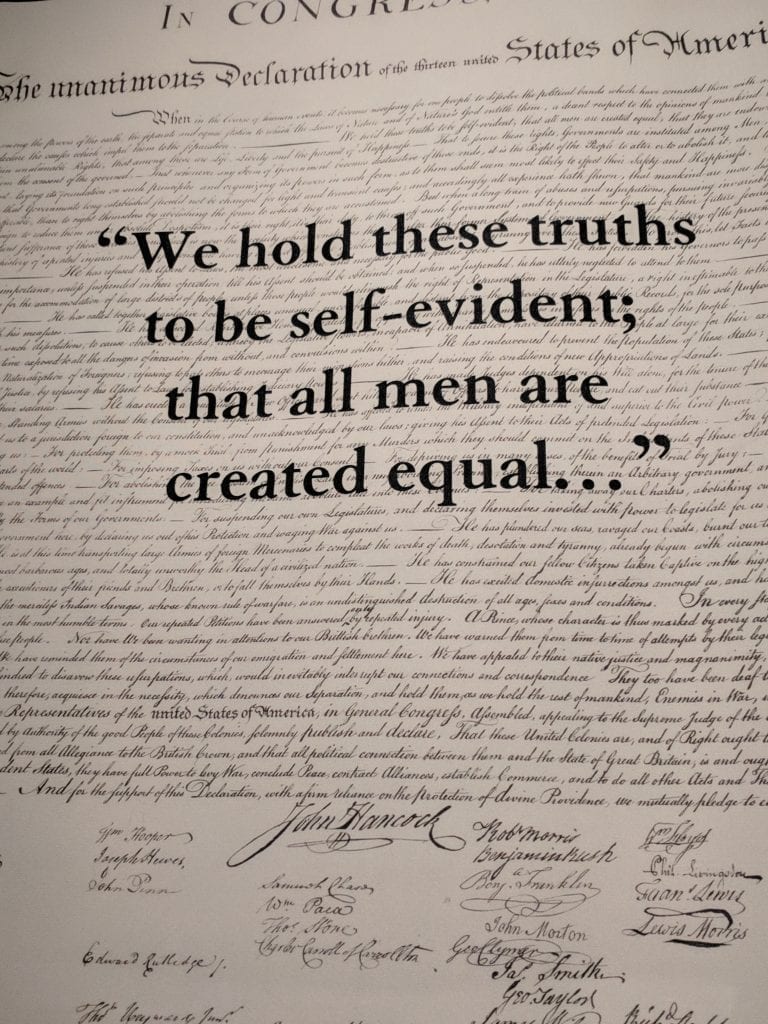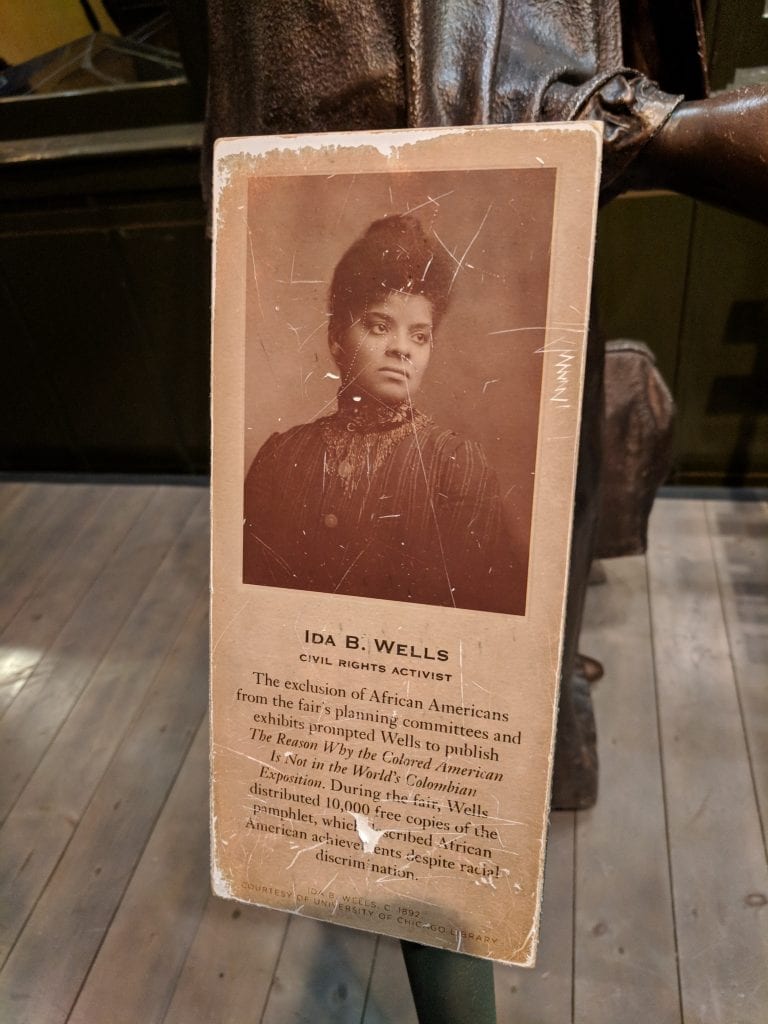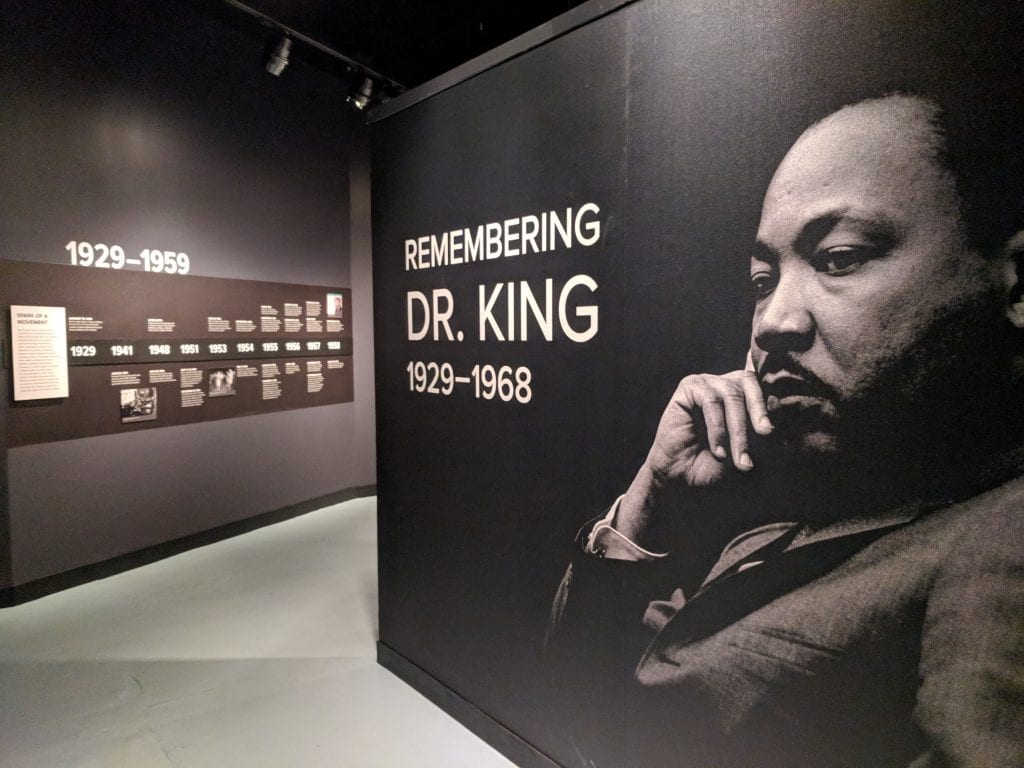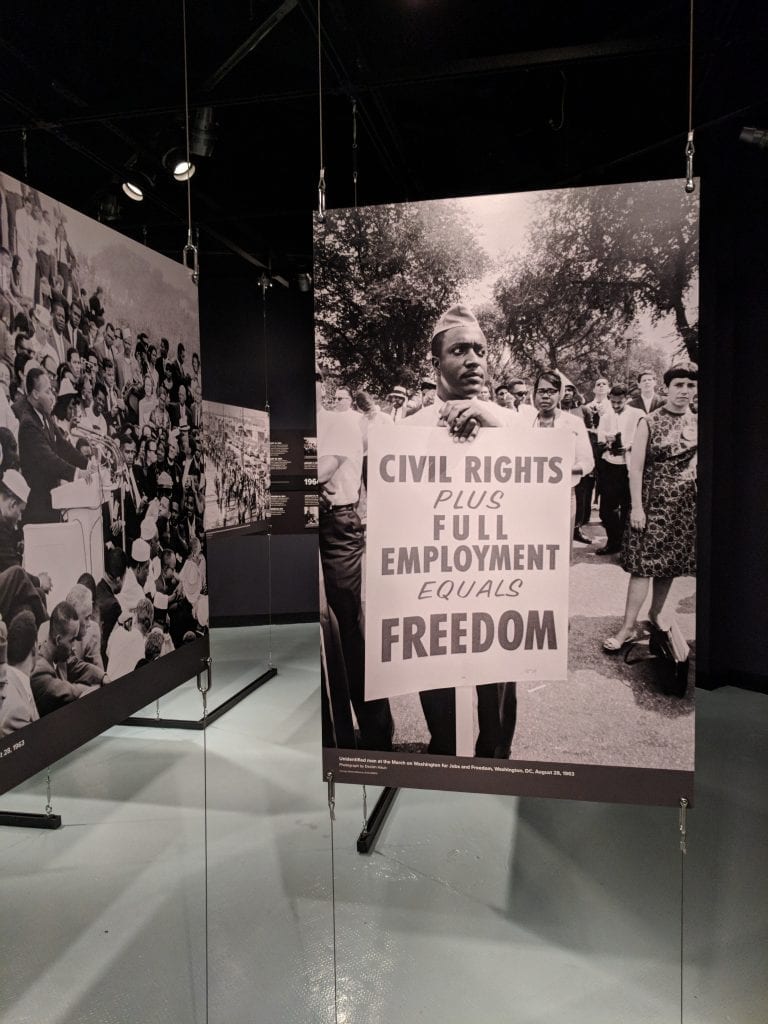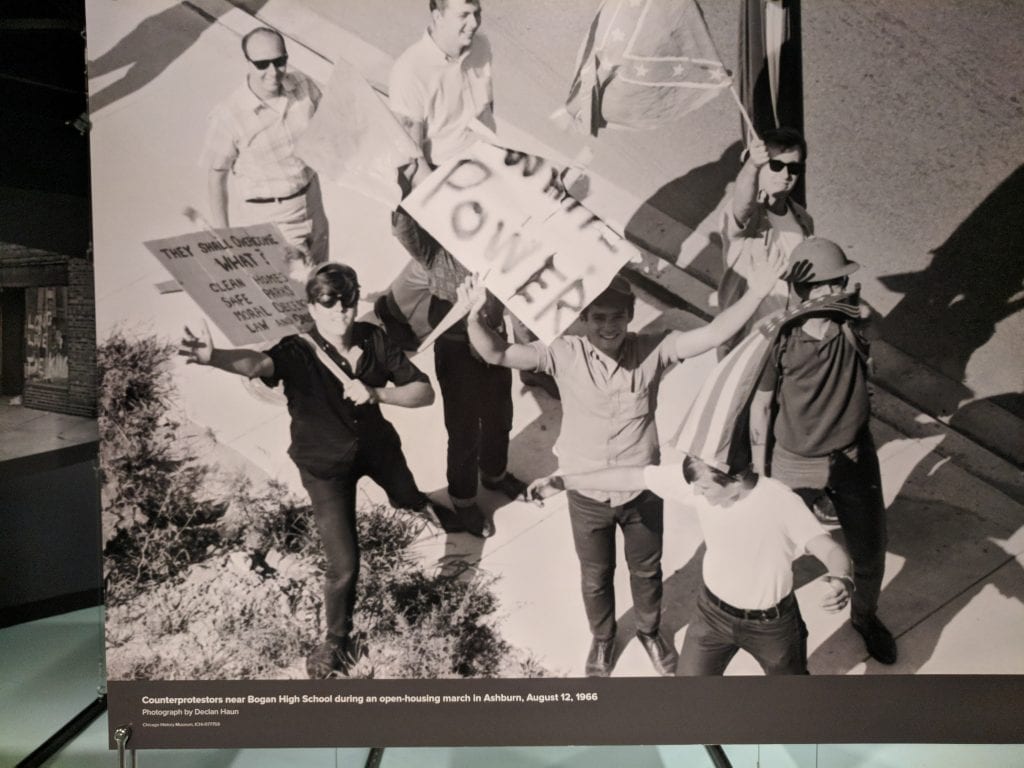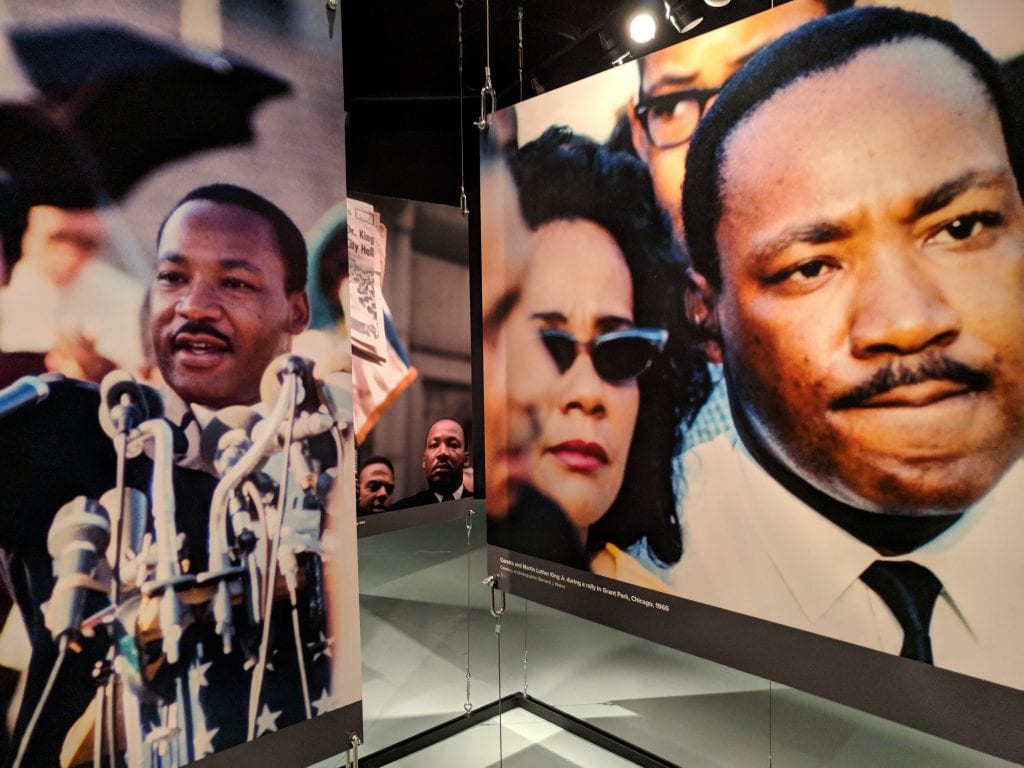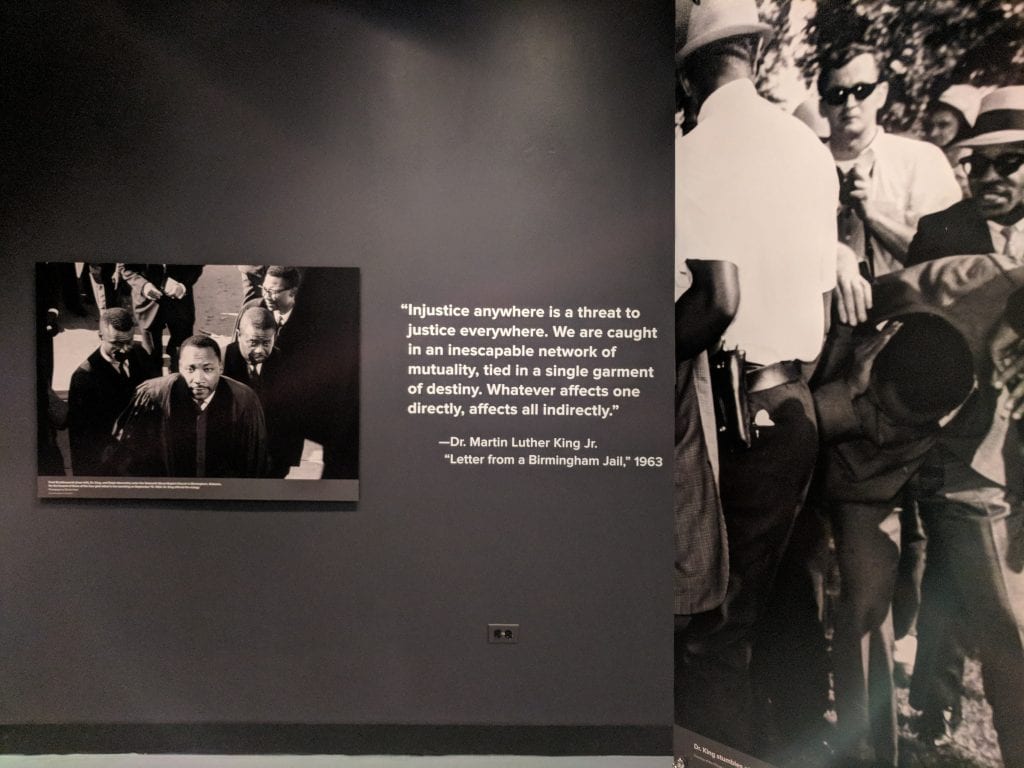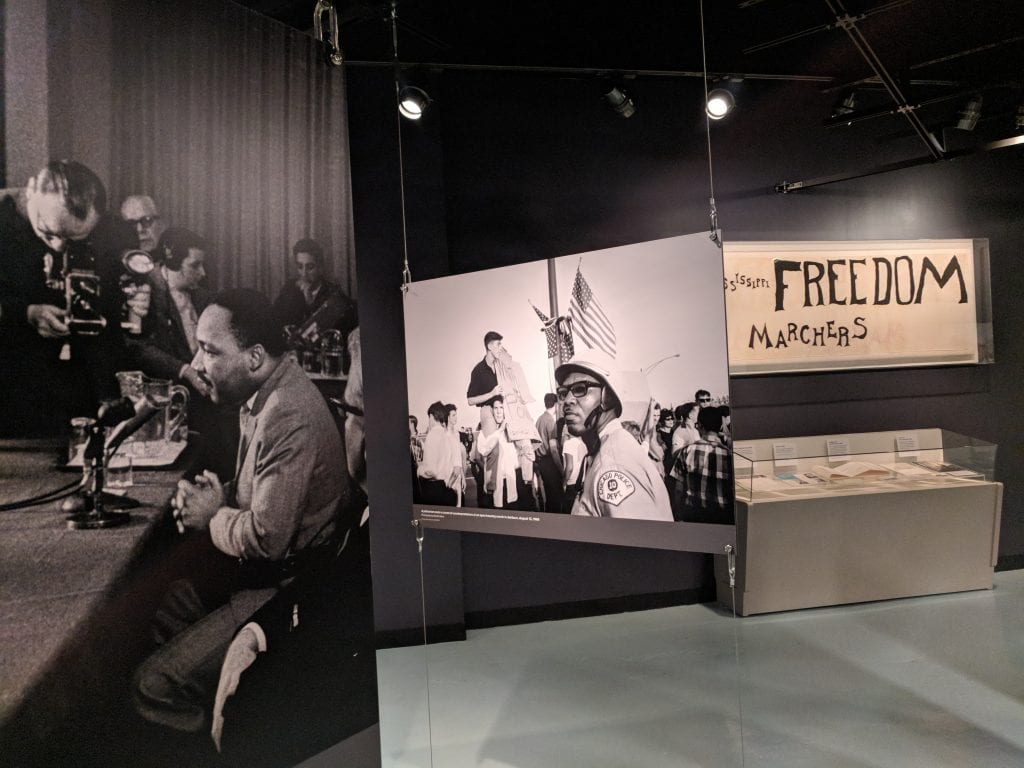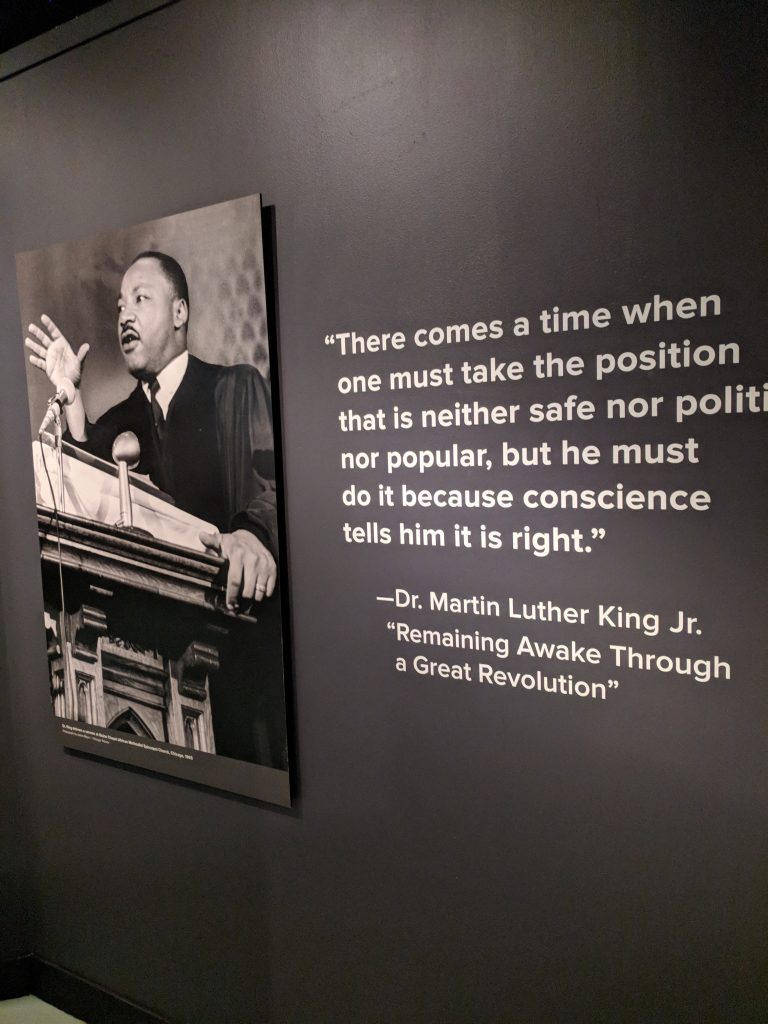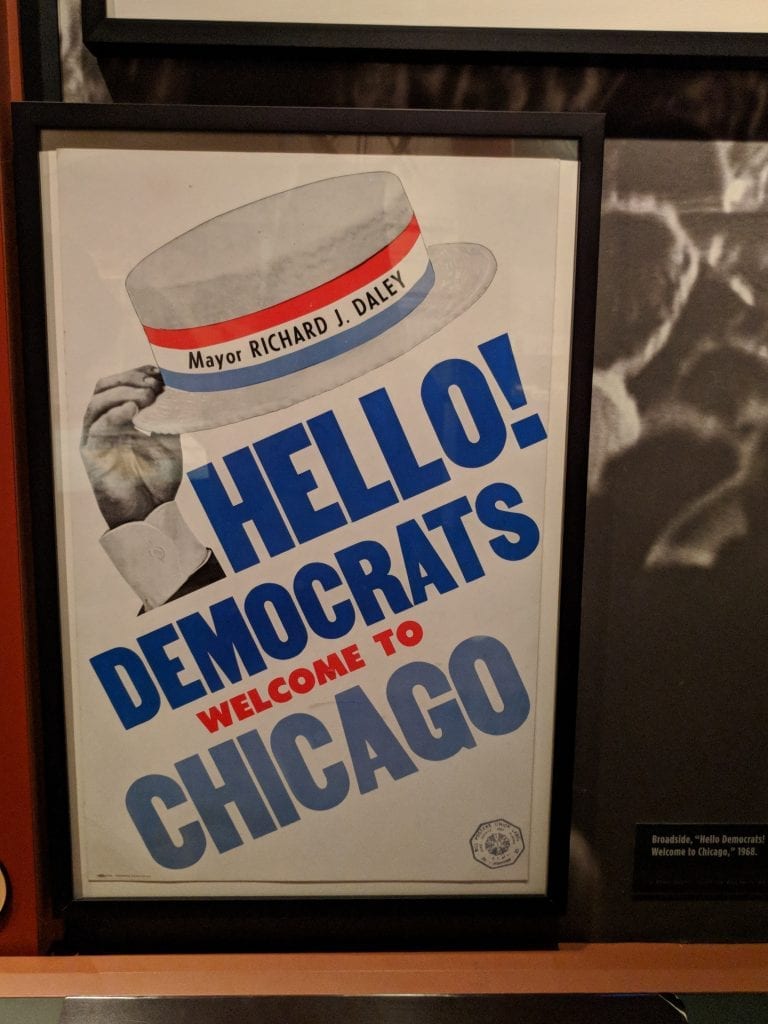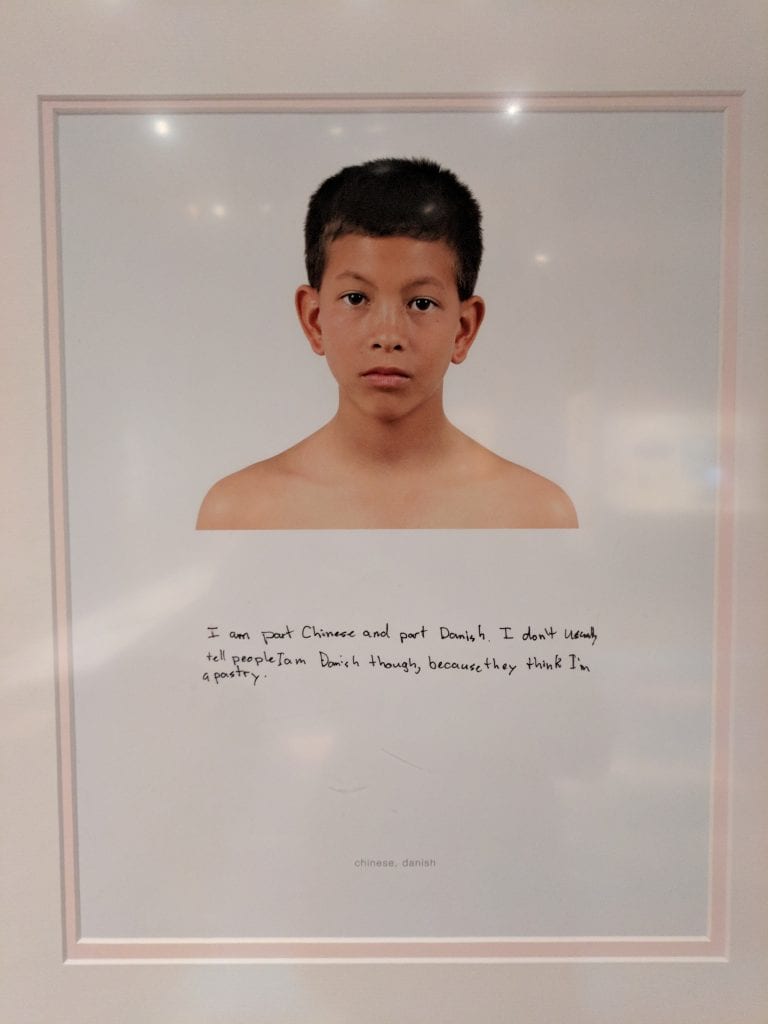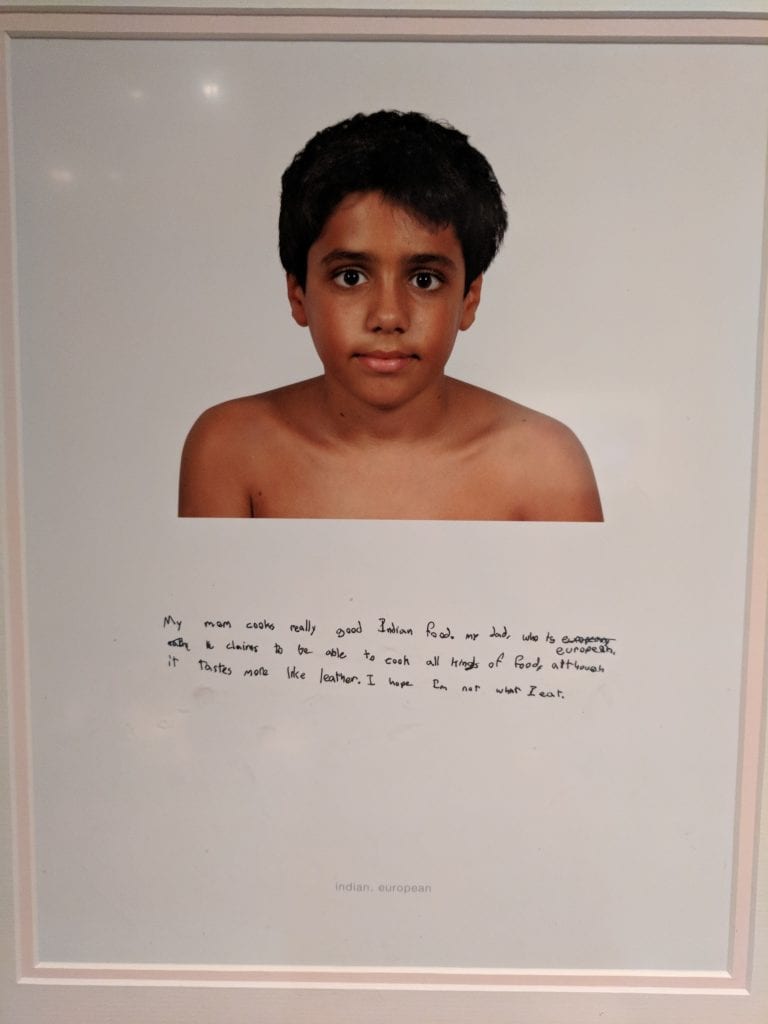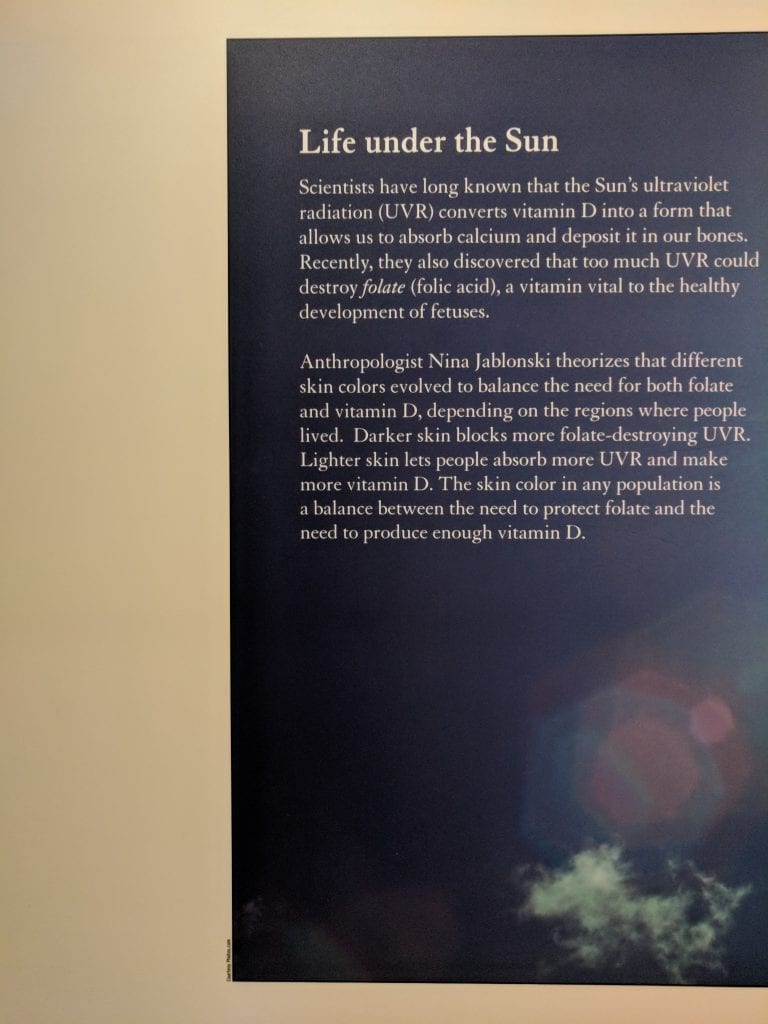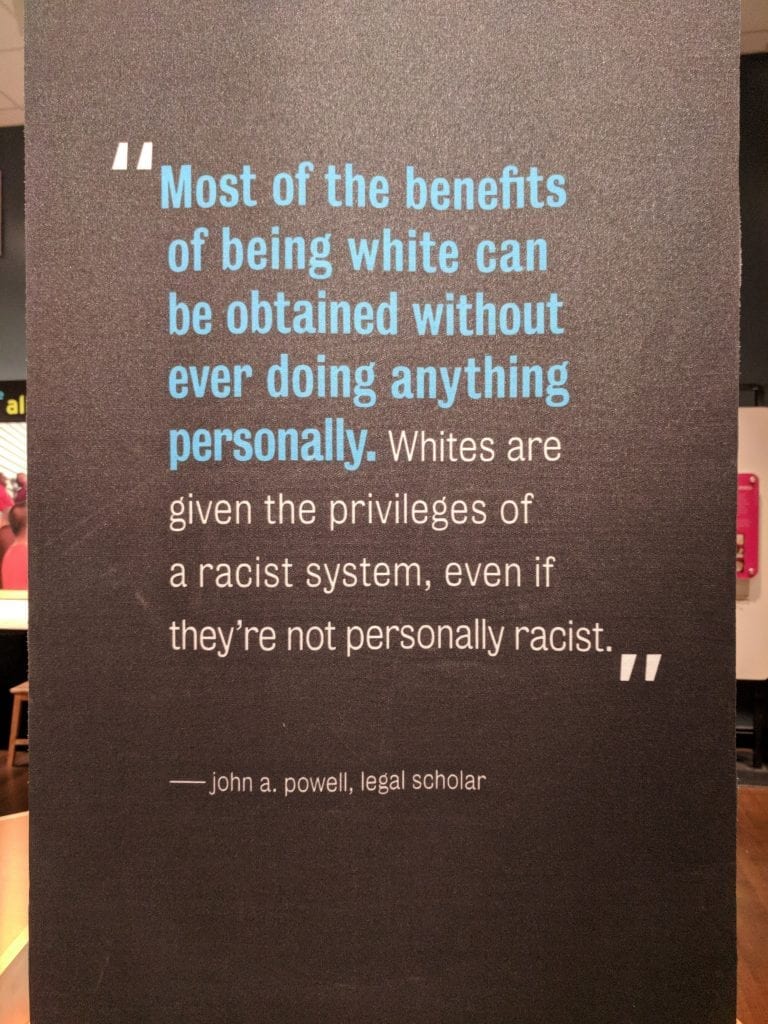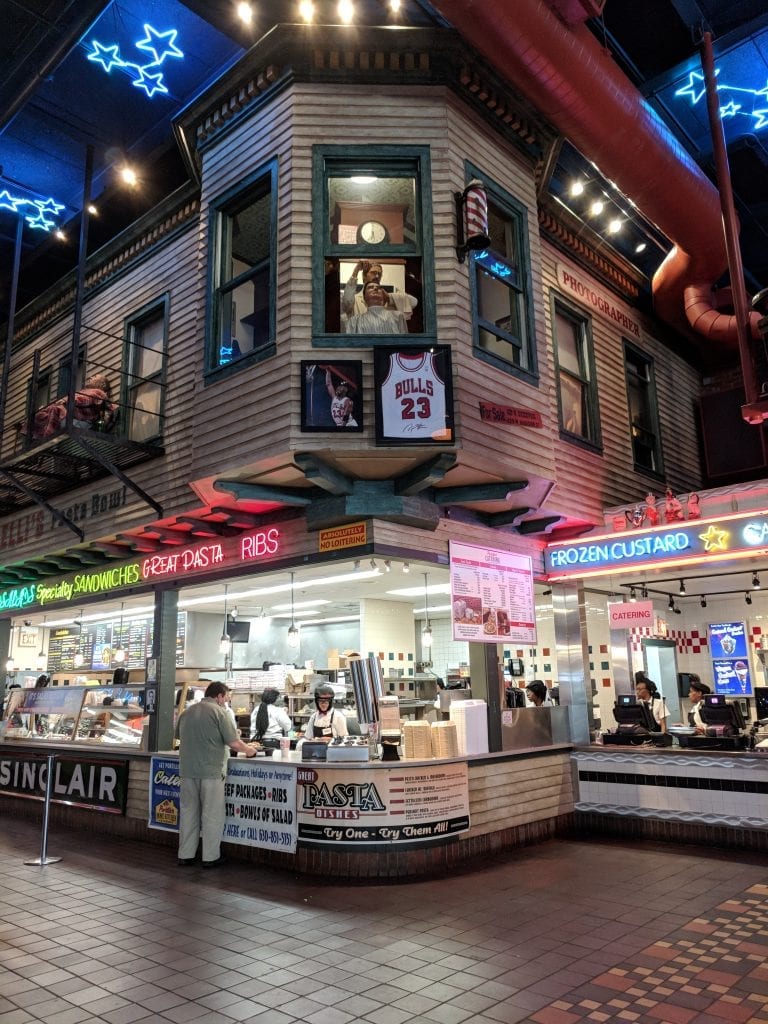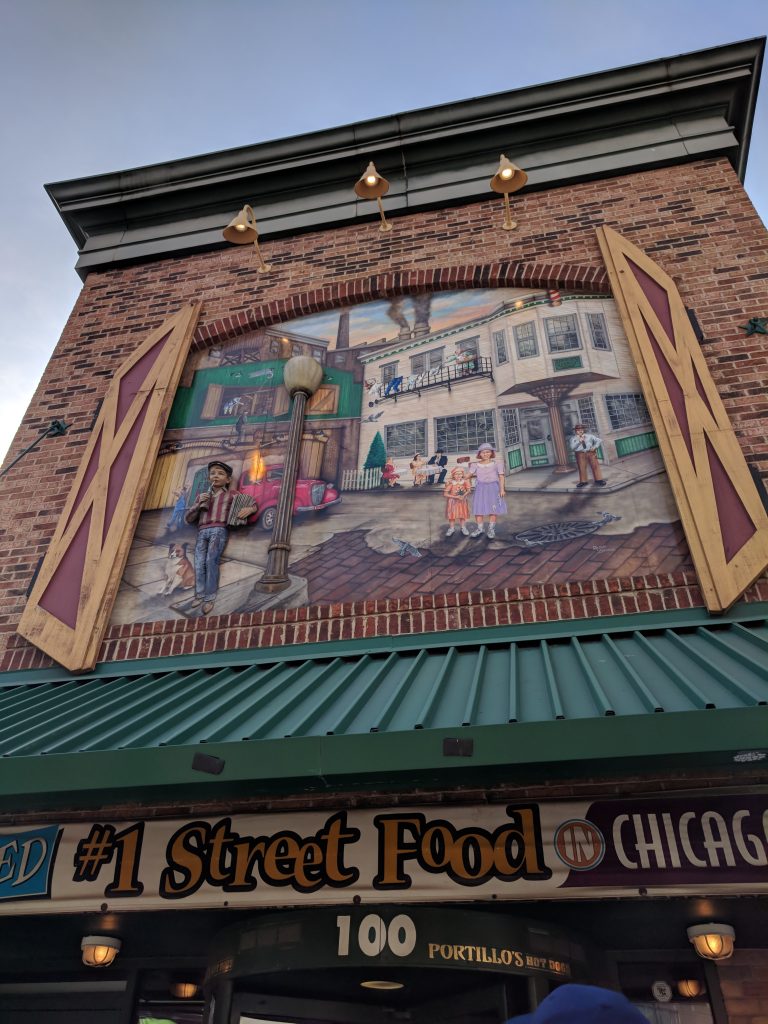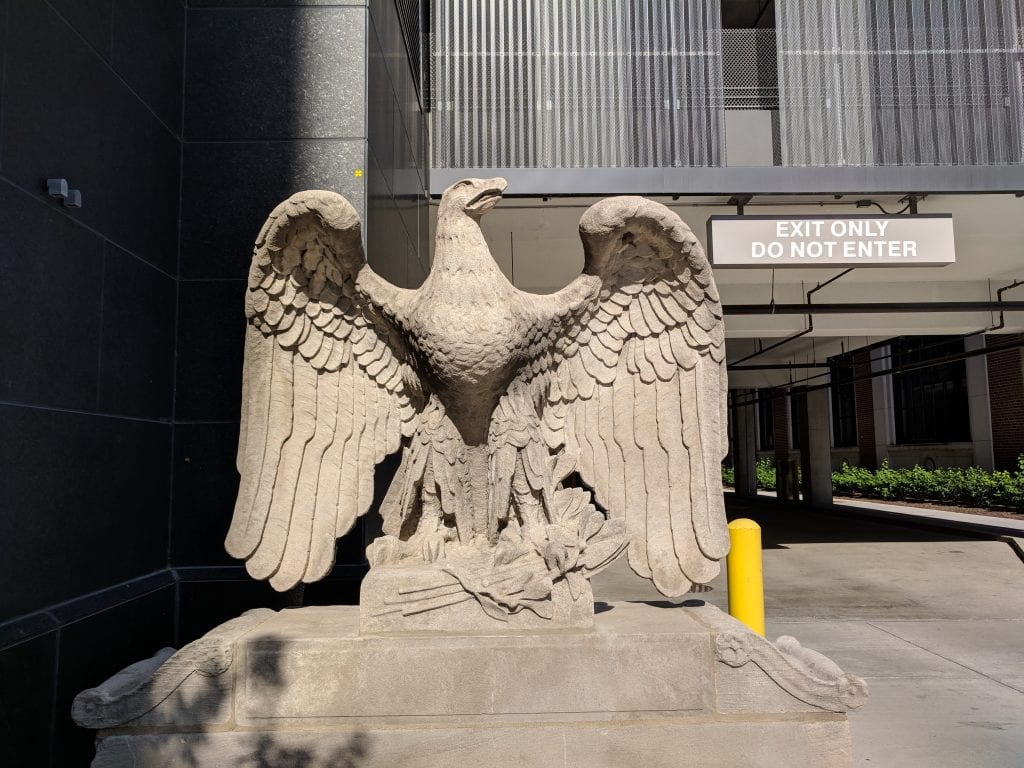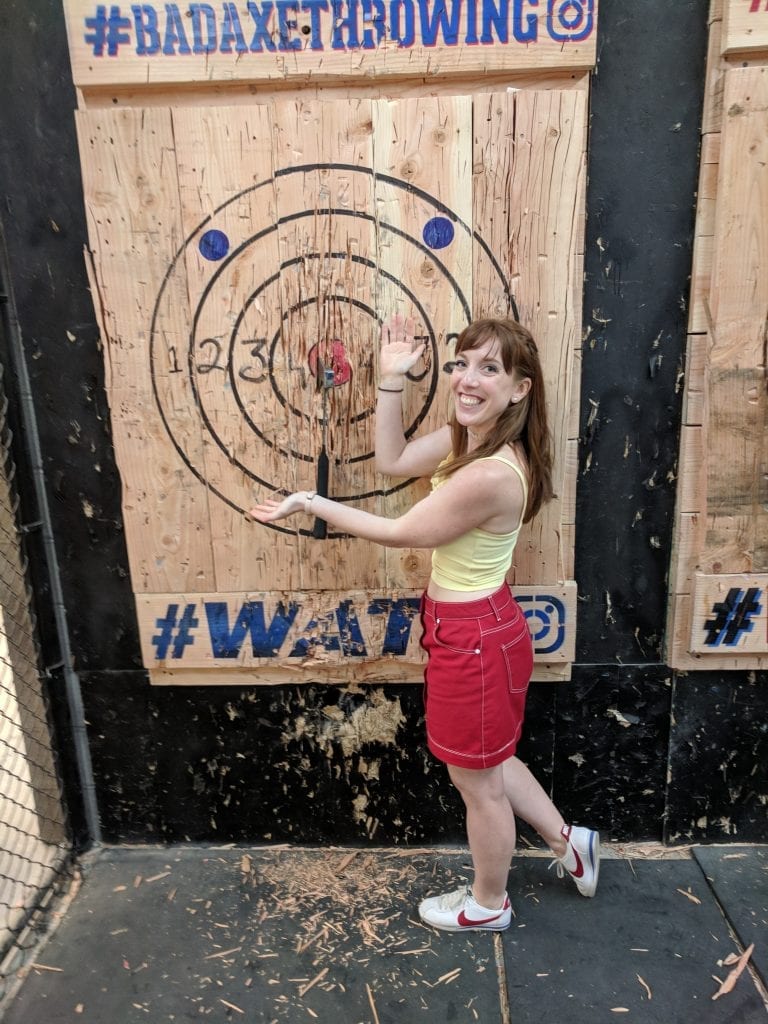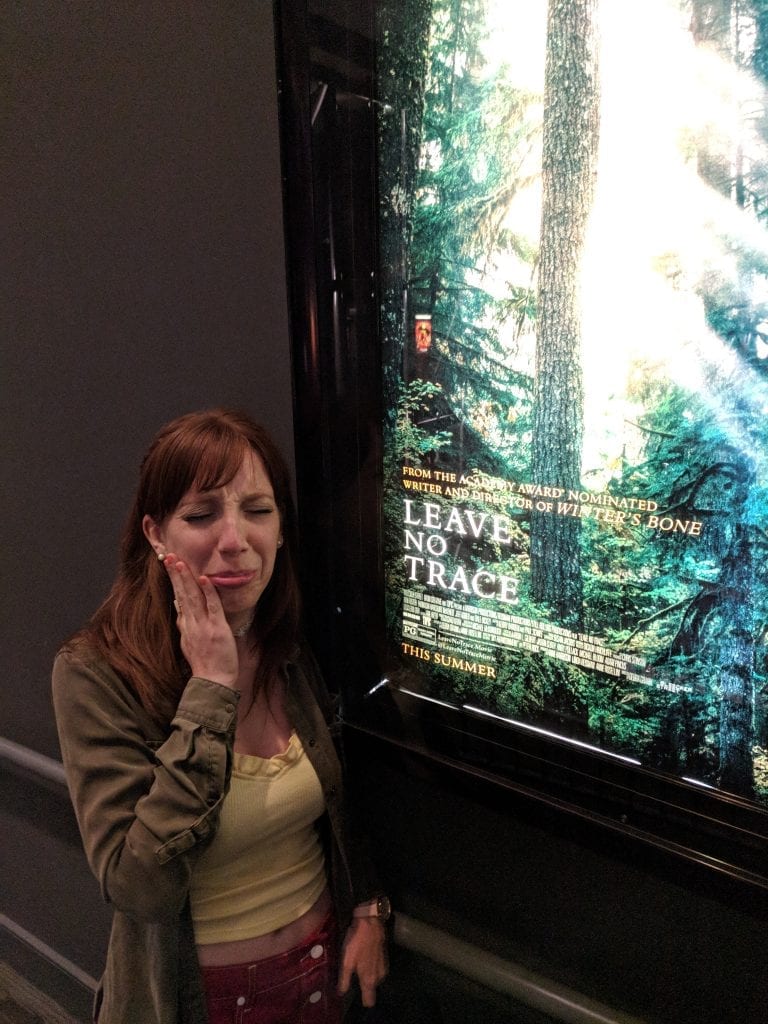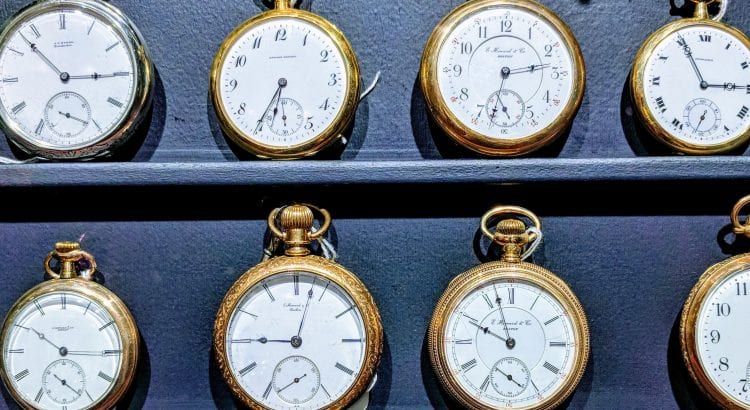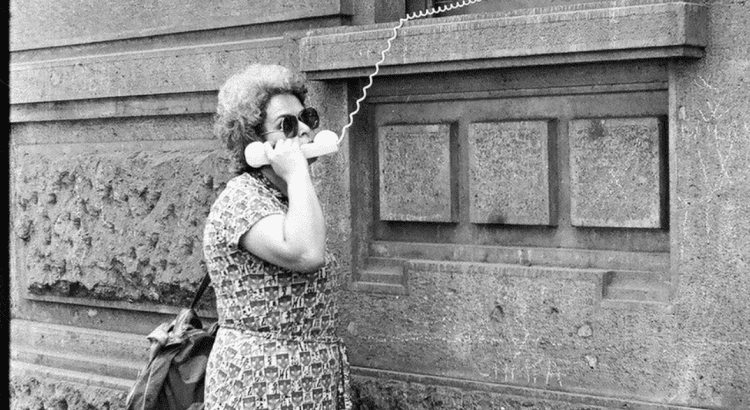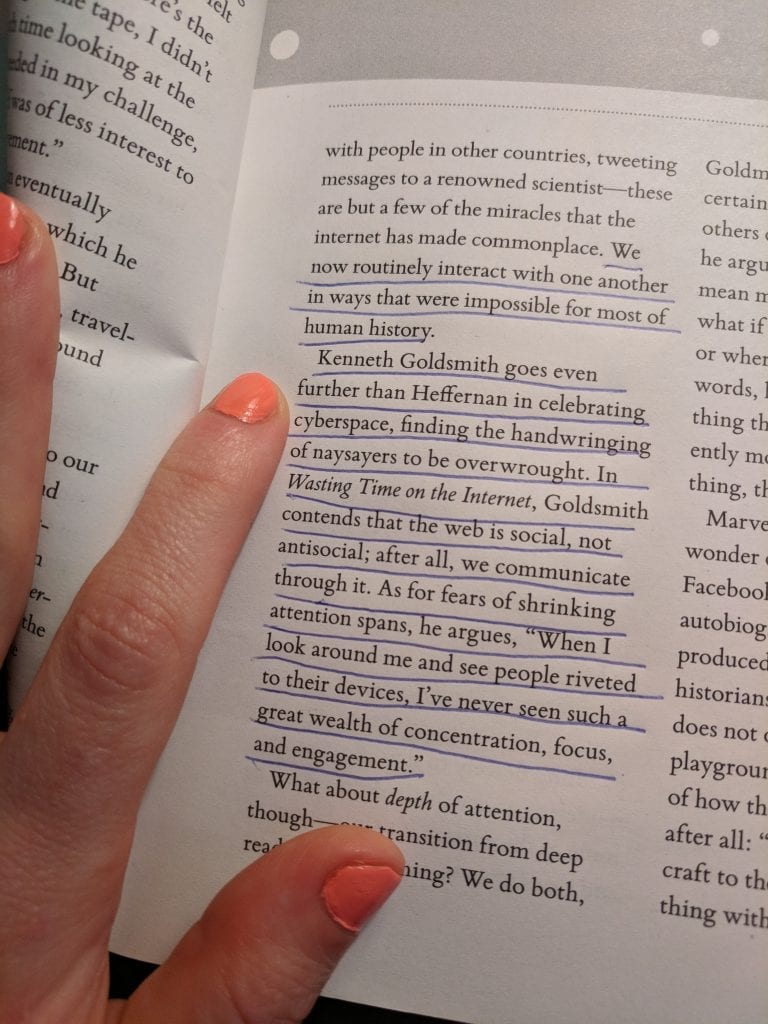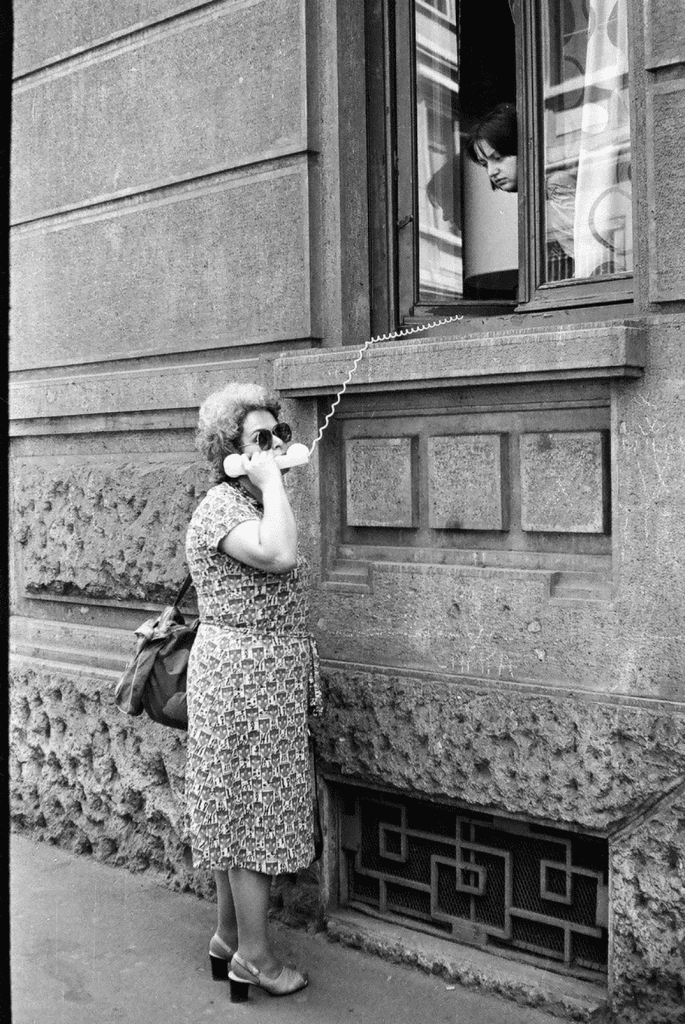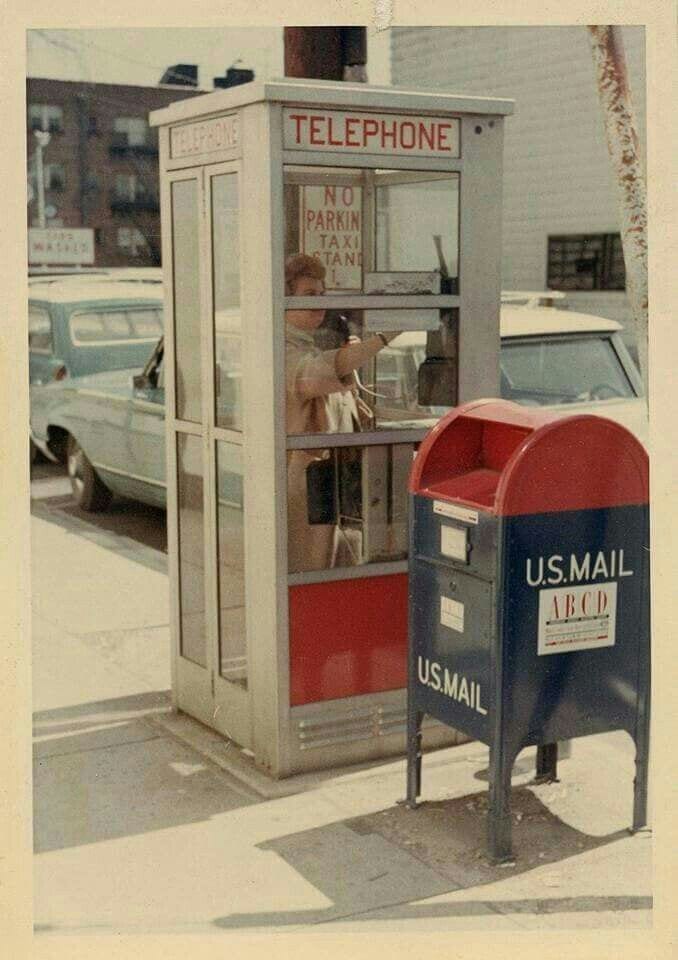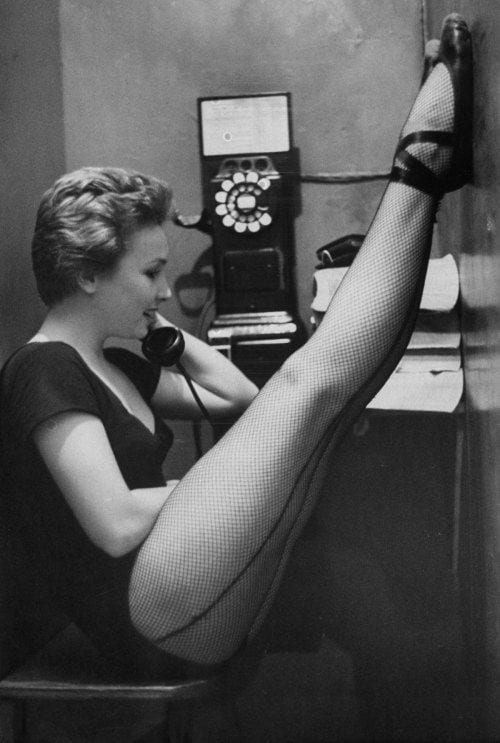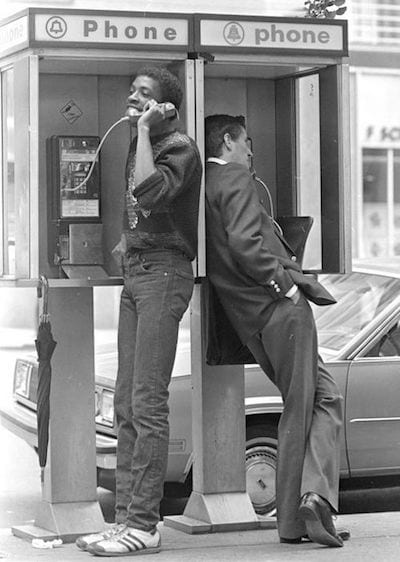I have bookmarked this speech ECS gave at the Committee of the Judiciary of the US Congress on January 18, 1892. I find it most useful during, of all things, my super-blue days. Her wisdom and identification about the realities of the solitude of self, and her unintentional reminder that I am capable and free to help myself (a privilege people like ECS fought hard for) help pull me out of the black holes that are my bad days. I recently re-read the speech and thought I’d share some of my favorite parts. Read the full text here, you sweet-beautiful-captain-of-your-own-ship.
First of all, let’s imagine a world where women are ppl, mmk?
“In discussing the rights of woman, we are to consider, first, what belongs to her as an individual, in a world of her own, the arbiter of her own destiny, an imaginary Robinson Crusoe with her woman Friday on a solitary island. Her rights under such circumstances are to use all her faculties for her own safety and happiness.”
Because she is (surprise, wig boy!) a real person, woman is responsible for making herself complete and happy
“…as a woman, an equal factor in civilization, her rights and duties are still the same—individual happiness and development.”
To survive the implicit solitude of self, every person needs the right to choose
“The isolation of every human soul and the necessity of self-dependence must give each individual the right to choose his own surroundings.”
Education helps save us from fear
“The strongest reason for giving woman all the opportunities for higher education, for the full development of her faculties, forces of mind and body; for giving her the most enlarged freedom of thought and action; a complete emancipation from all forms of bondage, of custom, dependence, superstition; from all the crippling influences of fear, is the solitude and personal responsibility of her own individual life.”
Men can’t protect women from certain things, things like the solitude of self
“No matter how much women prefer to lean, to be protected and supported, nor how much men desire to have them do so, they must make the voyage of life alone, and for safety in an emergency they must know something of the laws of navigation.”
You are a beautiful precious snowflake… so you are responsible for making sure you do not melt
“Nature never repeats herself, and the possibilities of one human soul will never be found in another.”
Our internal lives can never be fully revealed
“In youth our most bitter disappointment, our brightest hopes and ambitions are known only to ourselves; even our friendship and love we never fully share with another; there is something of every passion in every situation we conceal. Even so in our triumphs and our defeats.”
Self-actualization is an inalienable human right
“To throw obstacles in the way of a complete education is like putting out the eyes; to deny the rights of property, like cutting off the hands.”
Being a wife or mother is hard as fuck too
“The young wife and mother, at the head of some establishment with a kind husband to shield her from the adverse winds of life, with wealth, fortune and position, has a certain harbor of safety, secure against the ordinary ills of life. But to manage a household, have a desirable influence in society, keep her friends and the affections of her husband, train her children and servants well, she must have rare common sense, wisdom, diplomacy, and a knowledge of human nature. To do all this she needs the cardinal virtues and the strong points of character that the most successful statesman possesses.”
Taking responsibility for your life is empowering
“Nothing strengthens the judgment and quickens the conscience like individual responsibility. Nothing adds such dignity to character as the recognition of one’s self-sovereignty; the right to an equal place, everywhere conceded; a place earned by personal merit, not an artificial attainment, by inheritance, wealth, family, and position.”
Even if protected, a person faces “fierce storms of life”
“The talk of sheltering woman from the fierce storms of life is the sheerest mockery, for they beat on her from every point of the compass, just as they do on man, and with more fatal results, for he has been trained to protect himself, to resist, to conquer.”
Identity politics don’t matter in the realm of self
“Rich and poor, intelligent and ignorant, wise and foolish, virtuous and vicious, man and woman, it is ever the same, each soul must depend wholly on itself.”
Making yourself a stronger, smarter person is necessary for survival and self-respect
“But when all artificial trammels are removed, and women are
recognized as individuals, responsible for their own environments, thoroughly educated for all positions in life they may be called to fill; with all the resources in themselves that liberal thought and broad culture can give; guided by their own conscience and judgment; trained to self-protection by a healthy development of the muscular system and skill in the use of weapons of defense, and stimulated to self-support by a knowledge of the business world and the pleasure that pecuniary independence must ever give; when women are trained in this way they will, in a measure, be fitted for those hours of solitude that come alike to all, whether prepared or otherwise.”
Equal opportunity for all, mothafuckas!
“The chief reason for opening to every soul the doors to the whole round of human duties and pleasures is the individual development thus attained, the resources thus provided under all circumstances to mitigate the solitude that at times must come to everyone.”
“We see reason sufficient in the outer conditions of human beings for individual liberty and development, but when we consider the self-dependence of every human soul we see the need of courage, judgment, and the exercise of every faculty of mind and body, strengthened and developed by use, in woman as well as man.”
